1-3 Catherine Panchout / 2- Roberto Battistini

Candida Romero is a French-Puerto Rican artist born in Paris. She was raised in La Ruche, a Parisian artist community, where she continues to work
in Chagall’s original studio.
Candida’s body of work is a reflection of her interracial and peripatetic up-bringing, where she has established a singular balance between photography and painting, forced compositions and improvisations. She traces, paints and obscures in various ways, on enlarged photographs, overlaying with written text and thereby unraveling the narrative base of her process - the citational quality that hovers around her work - to provide an intense visual experience.
Her recent projects have focused on large scale paintings in series - as many as 75 artworks - notably Les Lettres and Hope and Anguish (ode to James Baldwin), expanding her production to include ceramics, tapestry, sculpture and performances.
Candida runs an art residency program in a former convent in Corsica she has spent the last two decades restoring. She maintains studios in Paris and Switzerland.
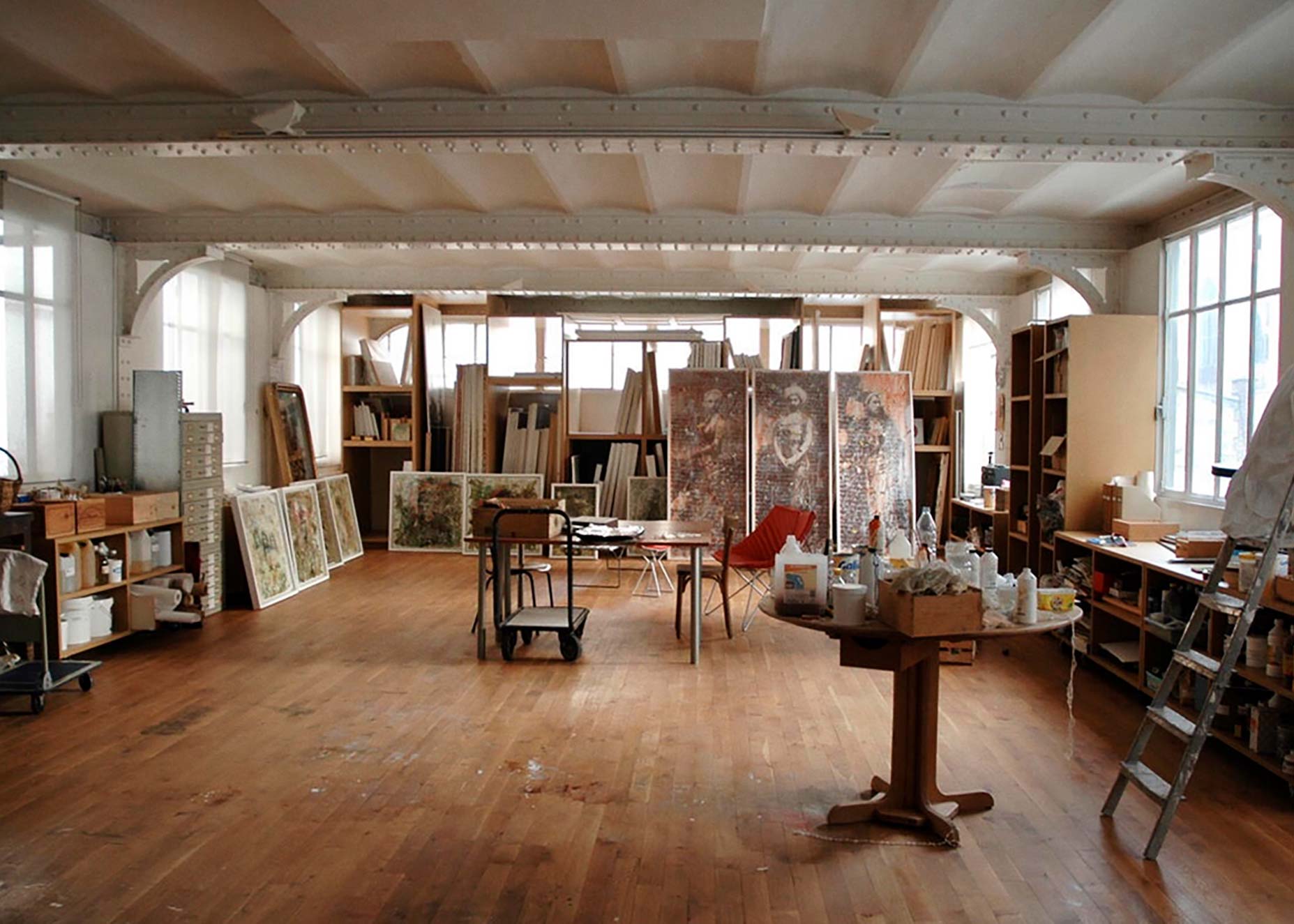
If you would like to reach our studio in Paris, write to: mail@candidaromero.net
For the press and social media, please contact us at: press@candidaromero.net
For sales inquiries, Switzerland, Europe & International: inquiries@candidaromero.net
Instagram: sanfrancescu.capresidency
Instagram: candidaromero.artwork
web by maxime pouillot
editor: Tim Culbert
© Candida Romero 2021
L'art ménager Français
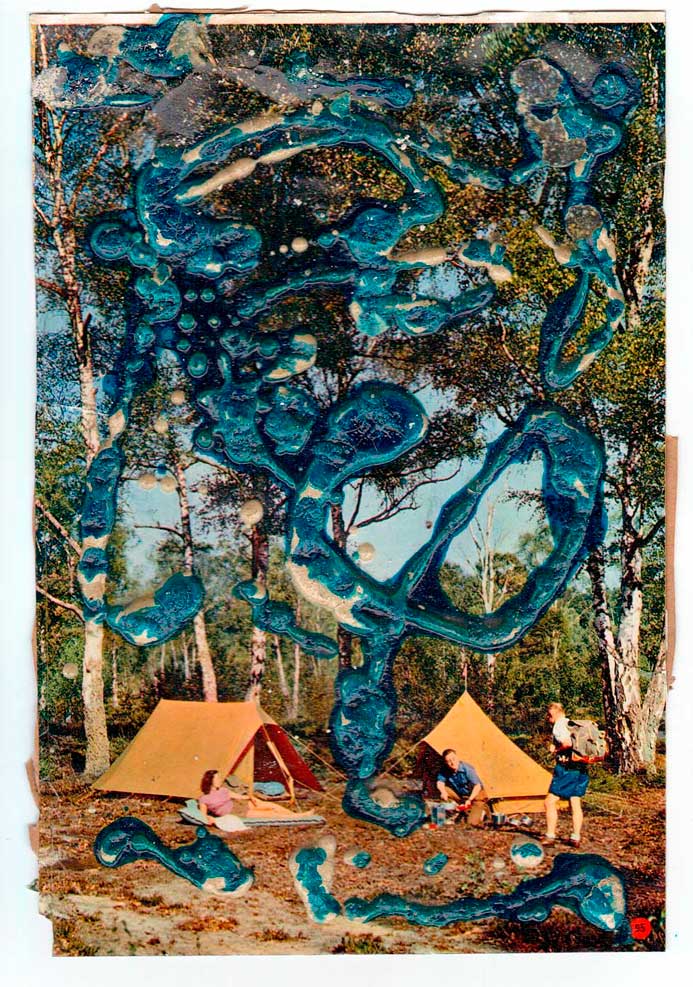

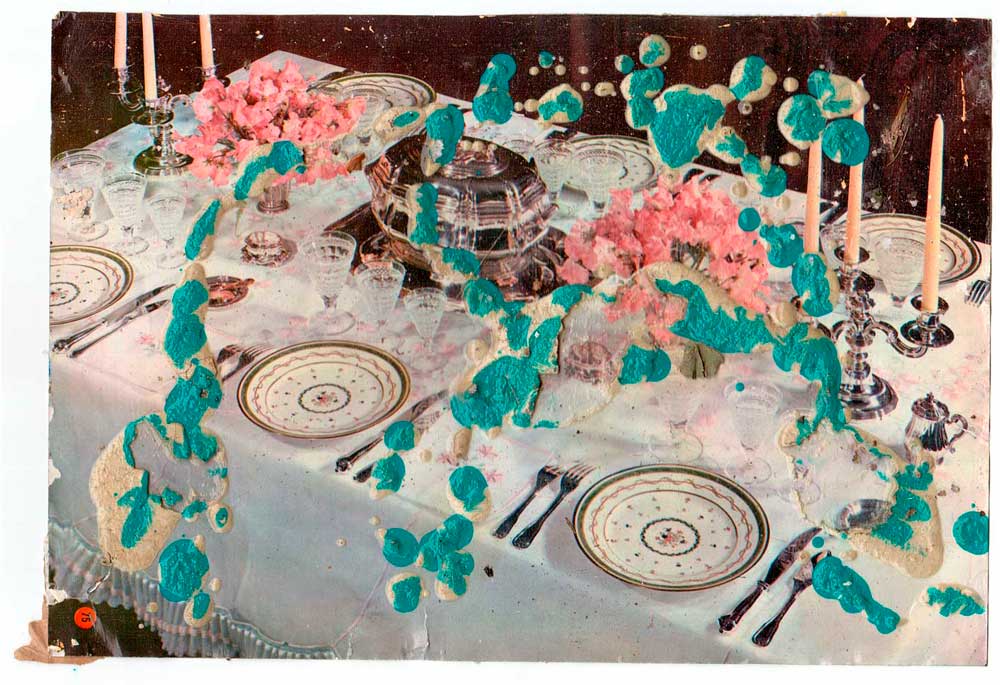
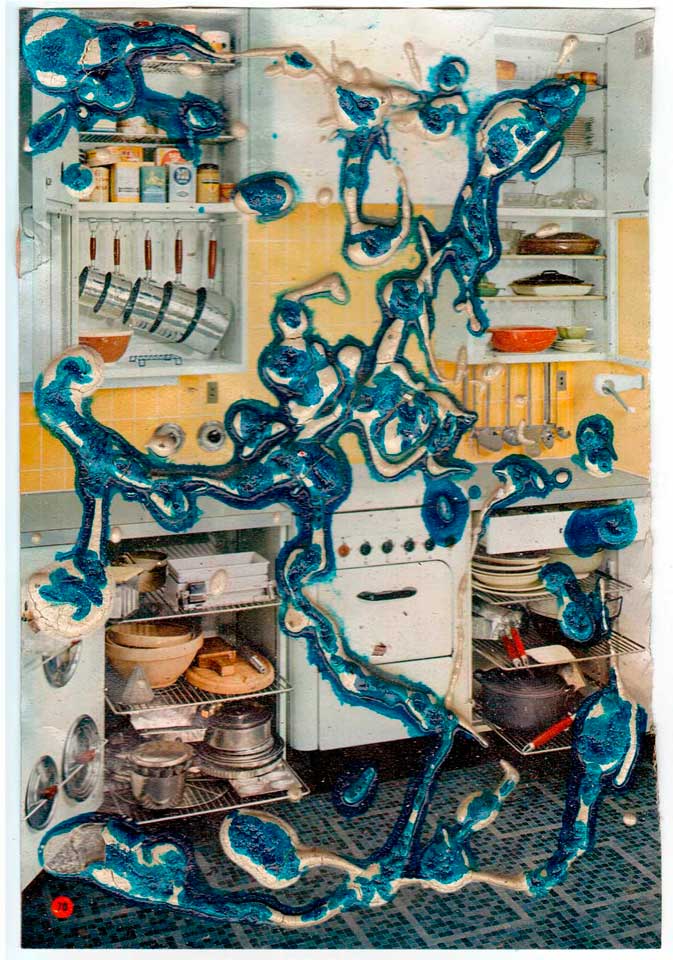
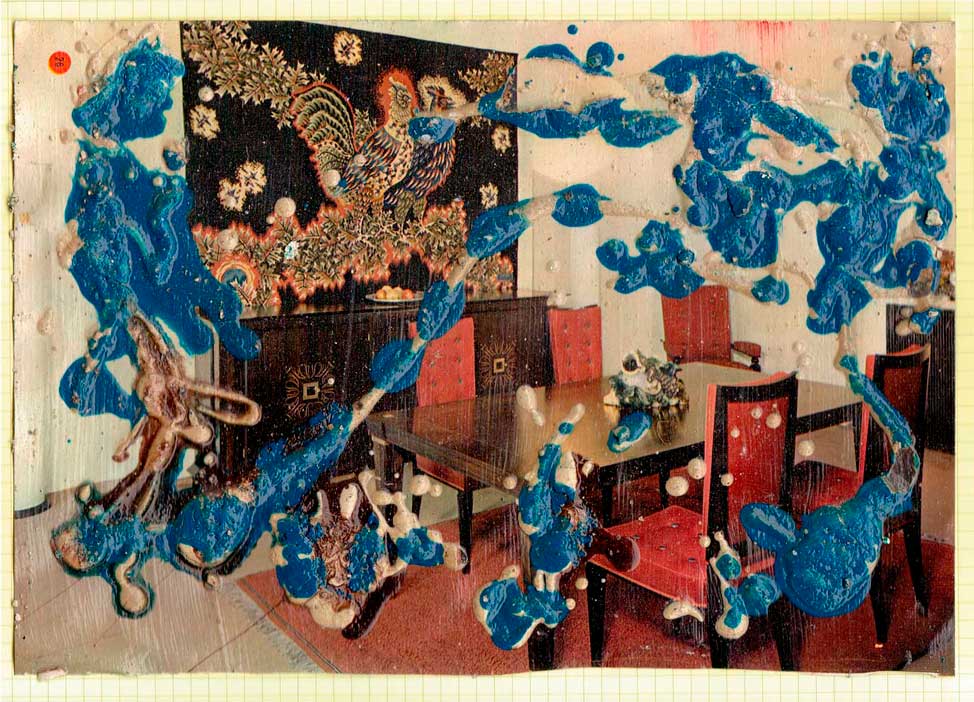
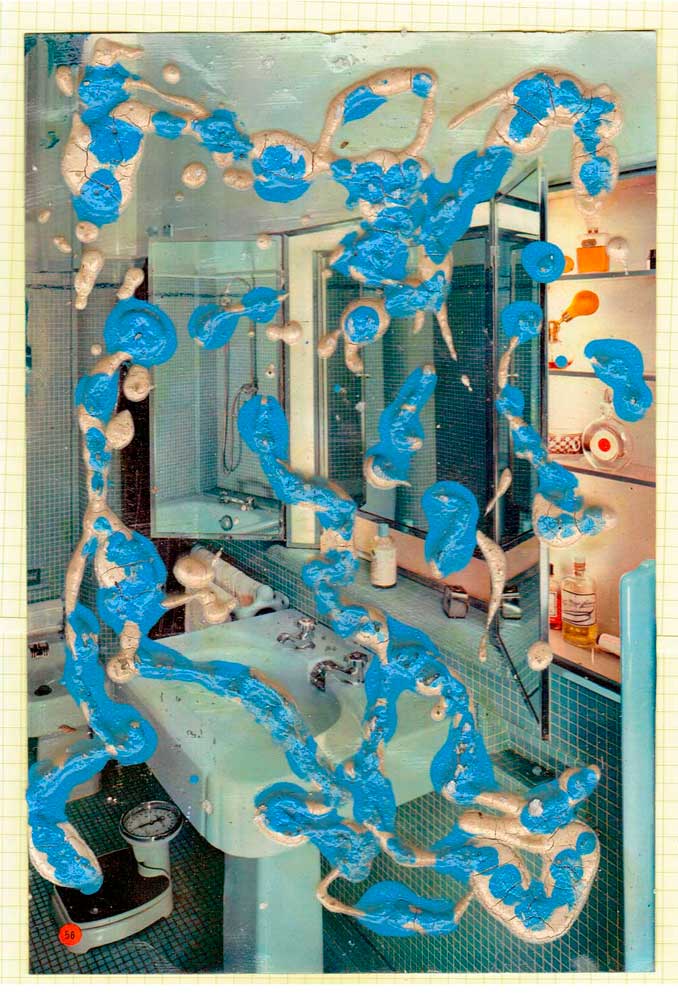
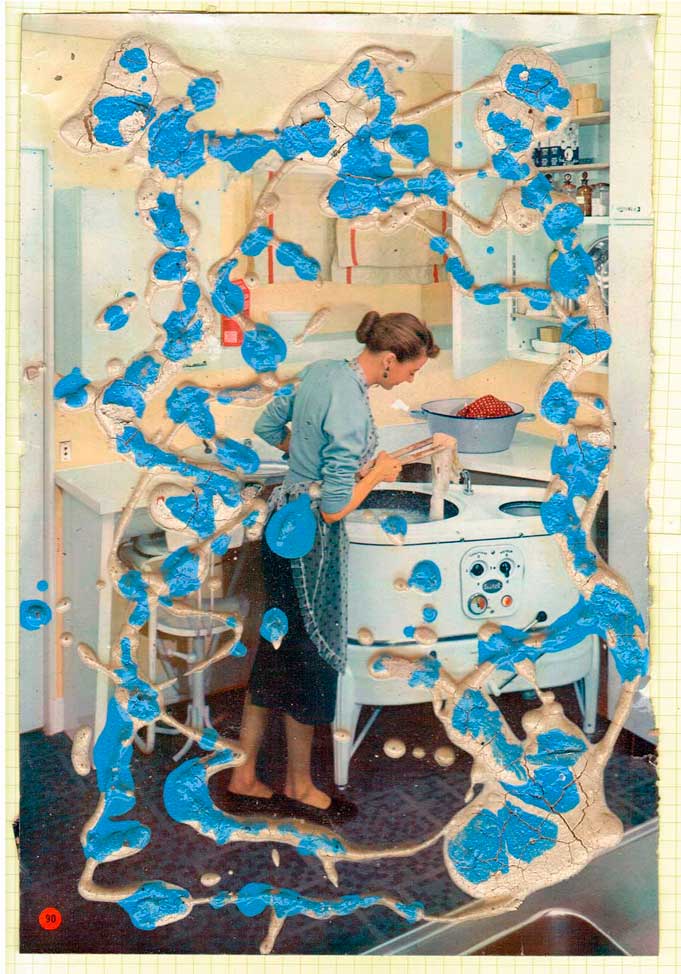
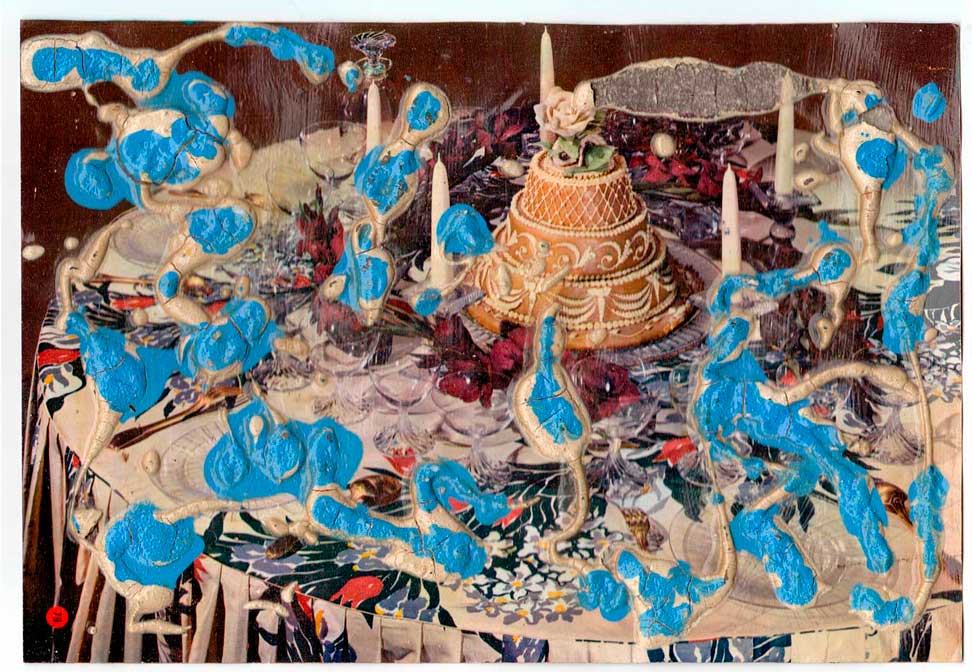
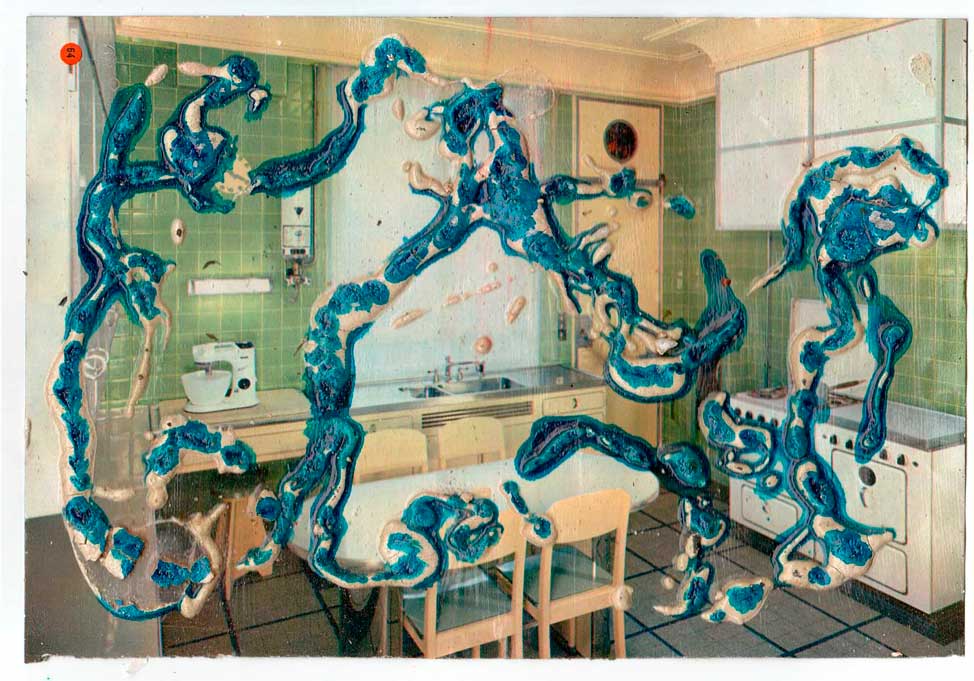
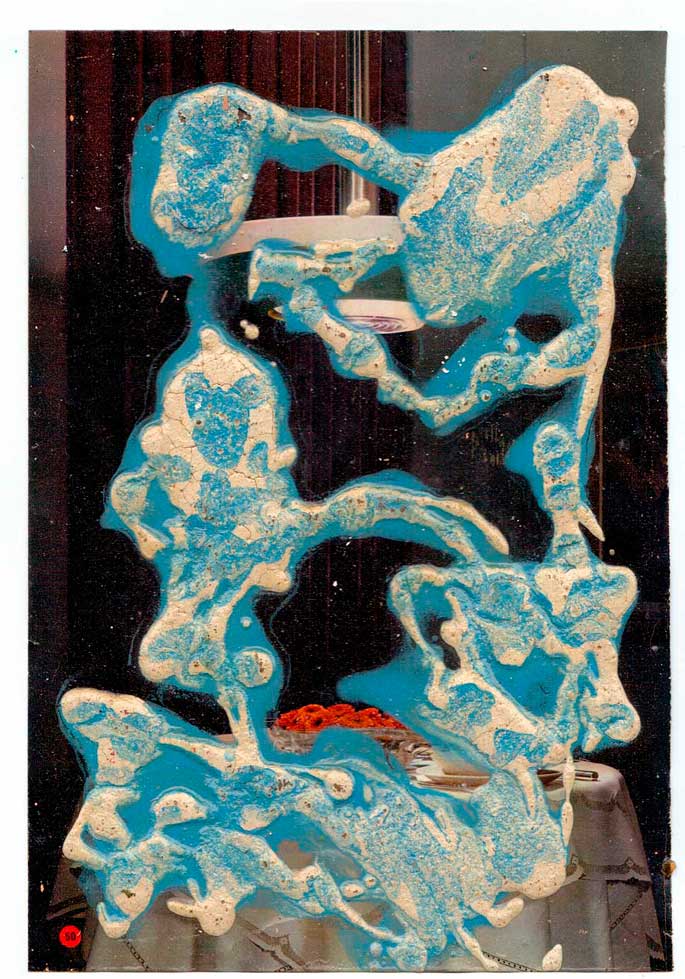
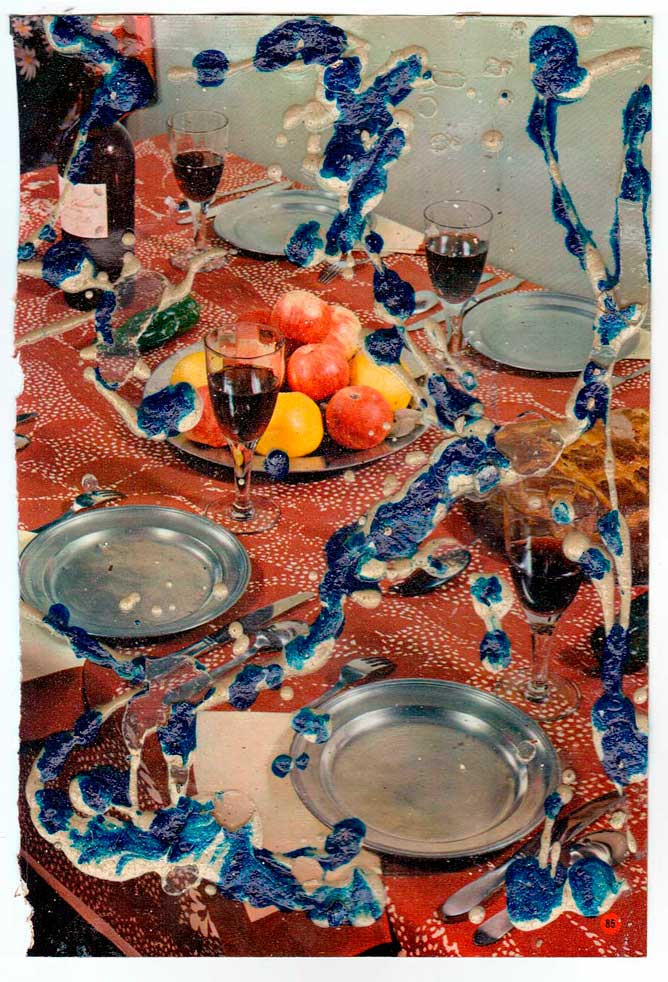
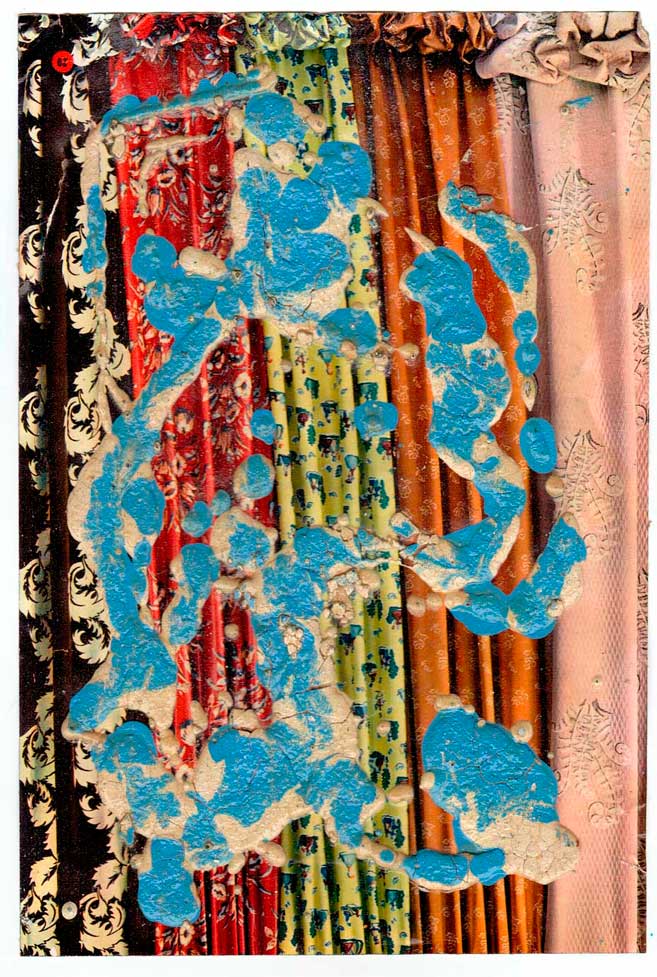
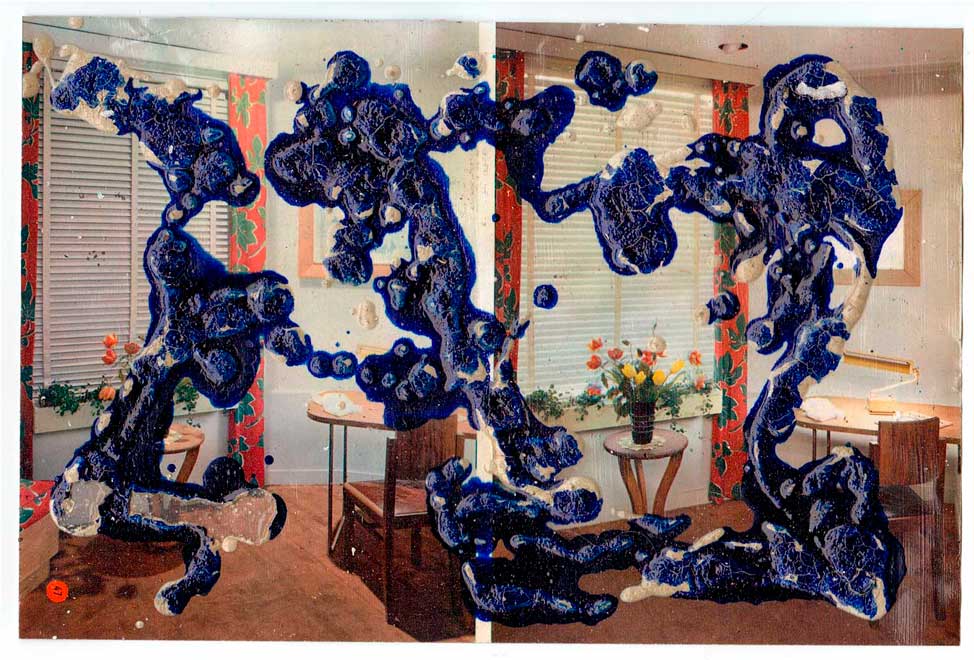
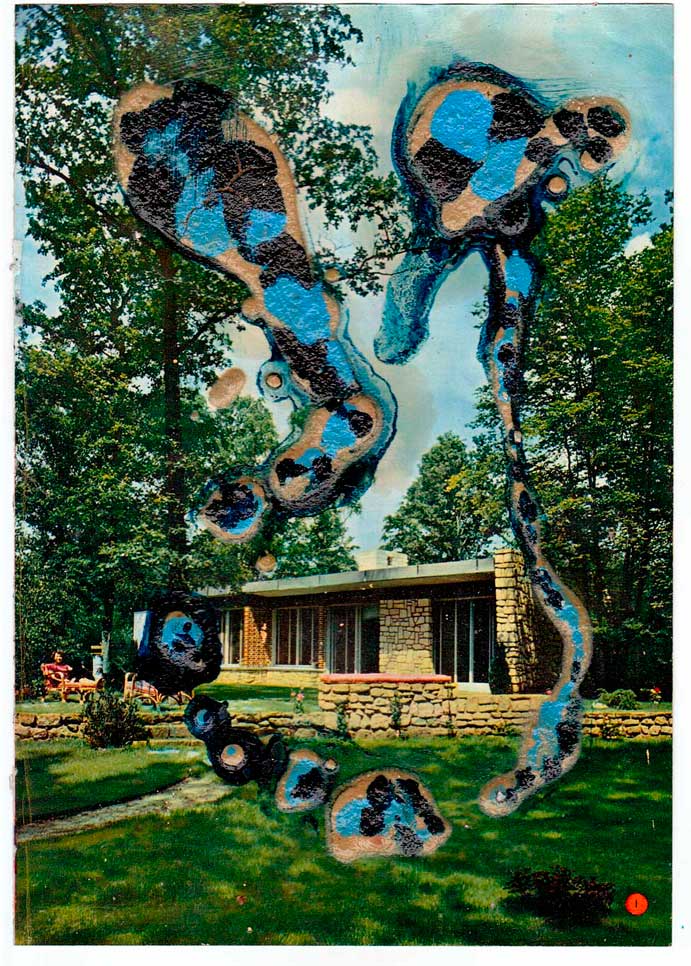
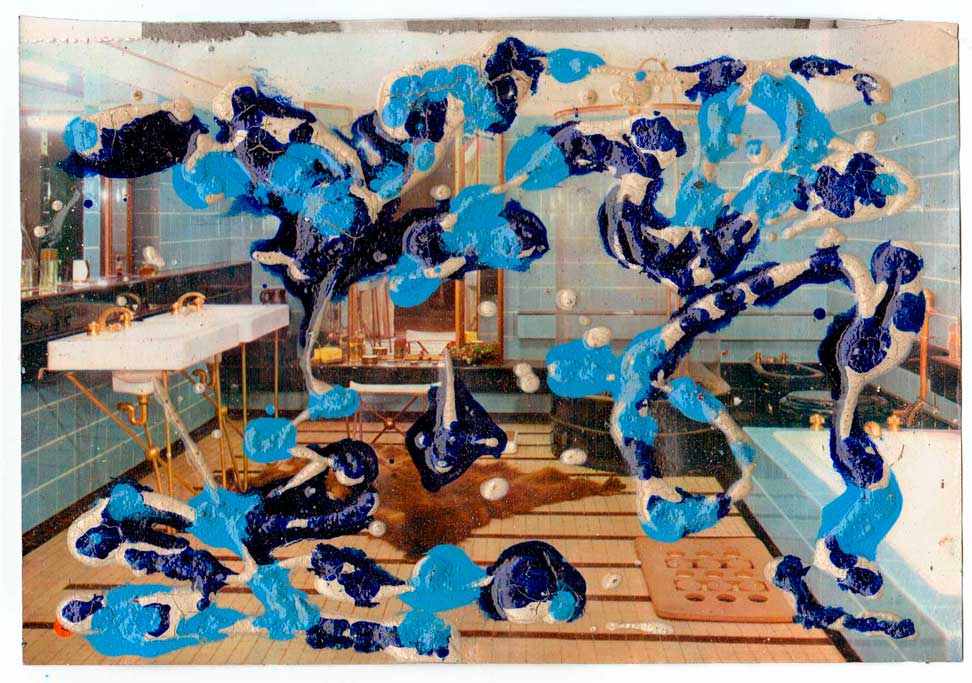
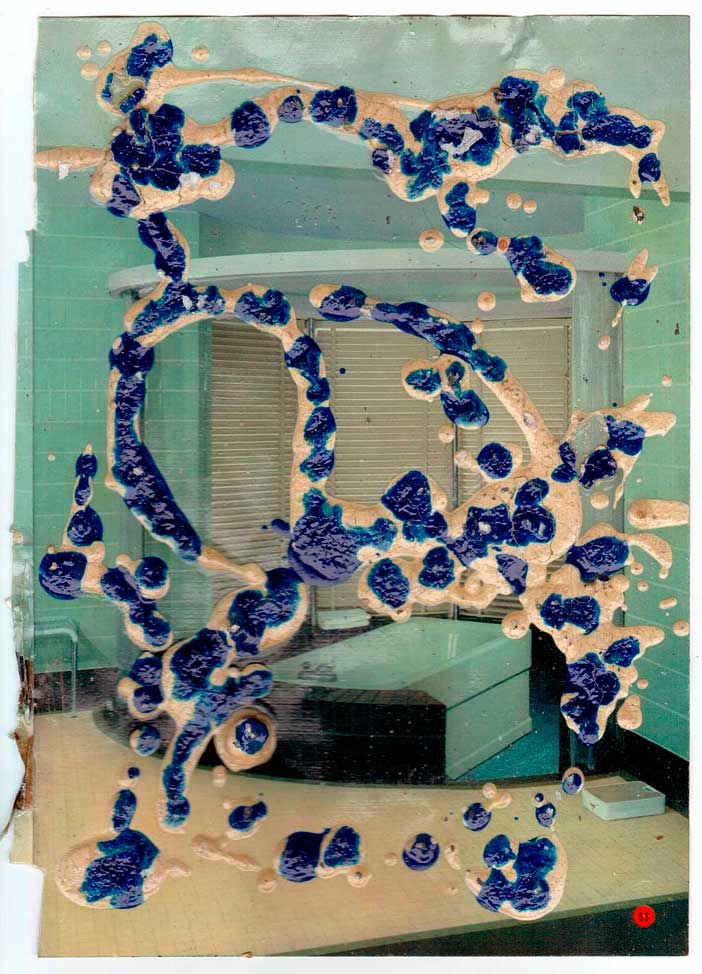
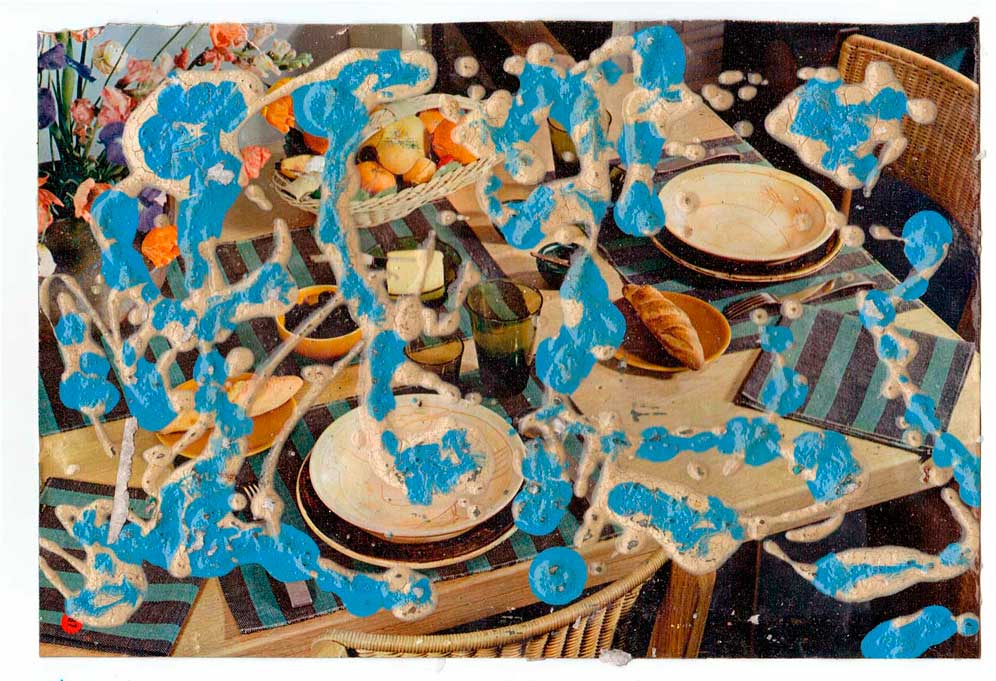
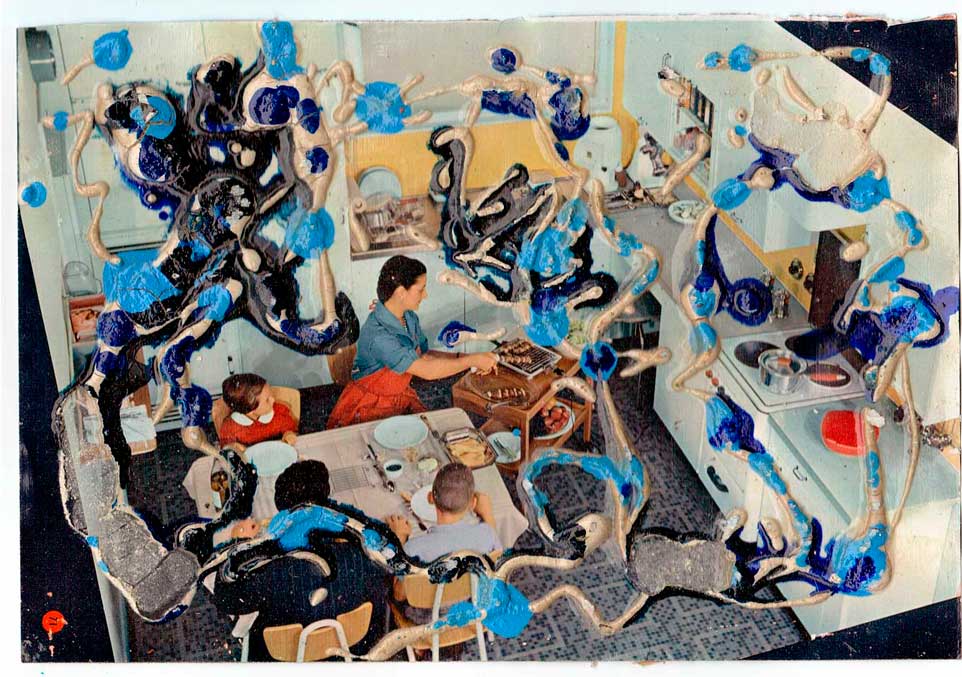
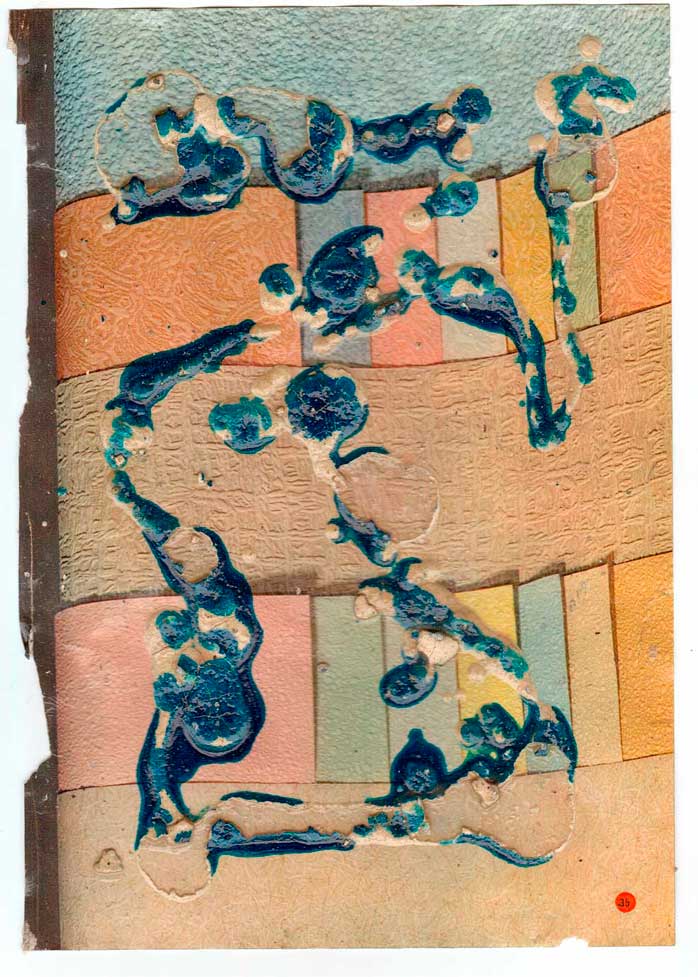
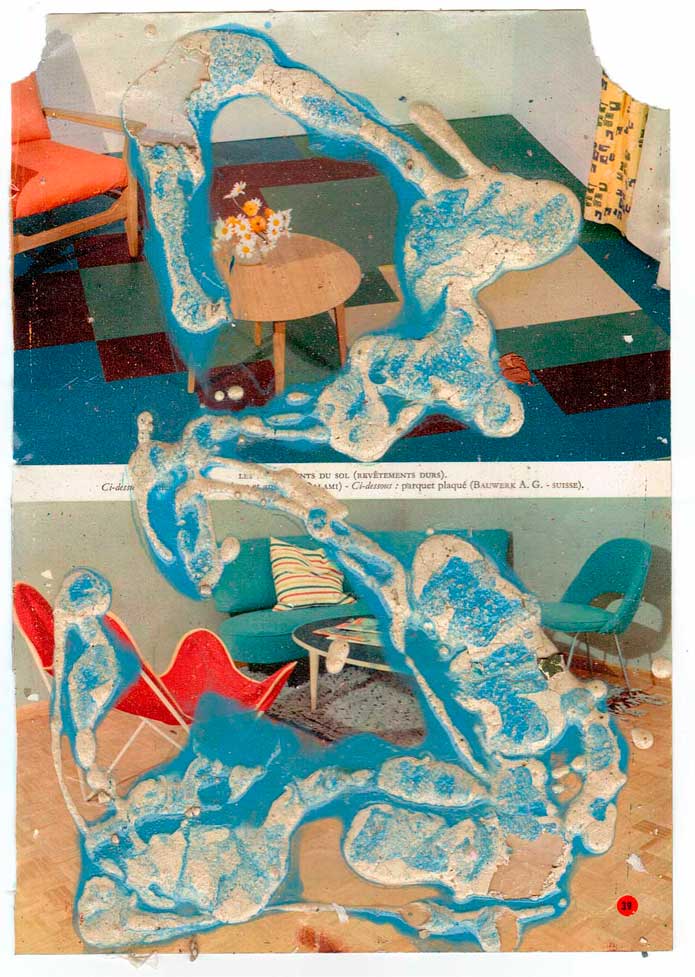
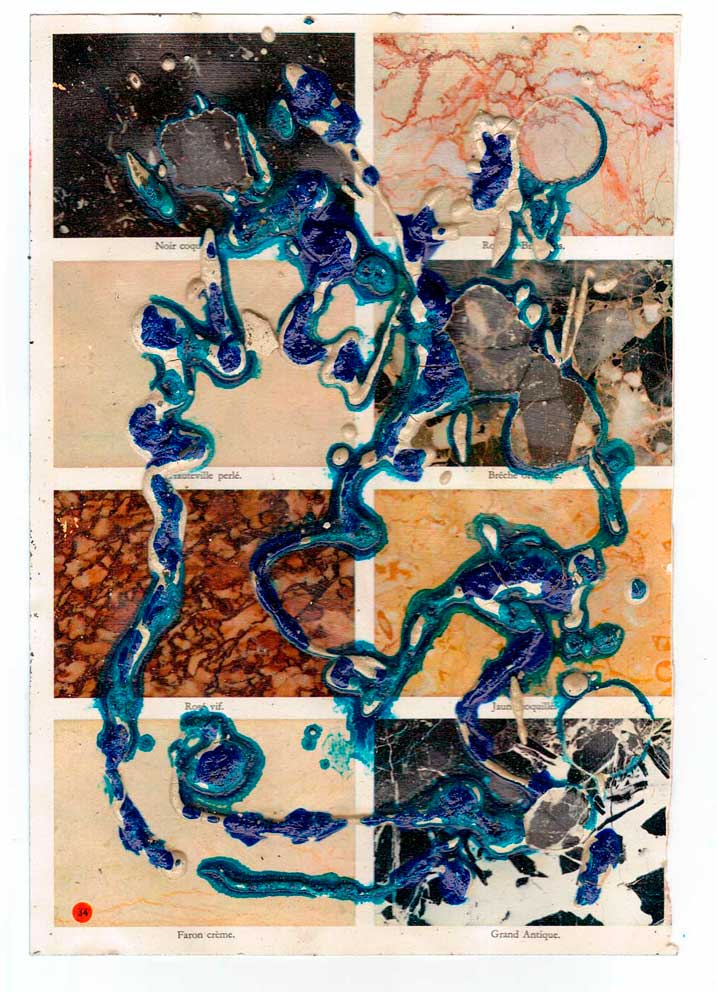
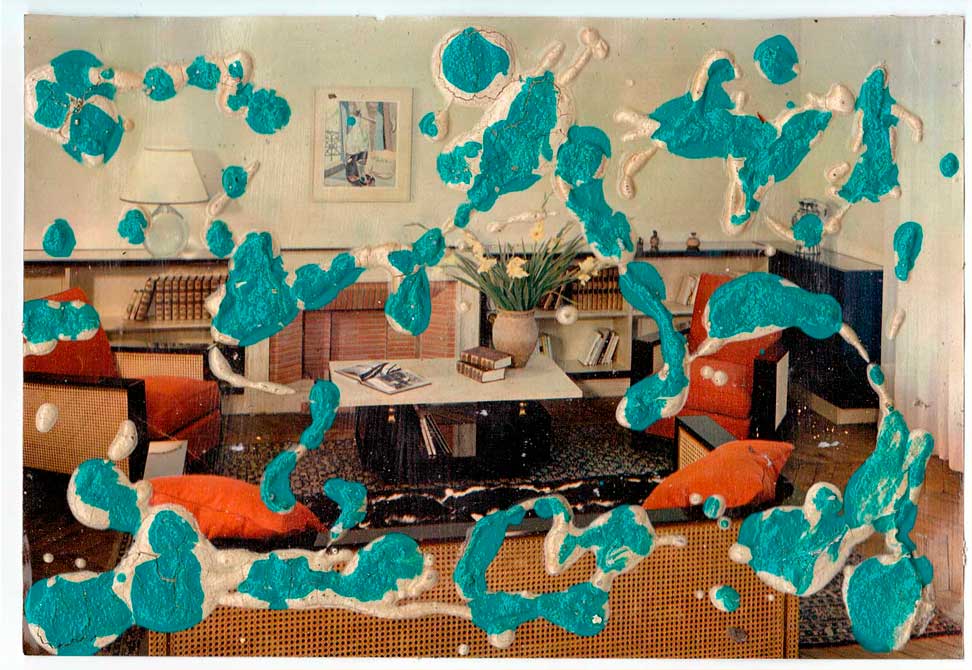
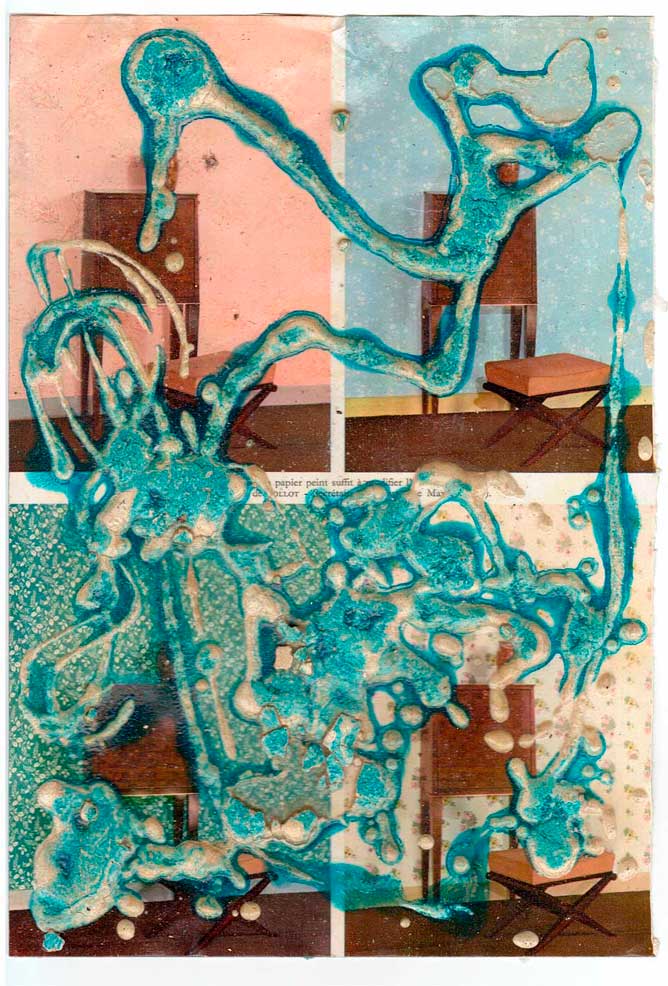
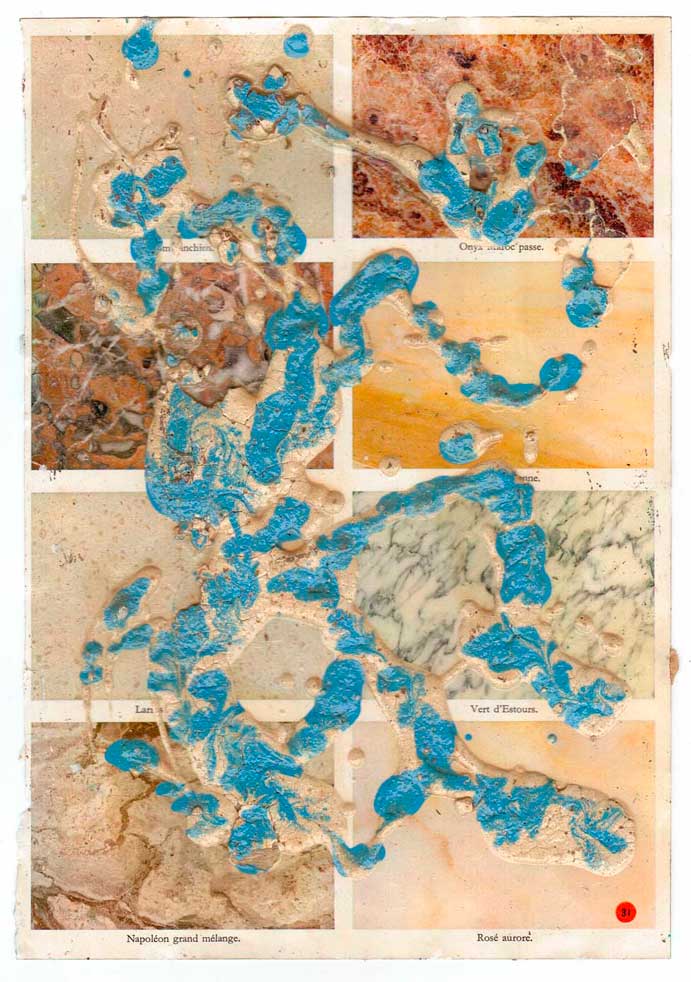
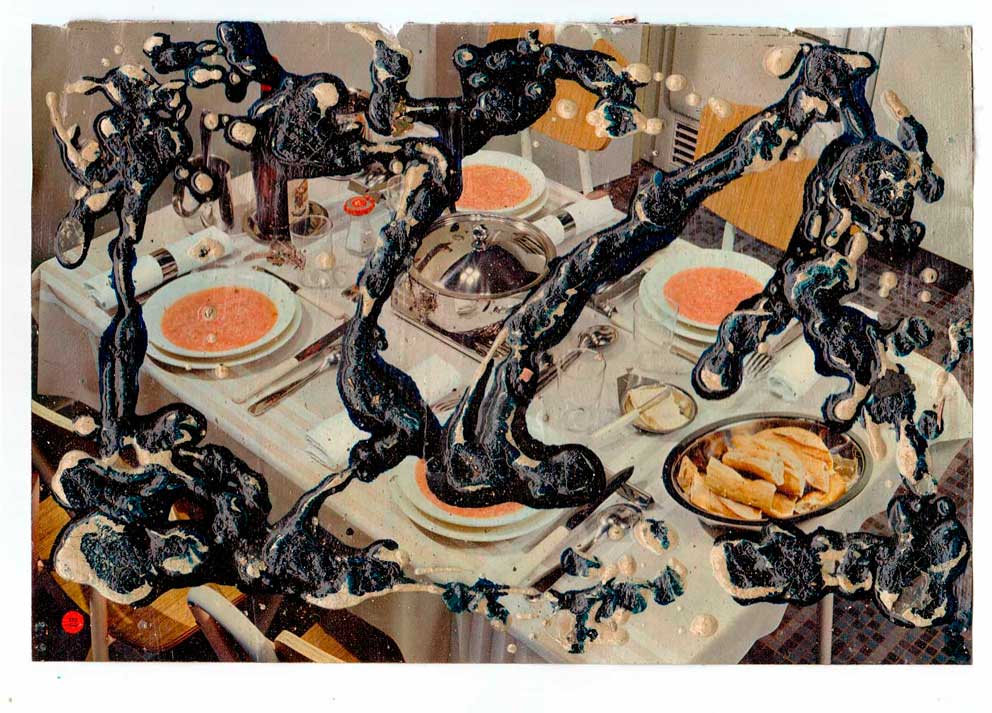
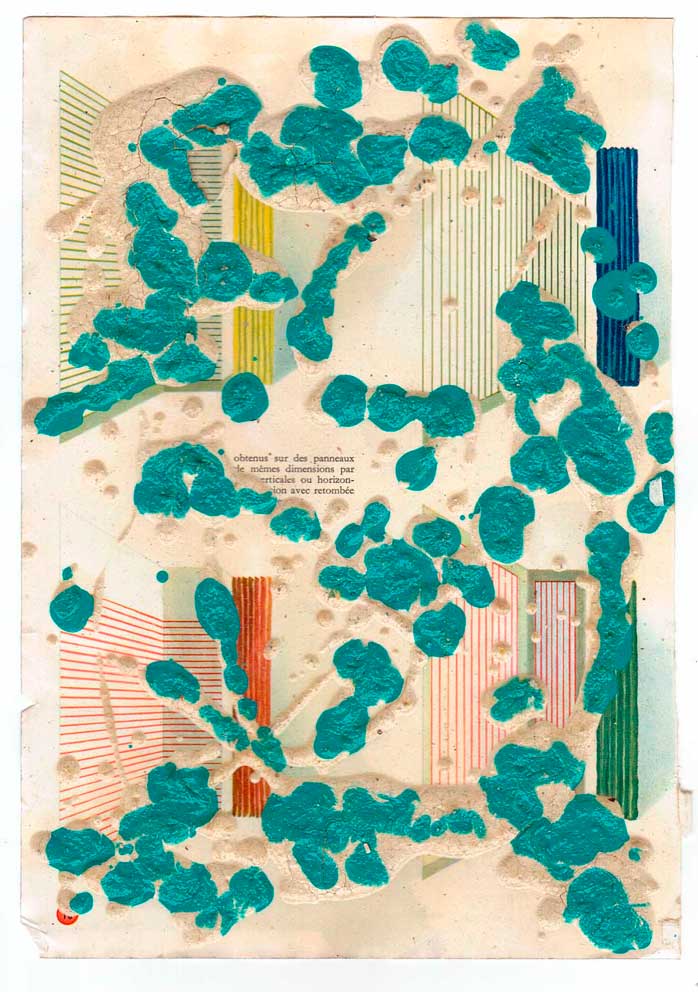
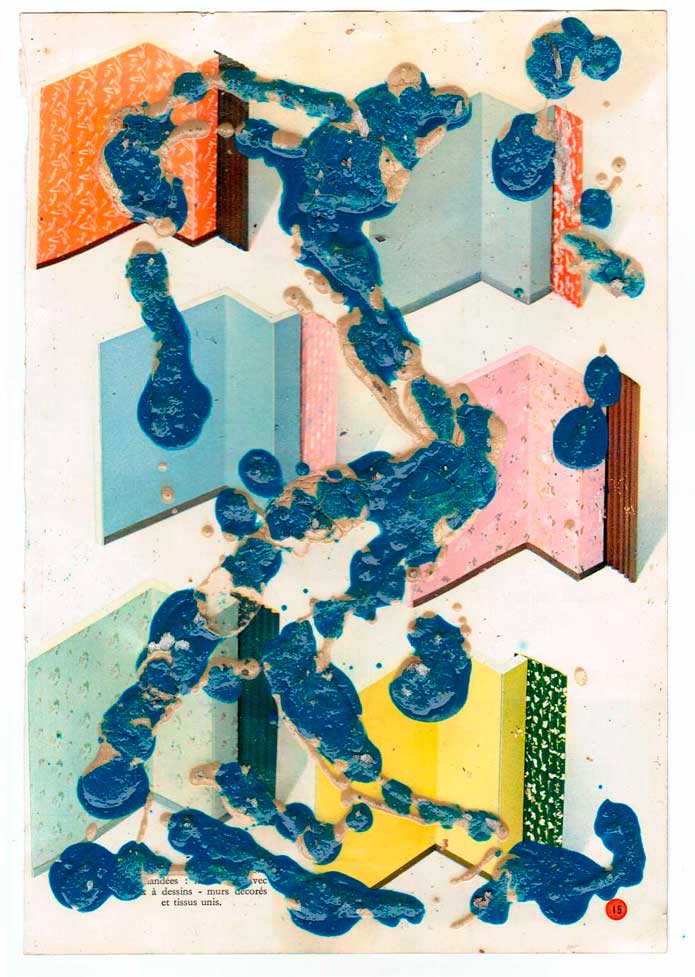
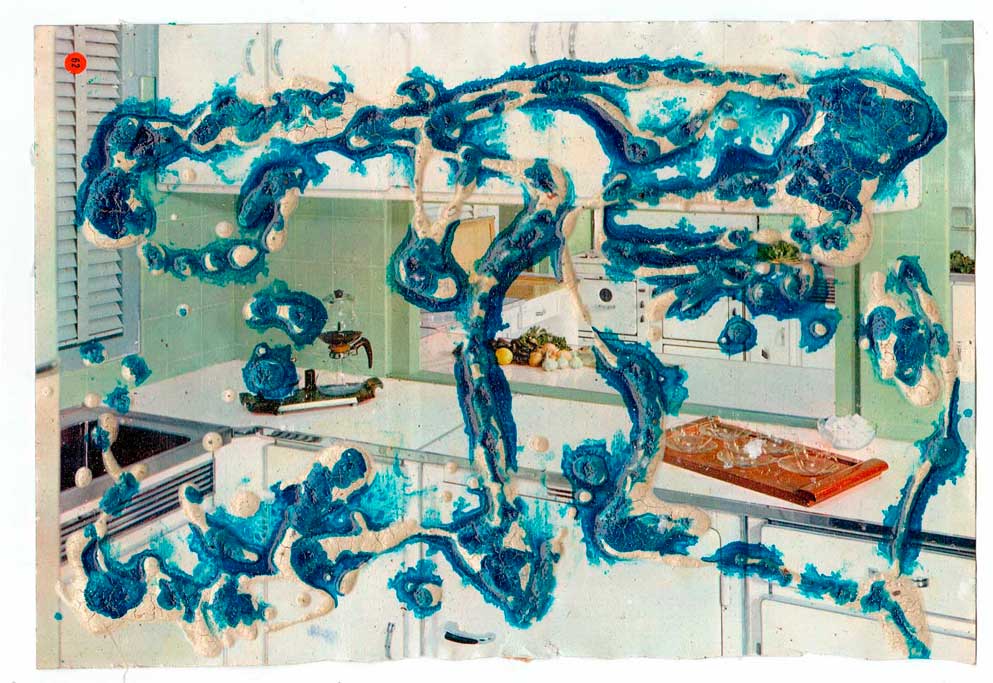
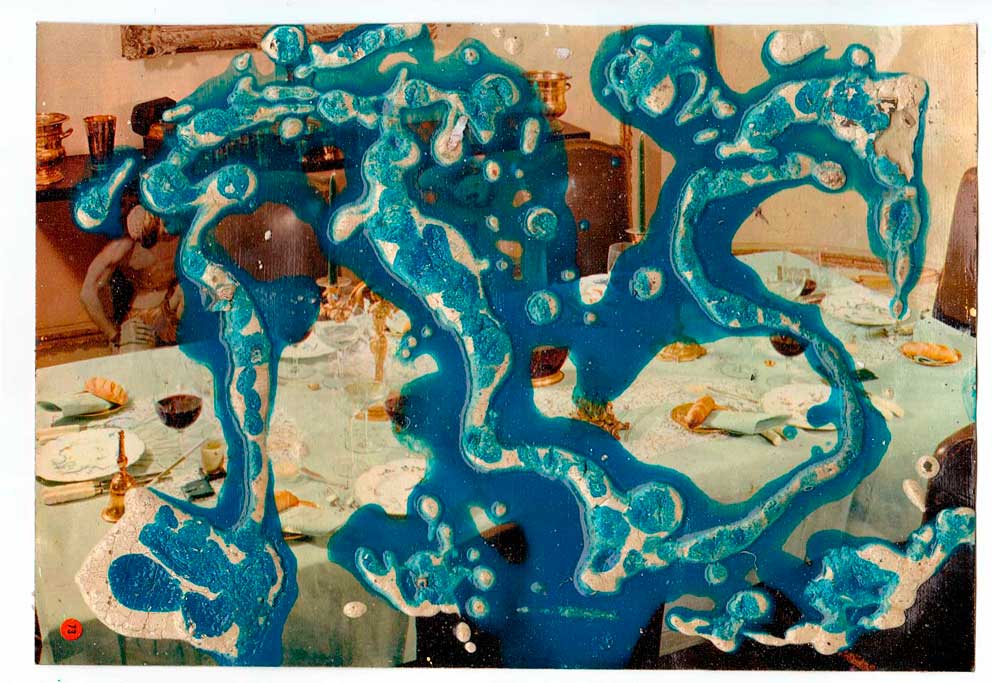
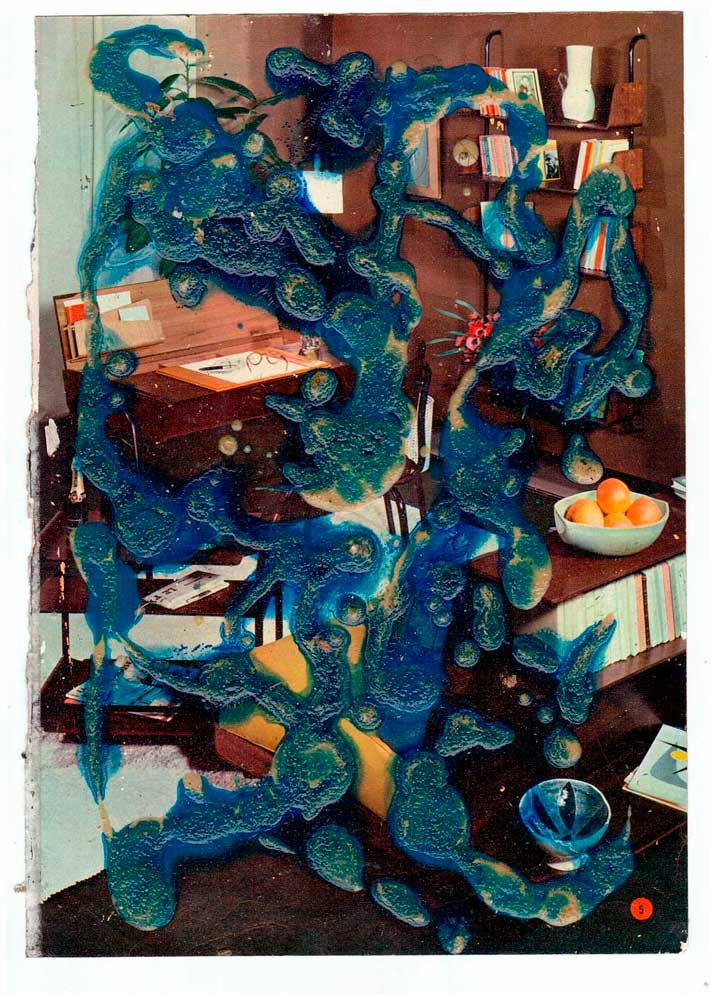
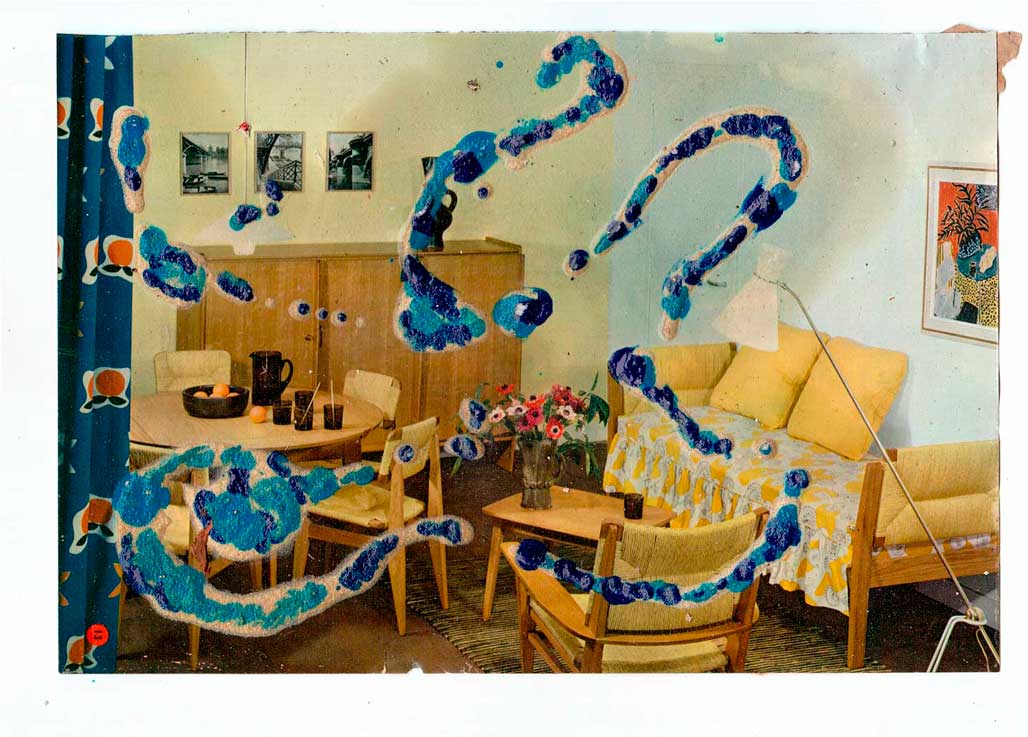
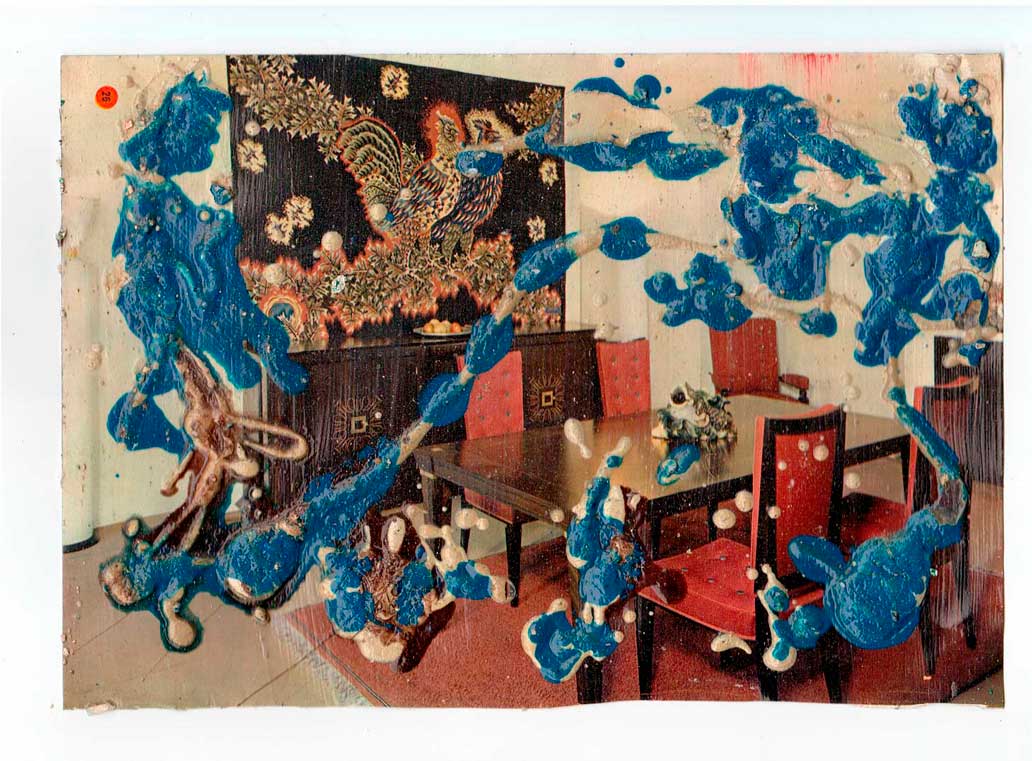
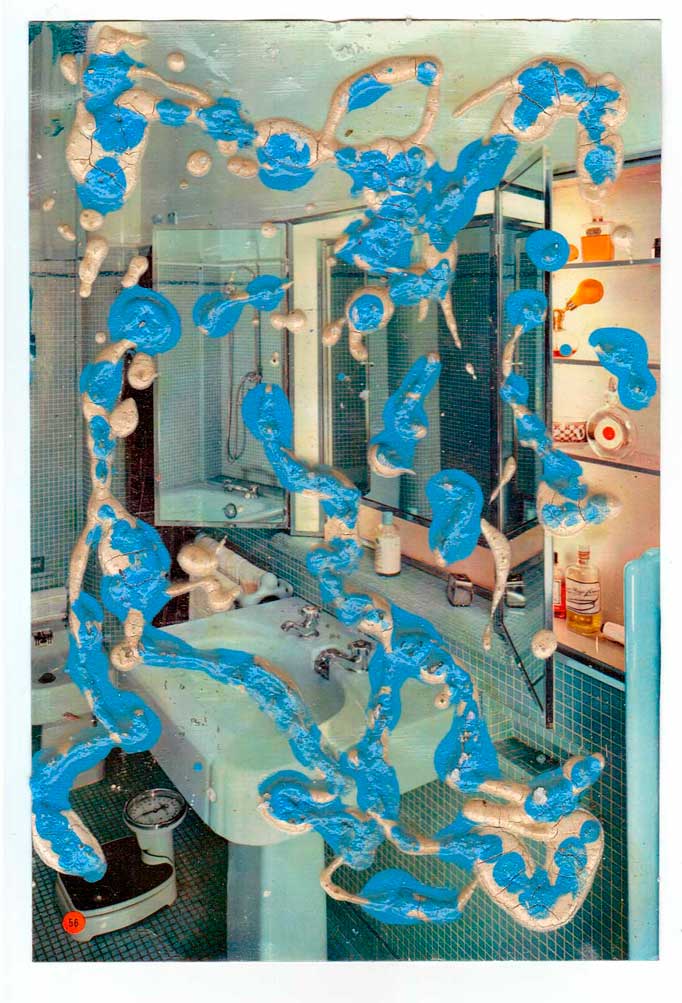
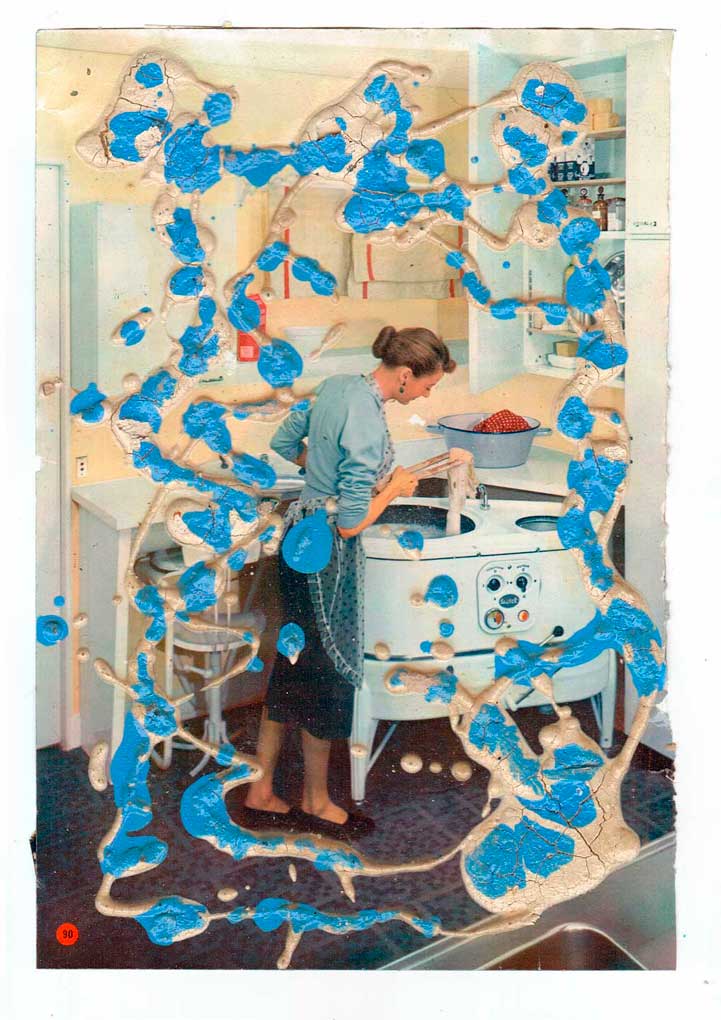
Show Details
“Neither in environment nor in heredity can I find the exact instrument that fashioned me, the anonymous roller that pressed upon my life a certain intricate watermark whose unique design becomes visible when the lamp of art is made to shine through life's foolscap.”
—Vladimir Nabokov
In folio
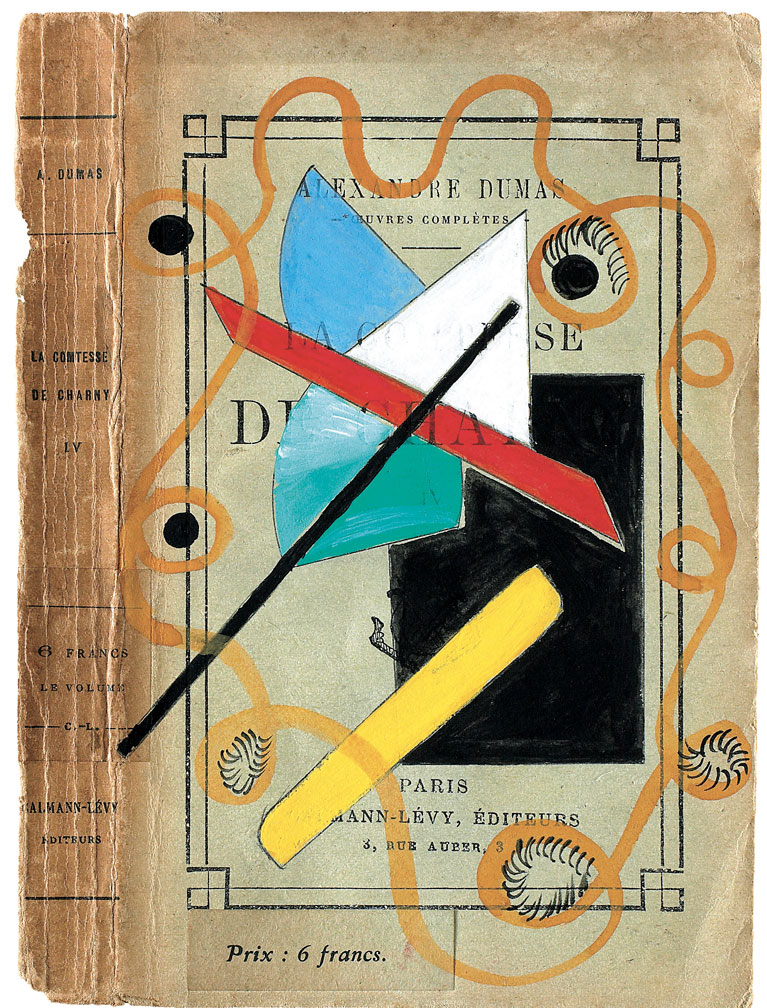
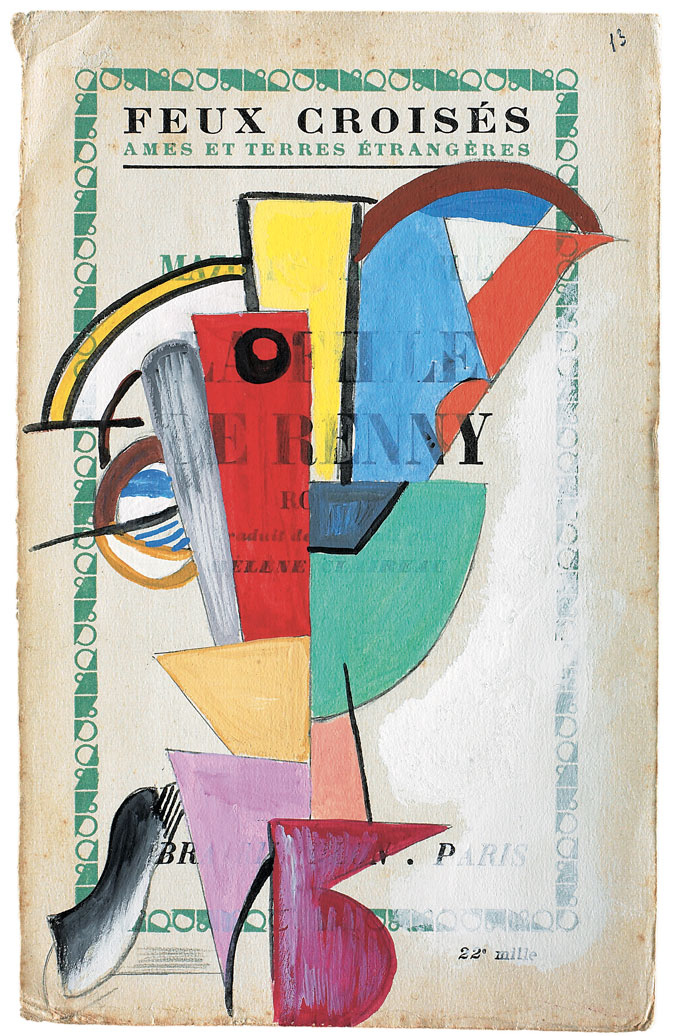
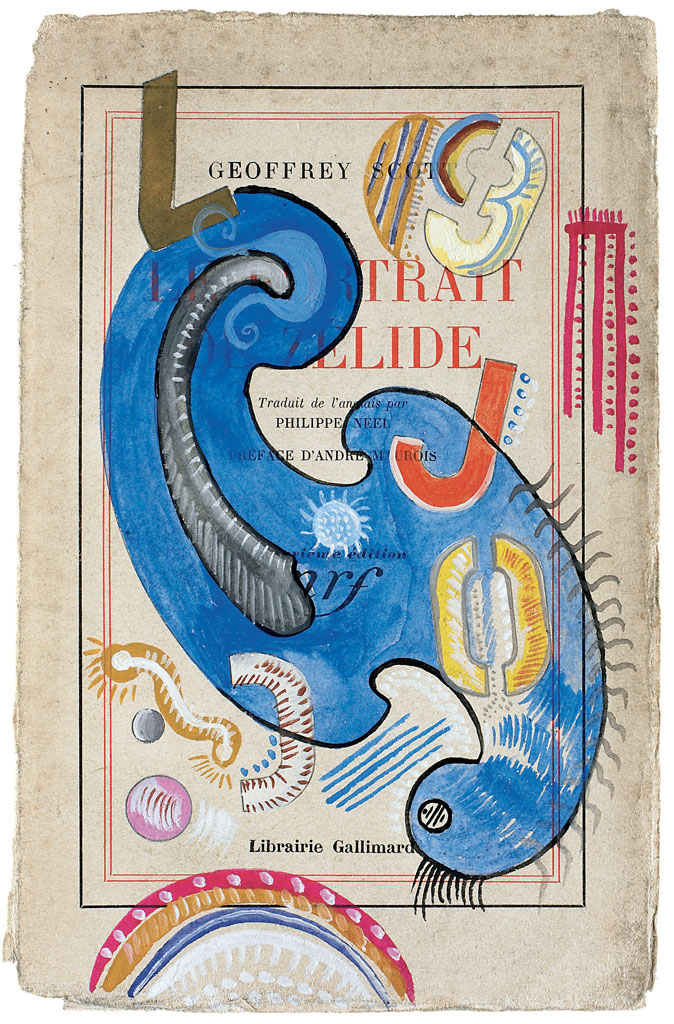
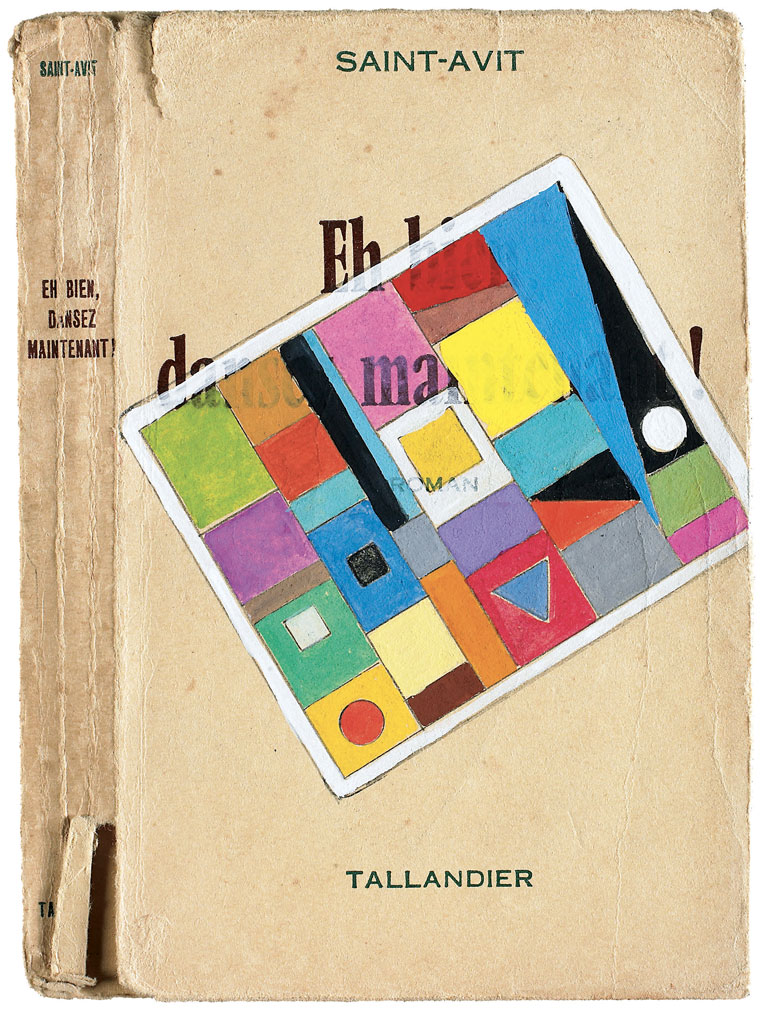
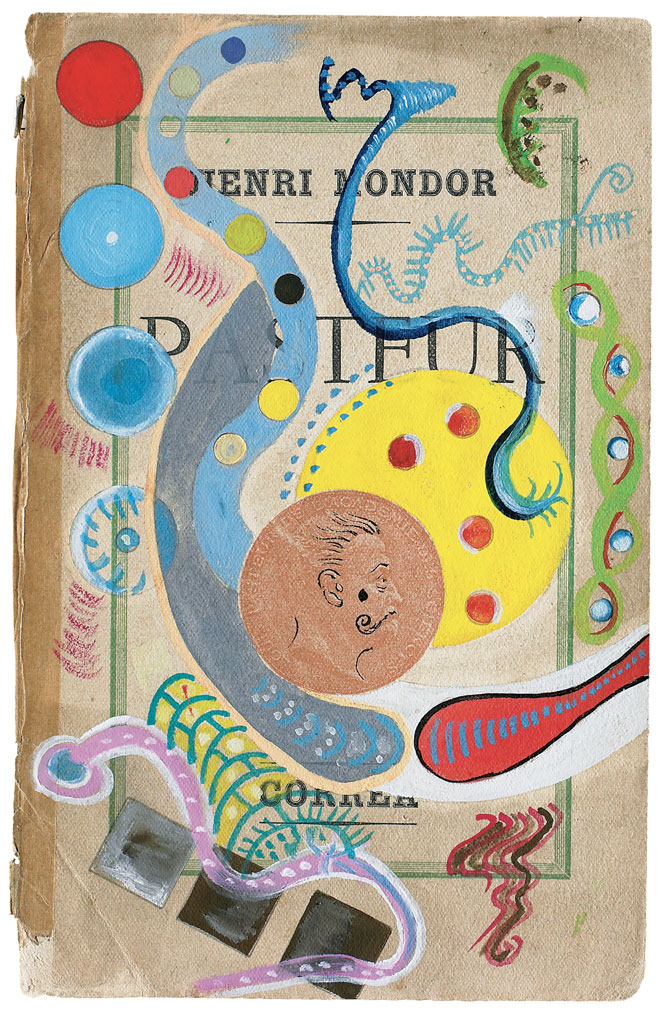
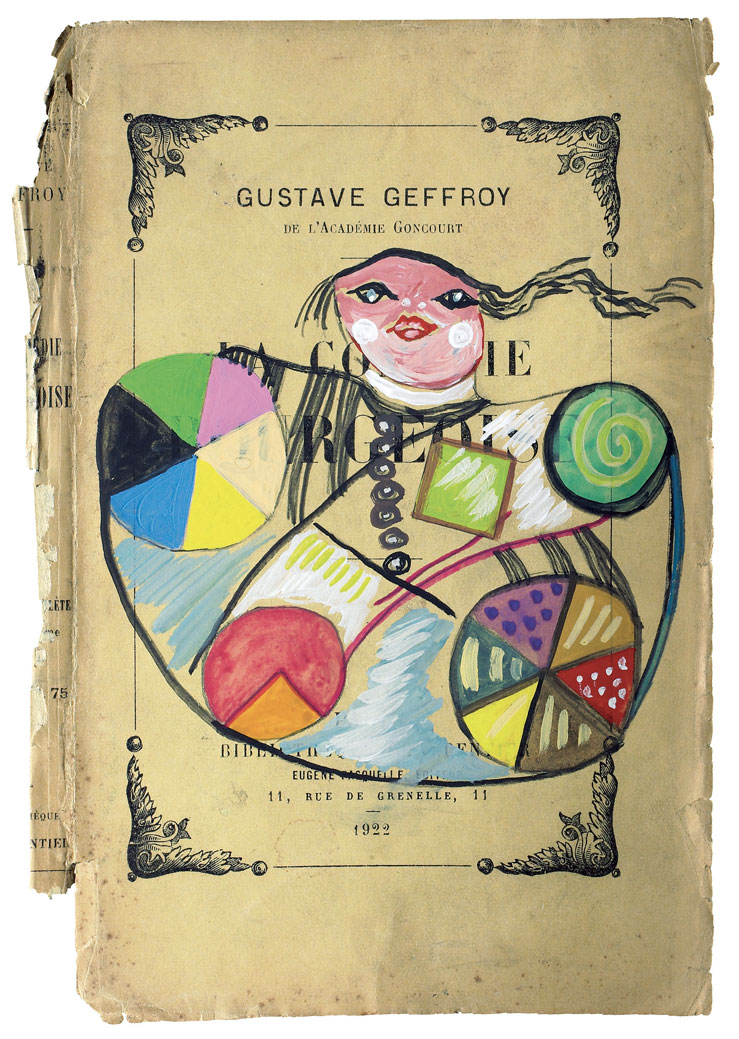
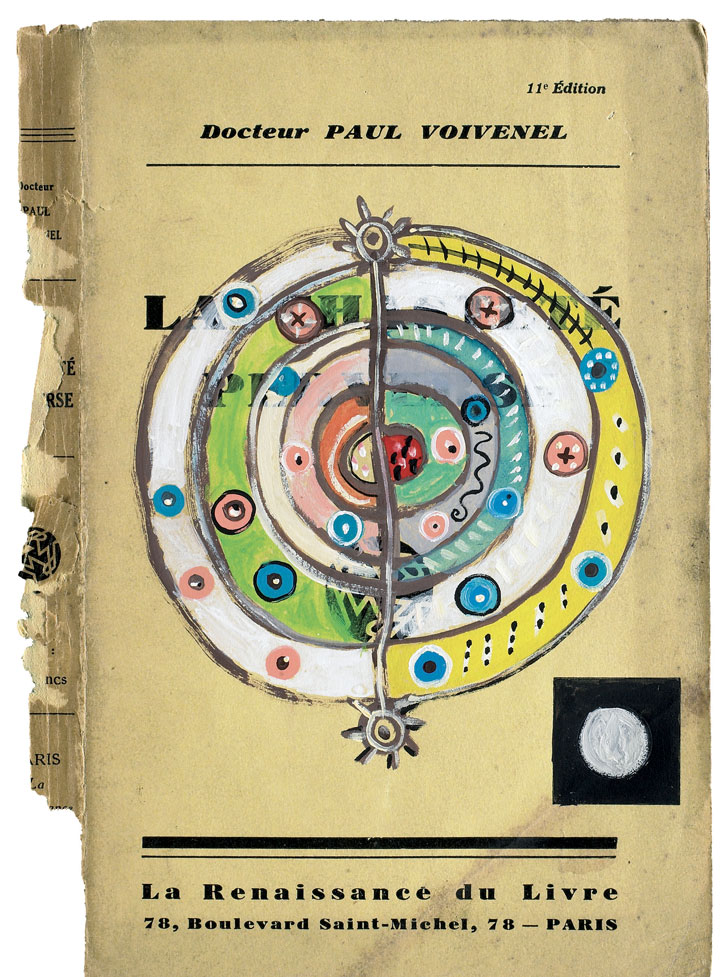
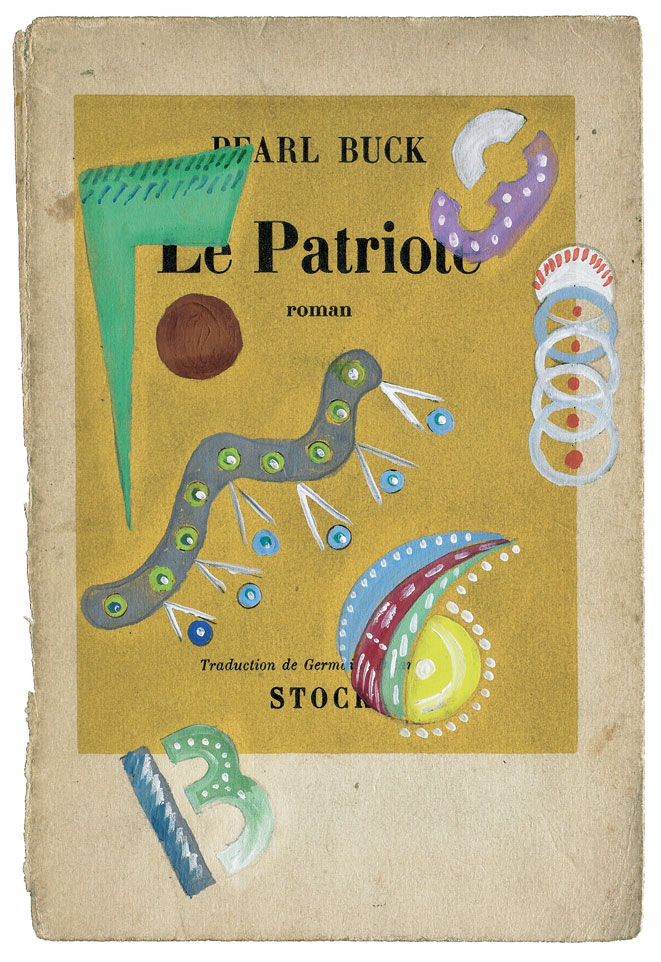
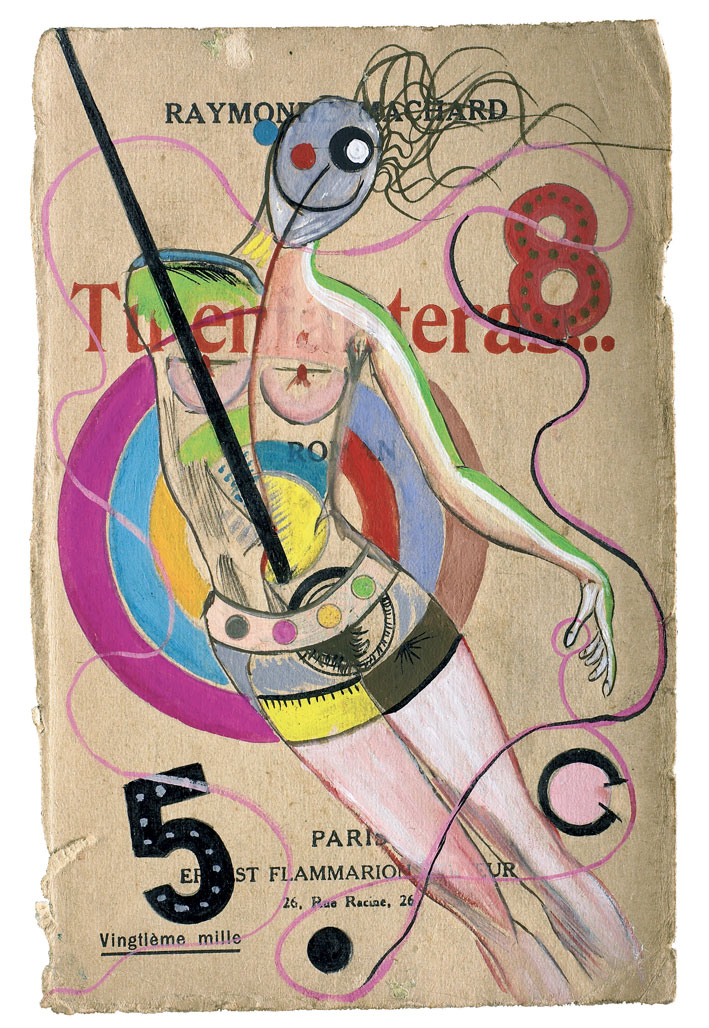
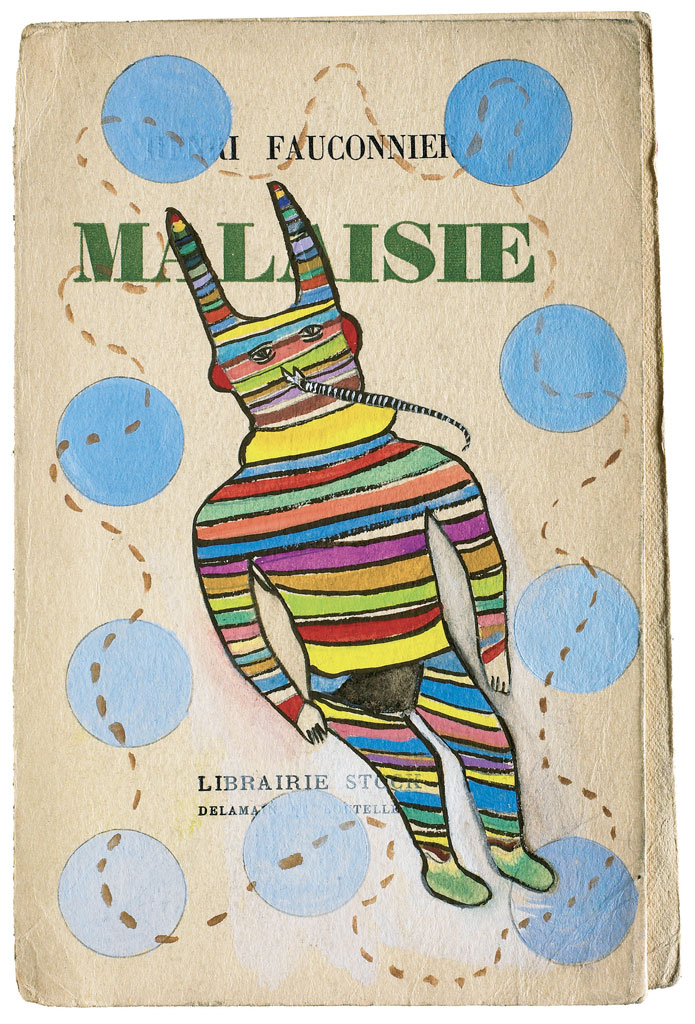
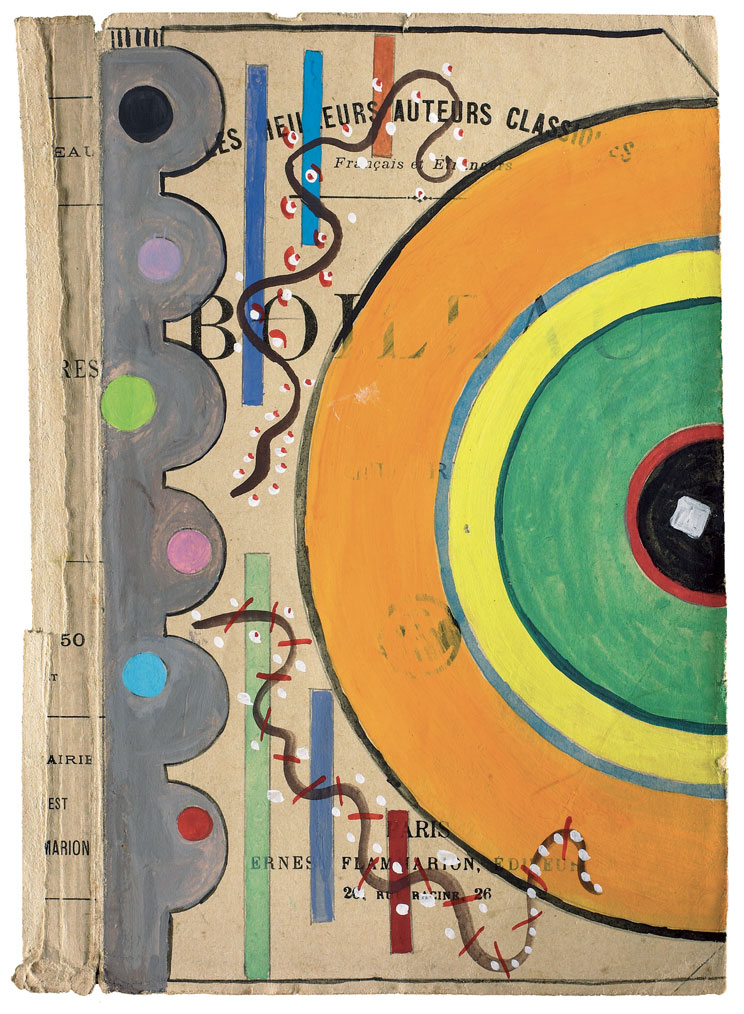
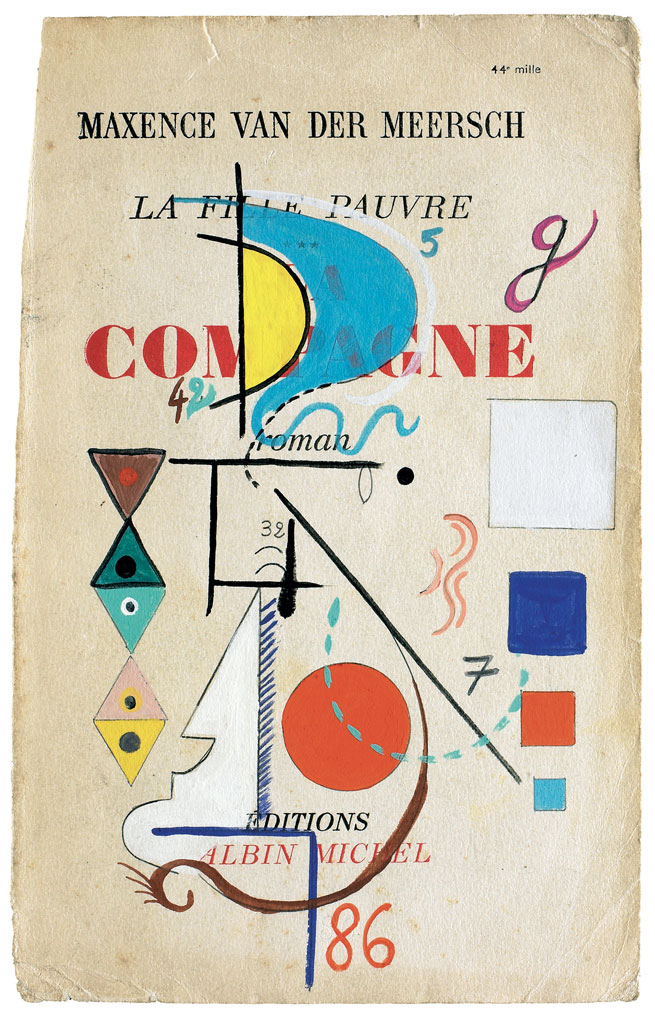
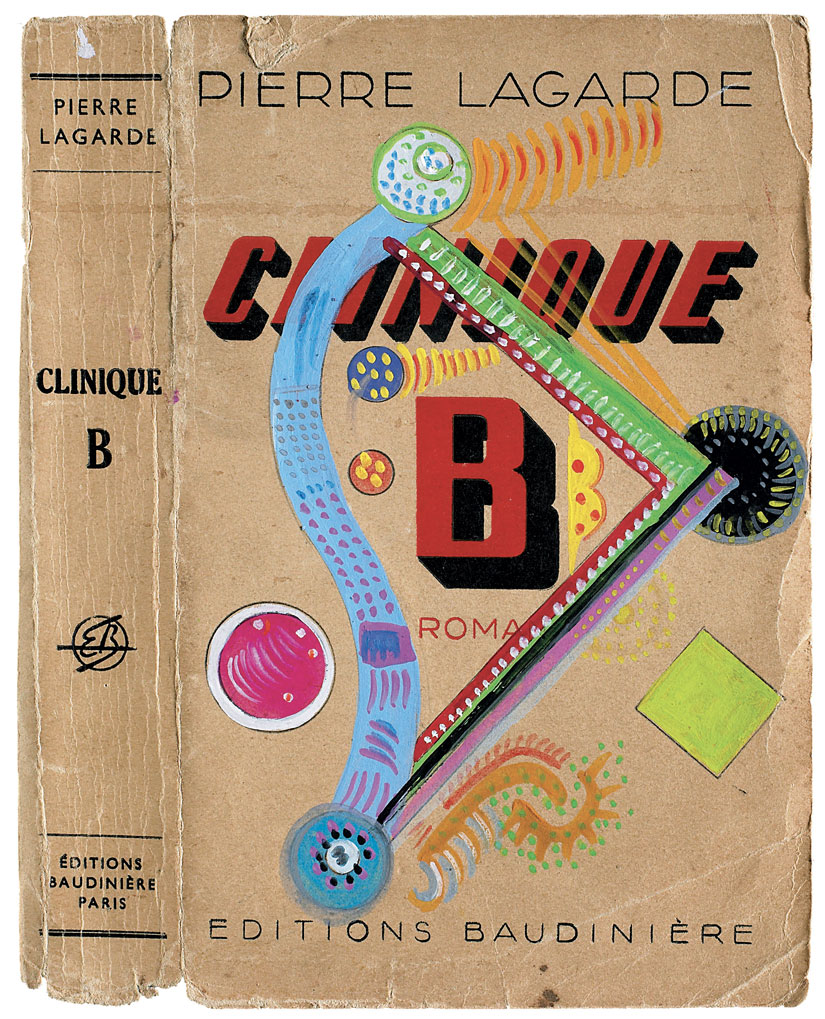
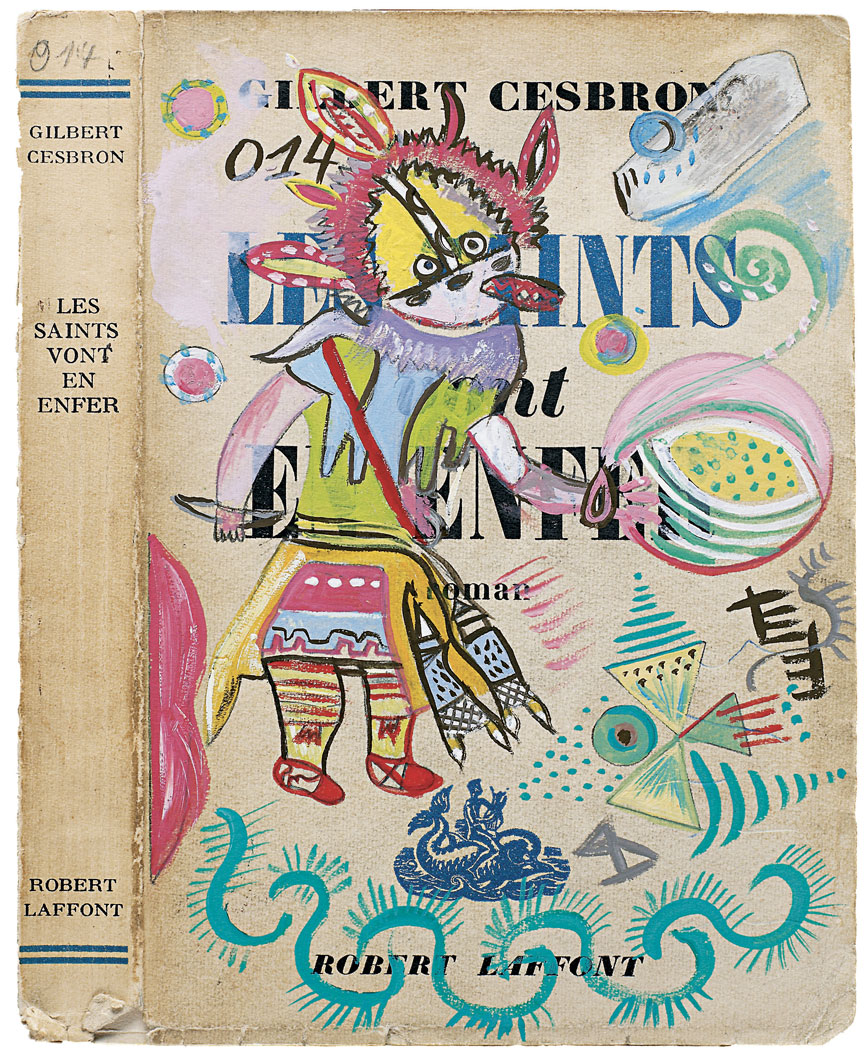
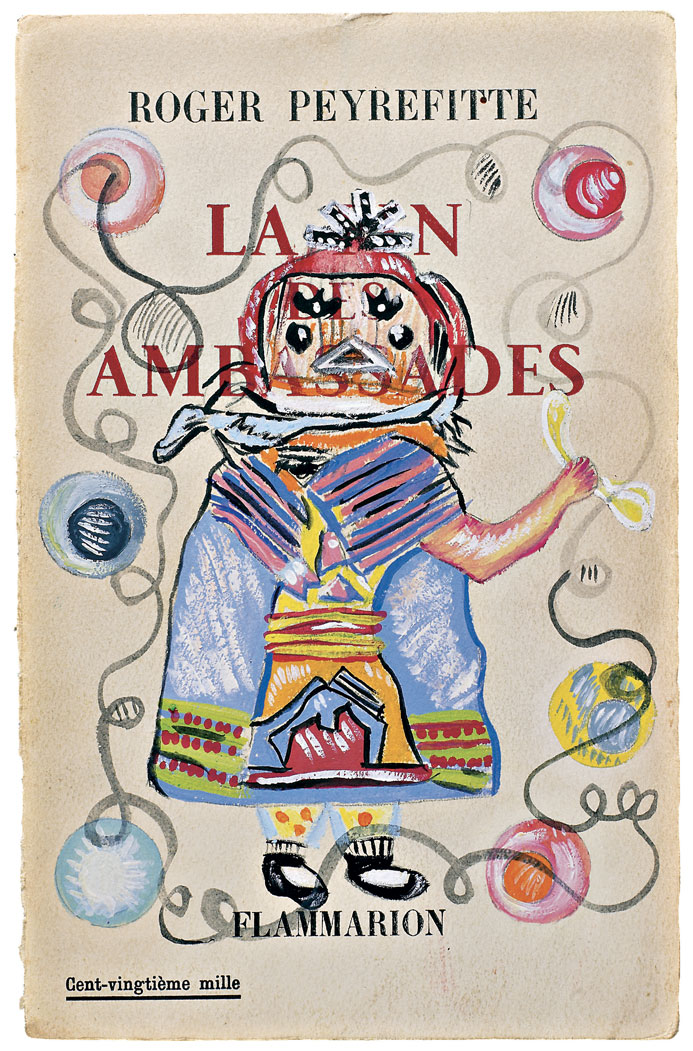
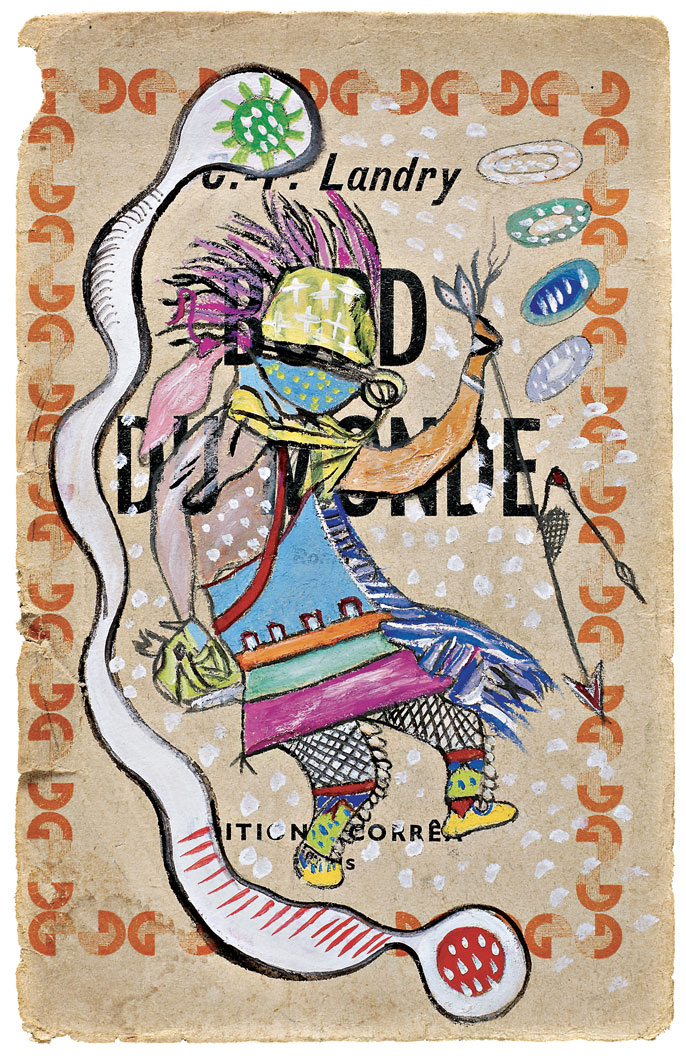
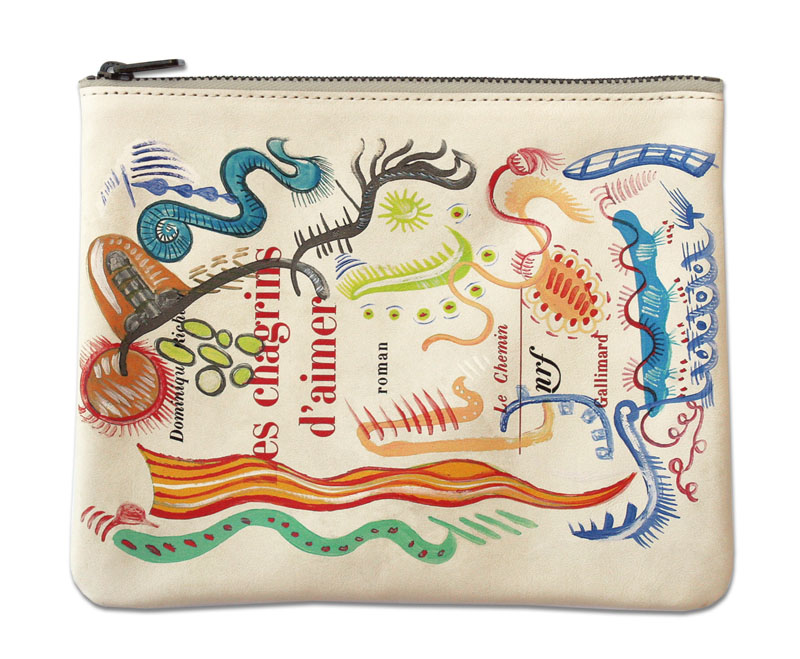
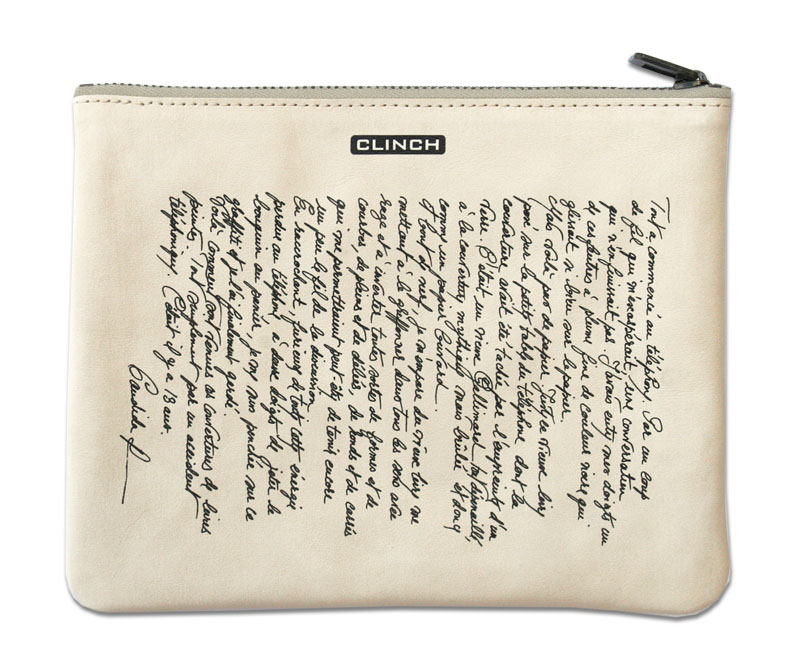
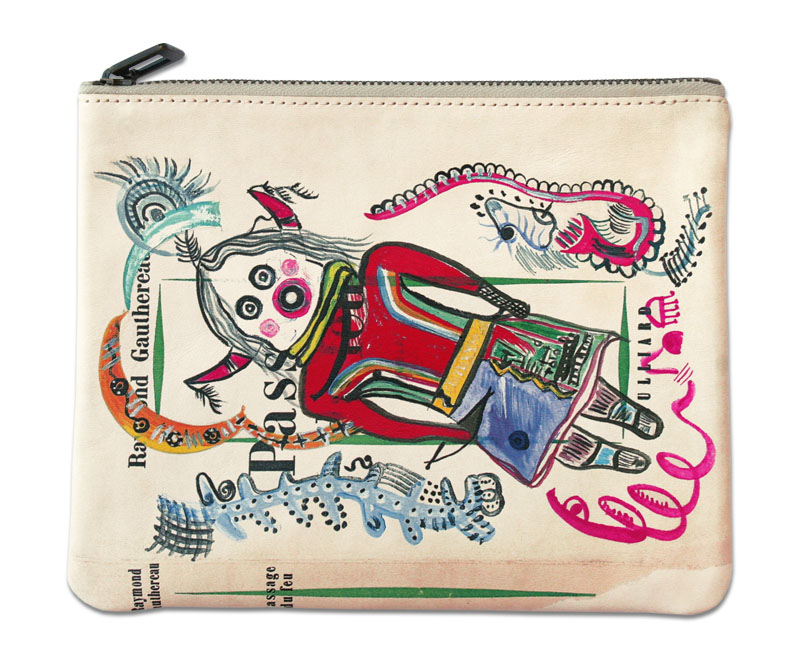
Show Details
Exhilarating illuminations of the printed word
« Candida Romero’s joyful and whimsical art consists in illuminating the covers of books that she seeks out in secondhand bookshops and bouquiniste stalls. Masking, disguising, veiling, transforming, she paints and embellishes the typography of the title in her own matchless exuberant style.
At times Romero’s paintings call to mind a discreet homage to Kandinsky’s sprawling ideograms, others to the drawings of Miro, or to Fernand Leger’s mechanical ballets, to the enduring elegance and brilliance of Raoul Dufy, or to the powerful figures of Richard Lindner.»
« This is art that speaks through arabesques, a siren call that sighs of mists and rushing water. It offers an elegy of unexpected modulations, inflexions and harmonies. Their lines are undulating, serpentine, sinuous. The strokes of the handwriting alter the paper’s surface and trace a rhythm , an oscillation of shapes, and their lauded
return. »
— Gilbert Lascault
Fleur d'encre, Fleur de sang
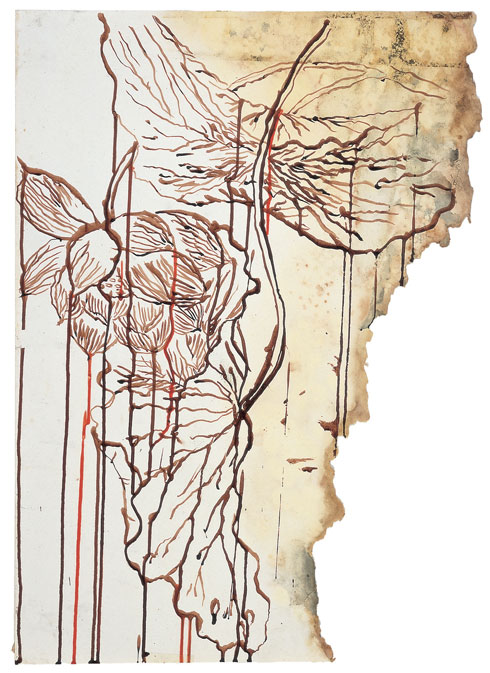
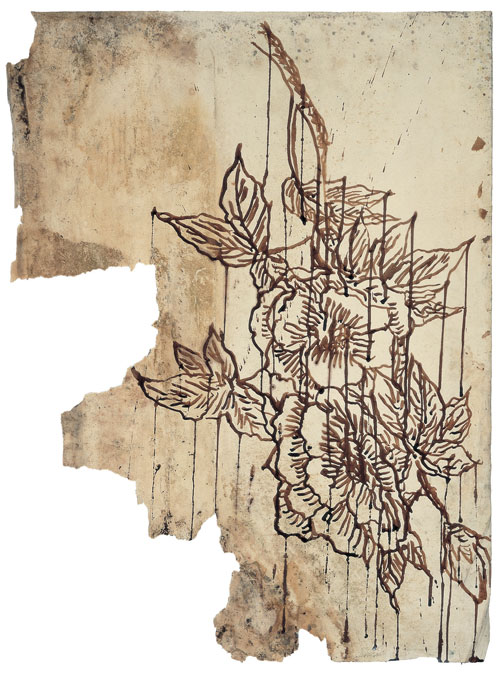
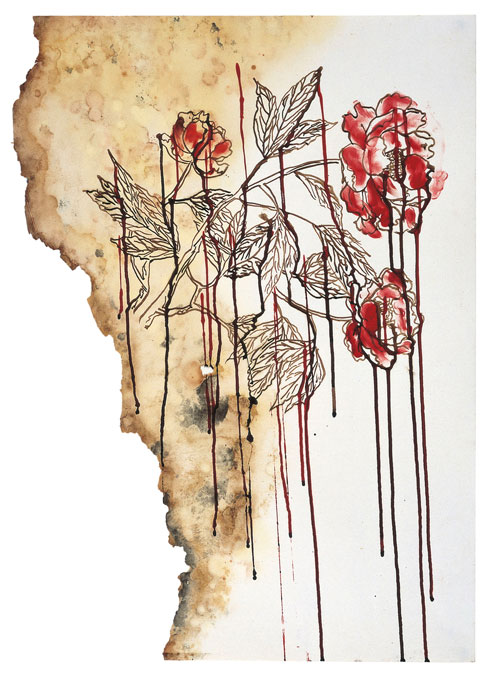
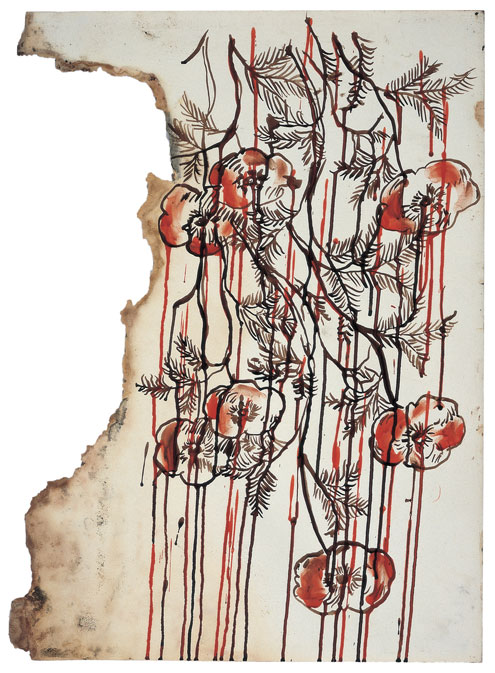
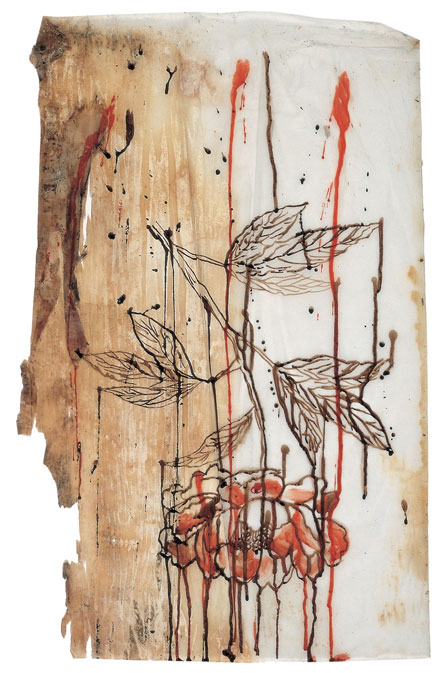
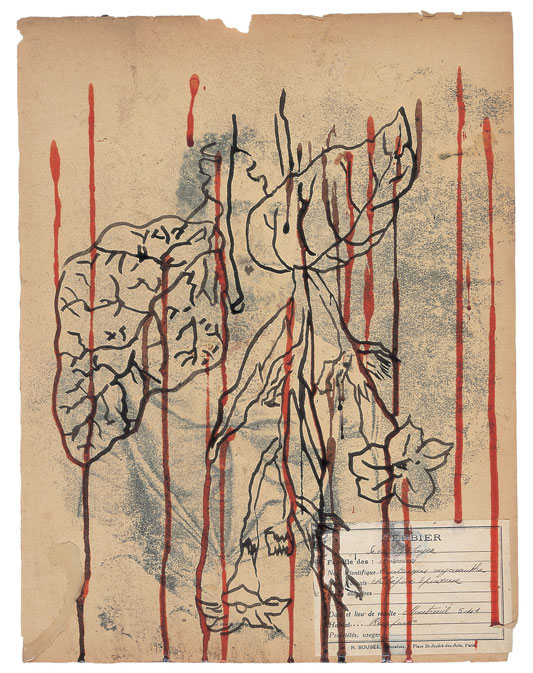
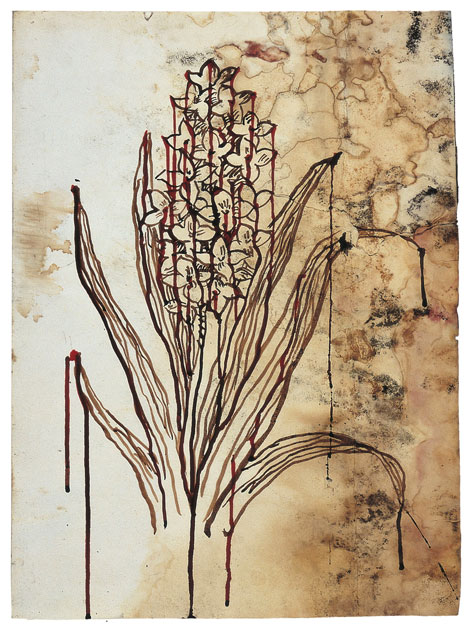
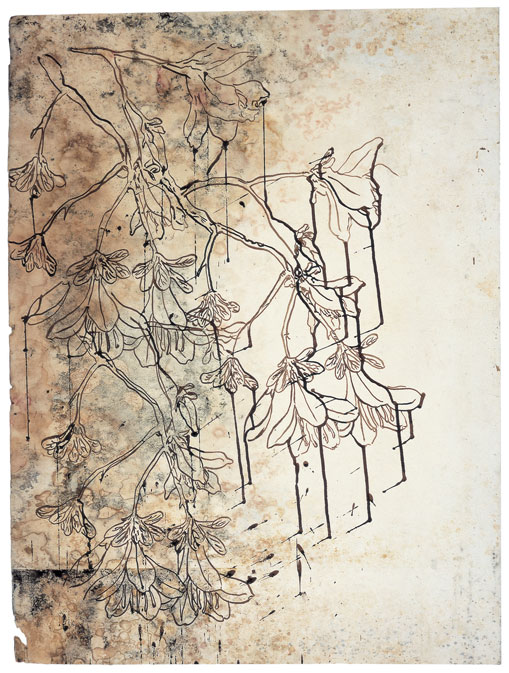
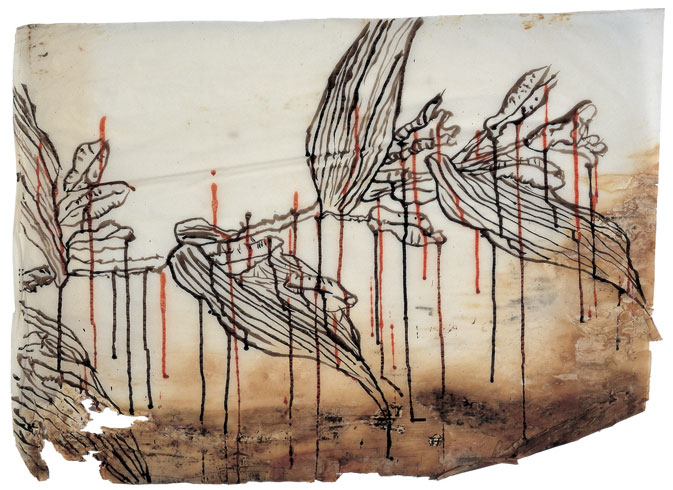
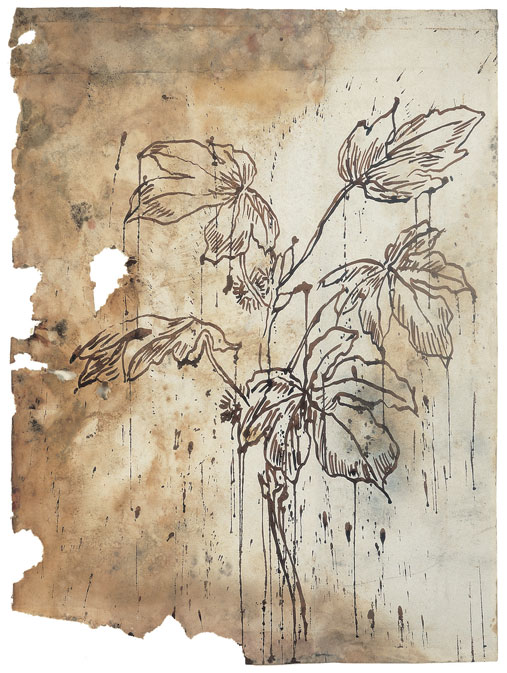
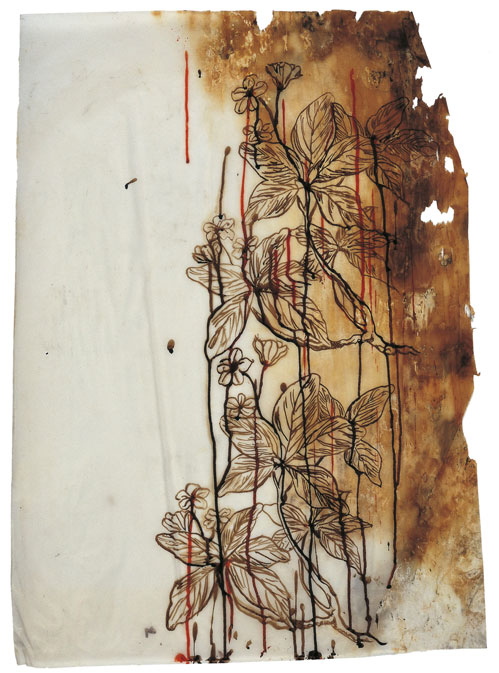
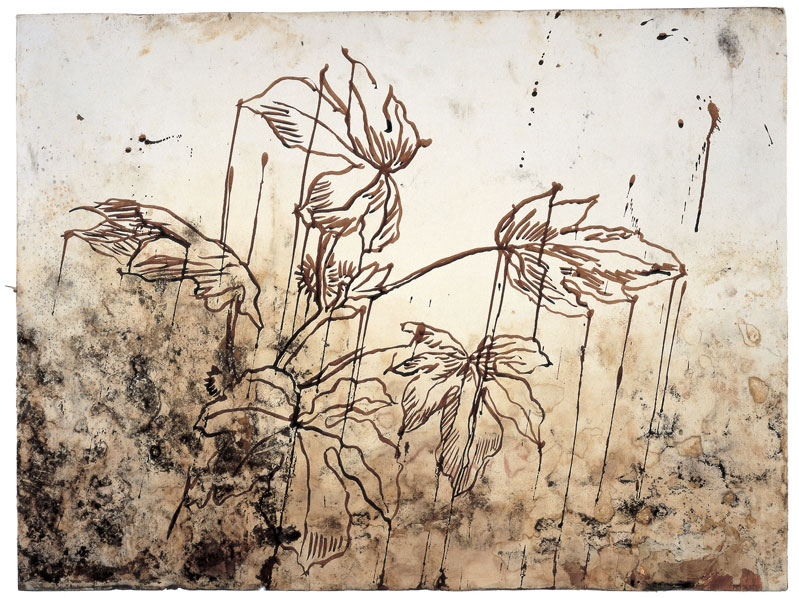
Show Details
This exhibition by Candida Romero is the result of a routine encounter with a magical place: an old convent built in the 13th century at the foot of the Cap Corse...until the day when her steps lead her under an open roof where she discovers a drawing portfolio in a pitiful state, enclosing a pile of vellum Arches sheets.
The condition of the blank paper, full of holes, shredded over the years, covered with mould in earthly colors and lichens, like old parchments, immediately calls out to her....Using a Chinese brush, she traces in ink skeletons of flowers and plants, favoring sepia, but also red and black, colors appropriate to the upheavals of today’s world.. “to make a giant herbarium”.
— Dominique Paulvé
When we were wandering
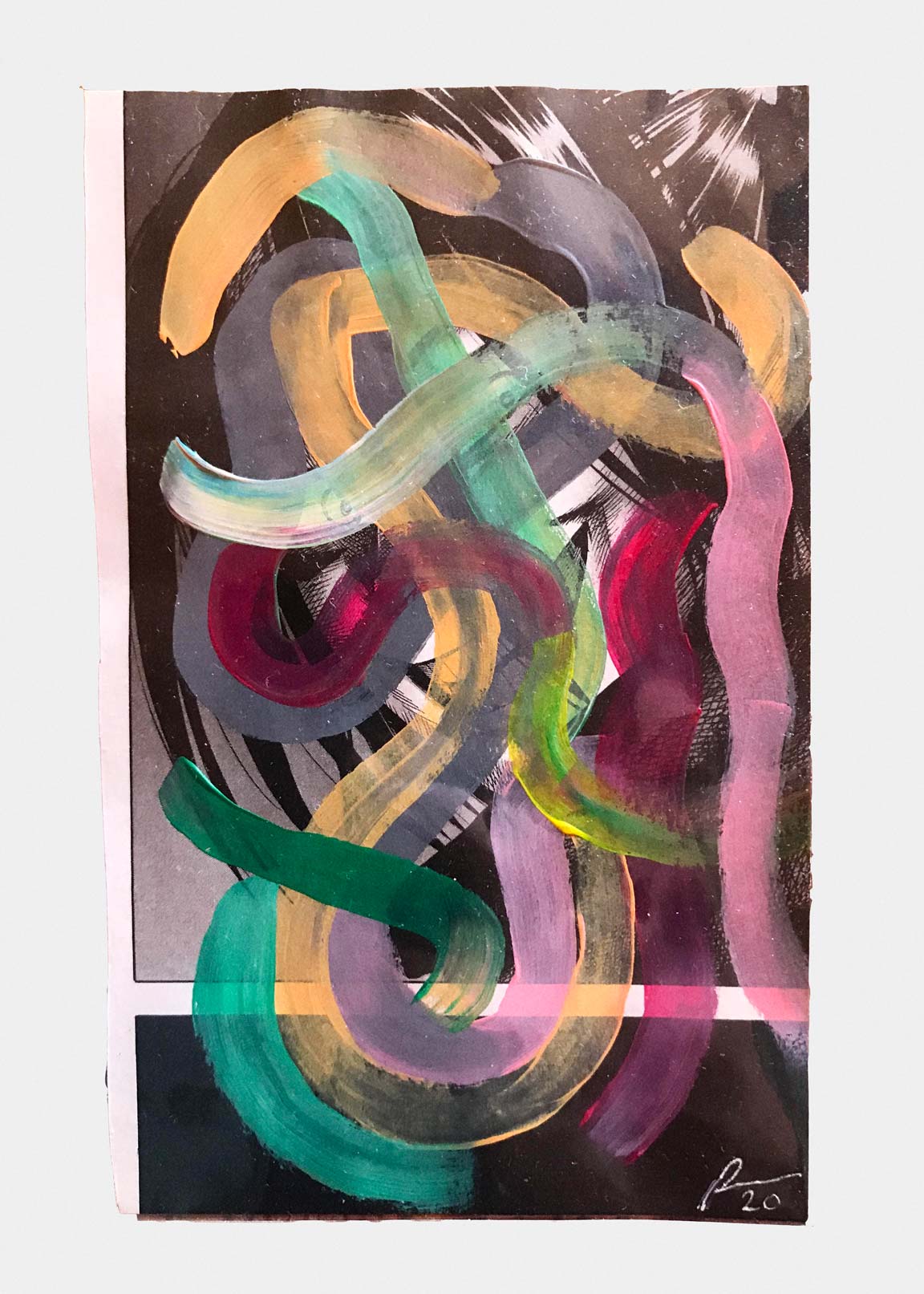
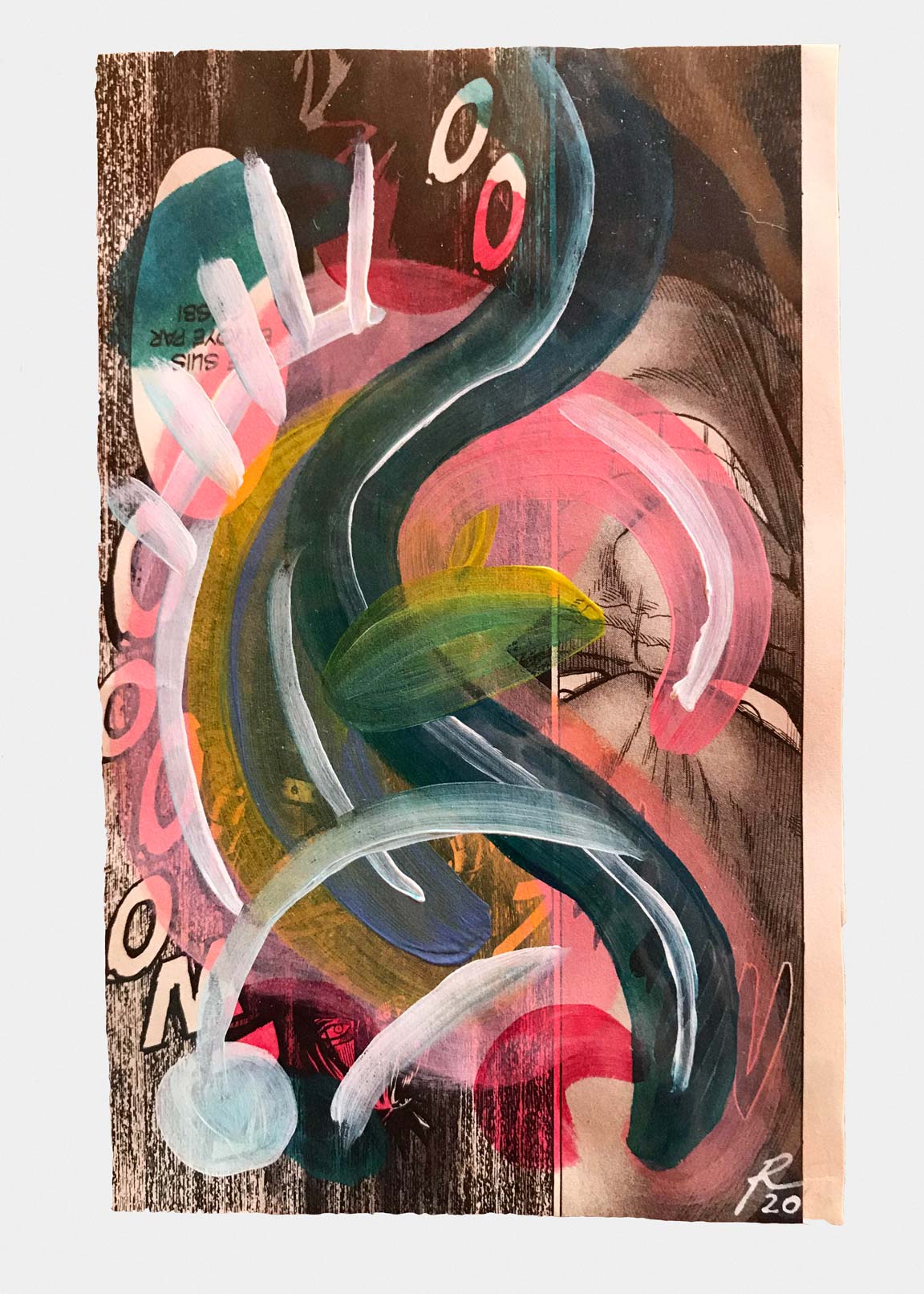
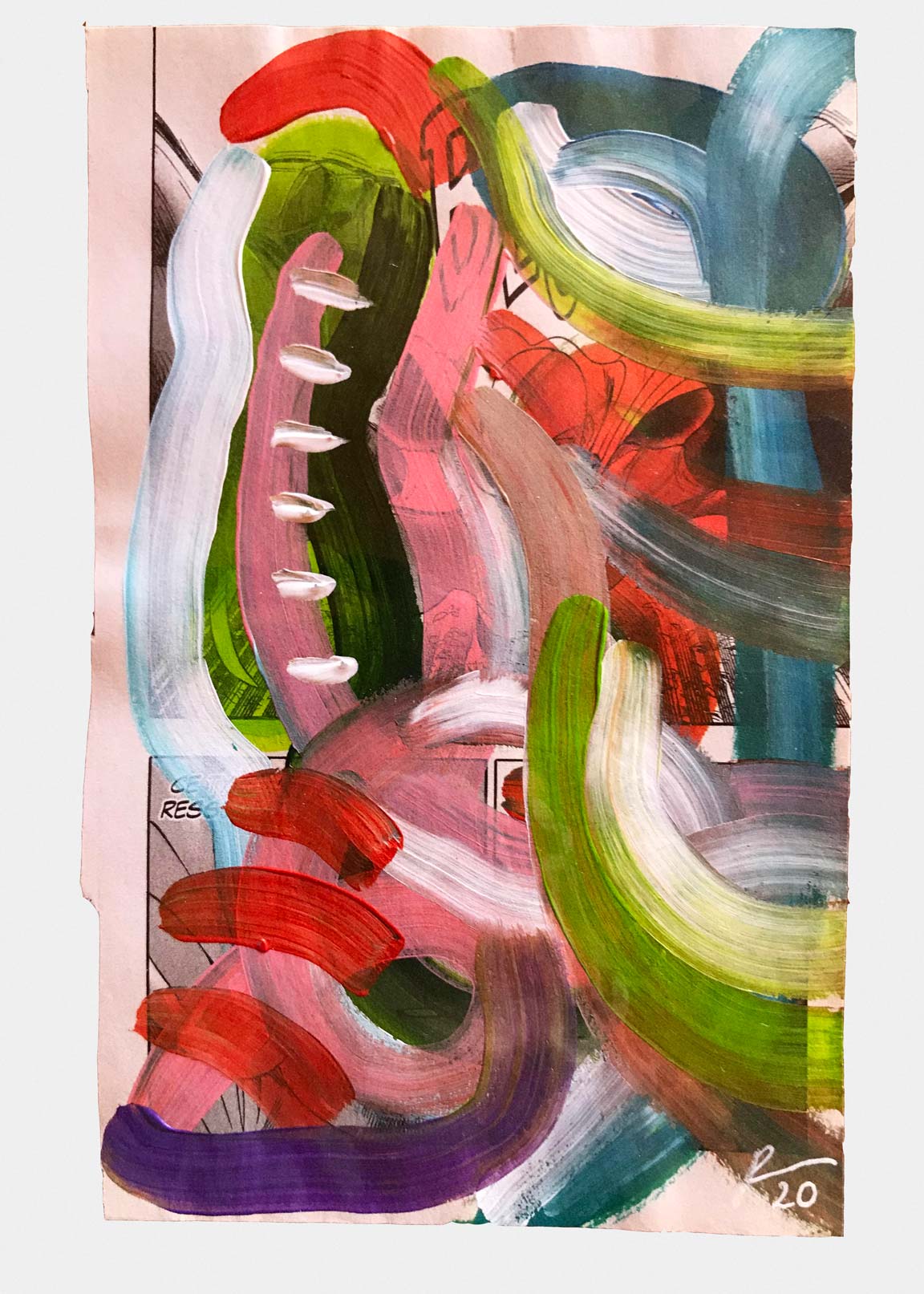
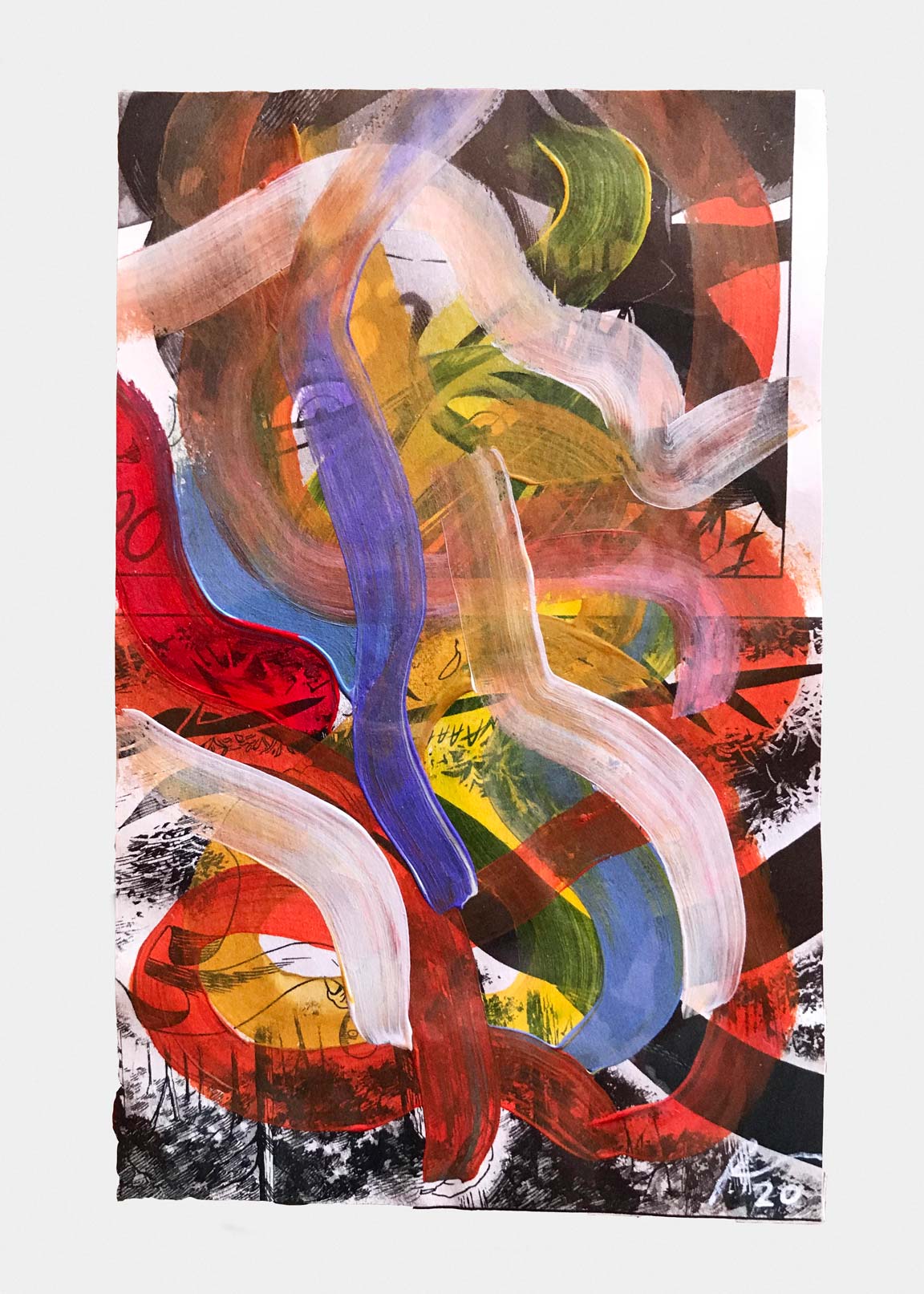
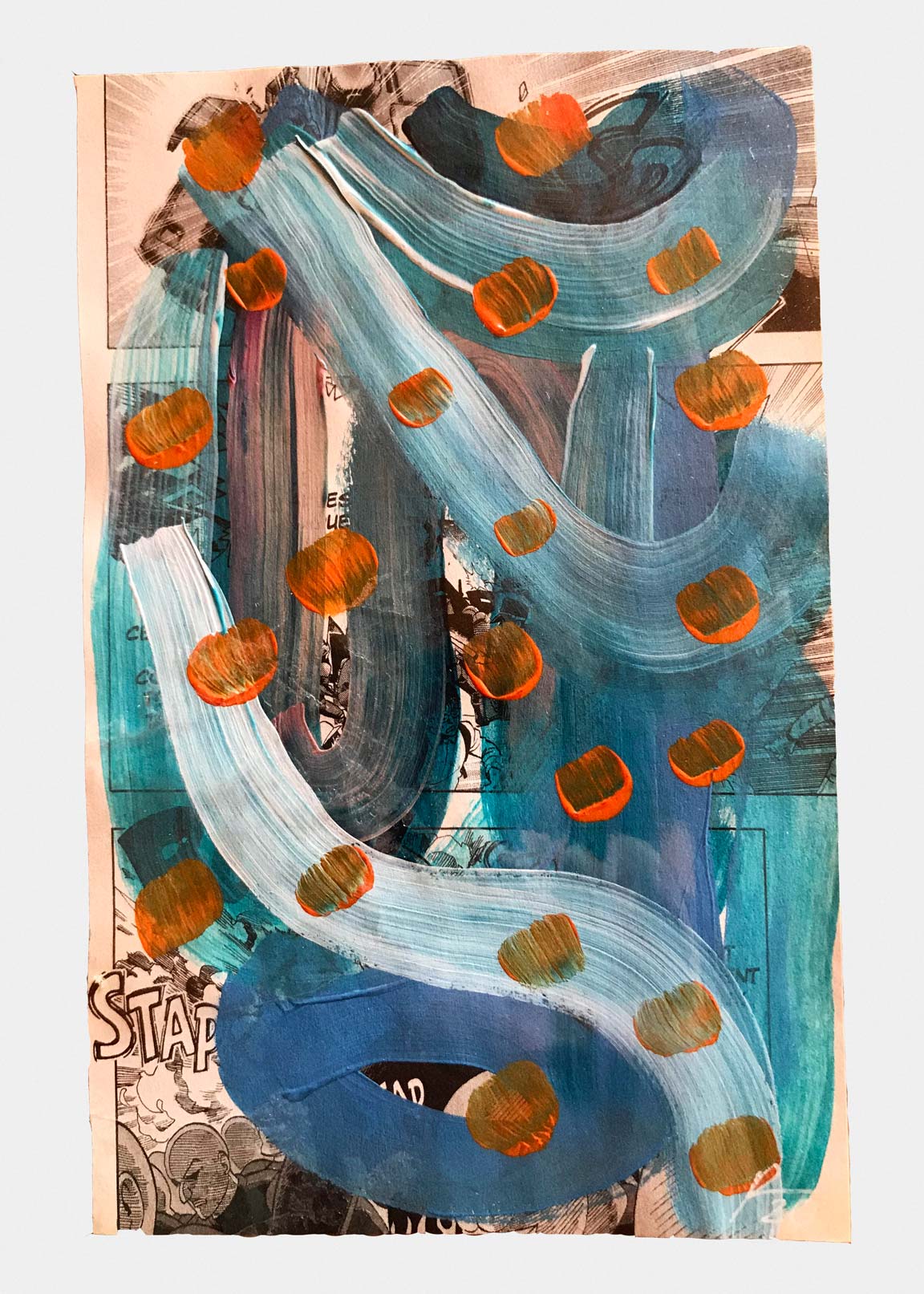
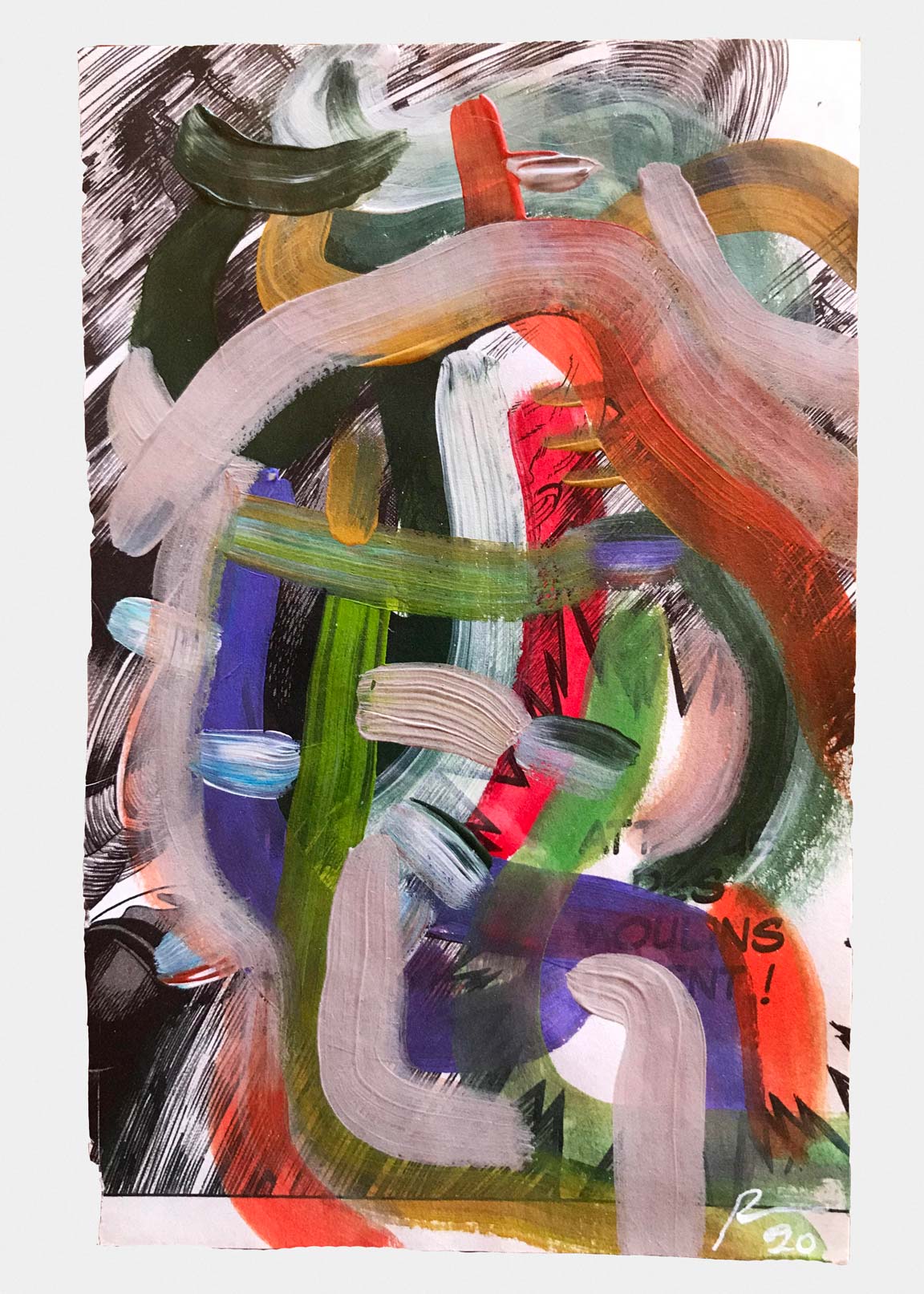
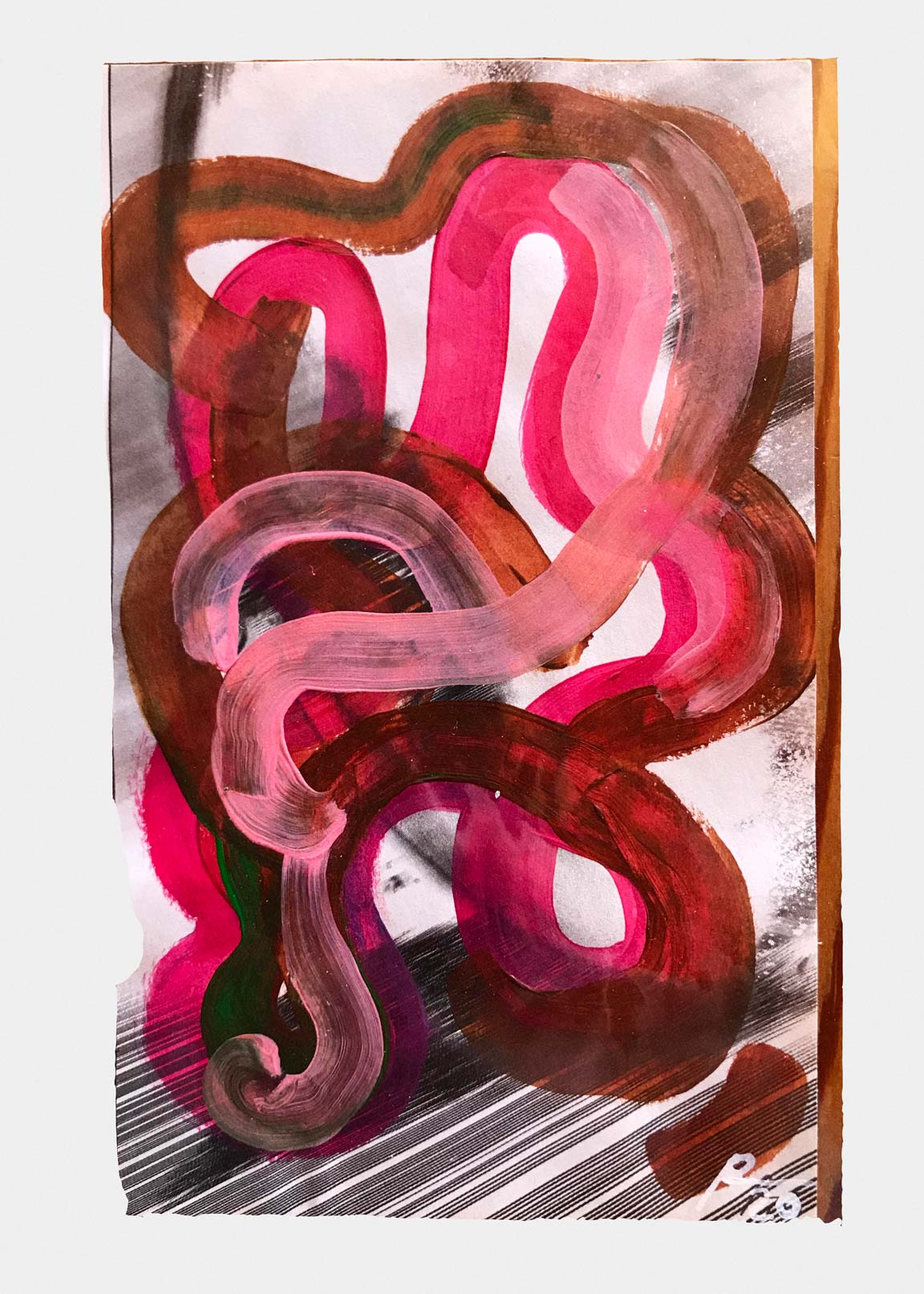
Show Details
“We had met in this privileged place, a place dear to me, with the excuse of a refreshing summer break, blessed by particularly benevolent stars. We were a lively fantasy between the cultivated geometries and the plush plateaus around Oletta. A moveable feast in a landscape which would be difficult to imagine in winter, difficult to imagine a second time.”
—Laura Taccari
“Devising new habits, inventing journeys - wanderings - in the grass. Picking unripe figs, sculpting efficient flutes from reeds, drinking eggs that are still warm, attracting nature towards ourselves. Making up jokes. Feeling the freedom offered by the field, the other face of the garden, more unkempt and just as necessary. Trees and more trees, leaning to the left and right, leaves mocked by the south-west wind, front and back. Everlasting and incoherent realm of greens. Of course, on the horizon I could only see four pointed hills.”
—Excerpt from Corsica - A moveable feast. Printed in Cartography
Taccari & friends impressions of their week-long stay at Romero’s art studio in Oletta, Corsica, and notably the gardens she planted around the former convent, a land-art project in and of itself.
Number # 4/7, Series 1
Latex Inkjet on Japanese Drop paper,138gsm
127 x 212 cm (unframed)
Edition of 10, AP: 2
April 7, 2022
Number # 5/7, Series B
Latex inkjet on Japanese Drop paper, 138gsm
44 x 82 cm (unframed)
Edition of 15, AP: 2
140 in the series (including the 7 inkjet prints above) individual works, acrylic paint on Japanese Manga newsprint. 18 cm x 11.5 cm
Kachinas
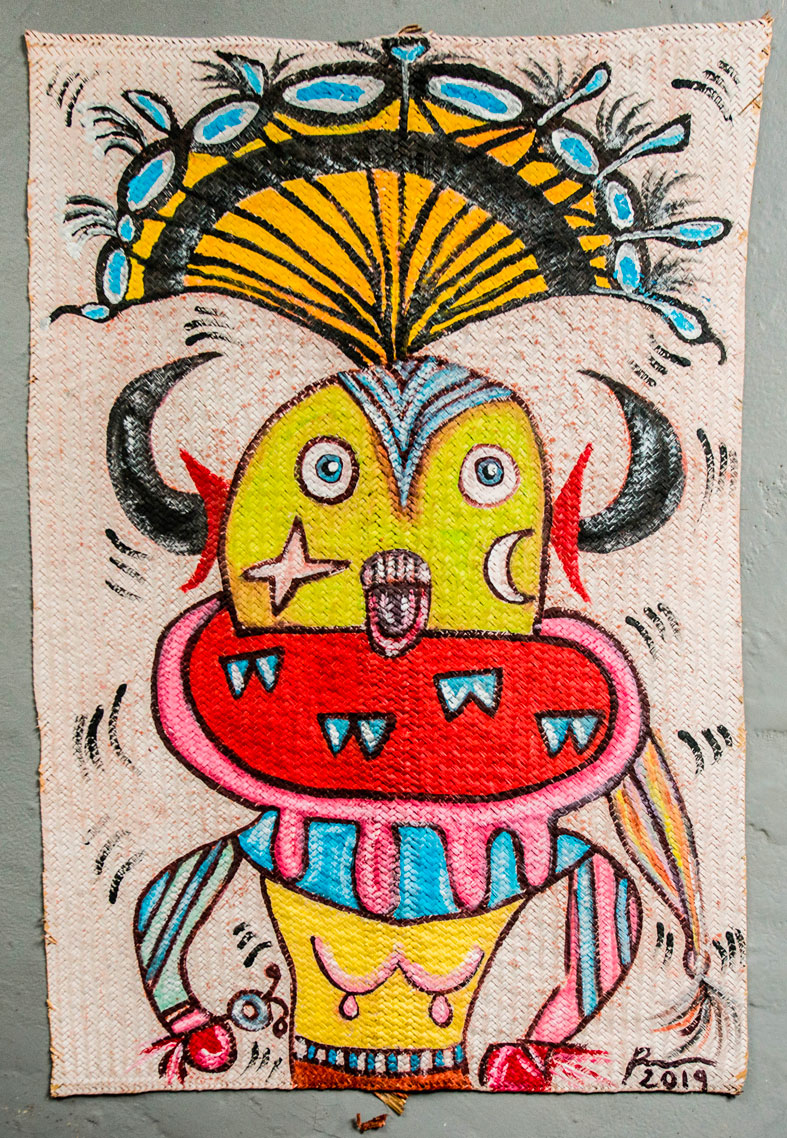
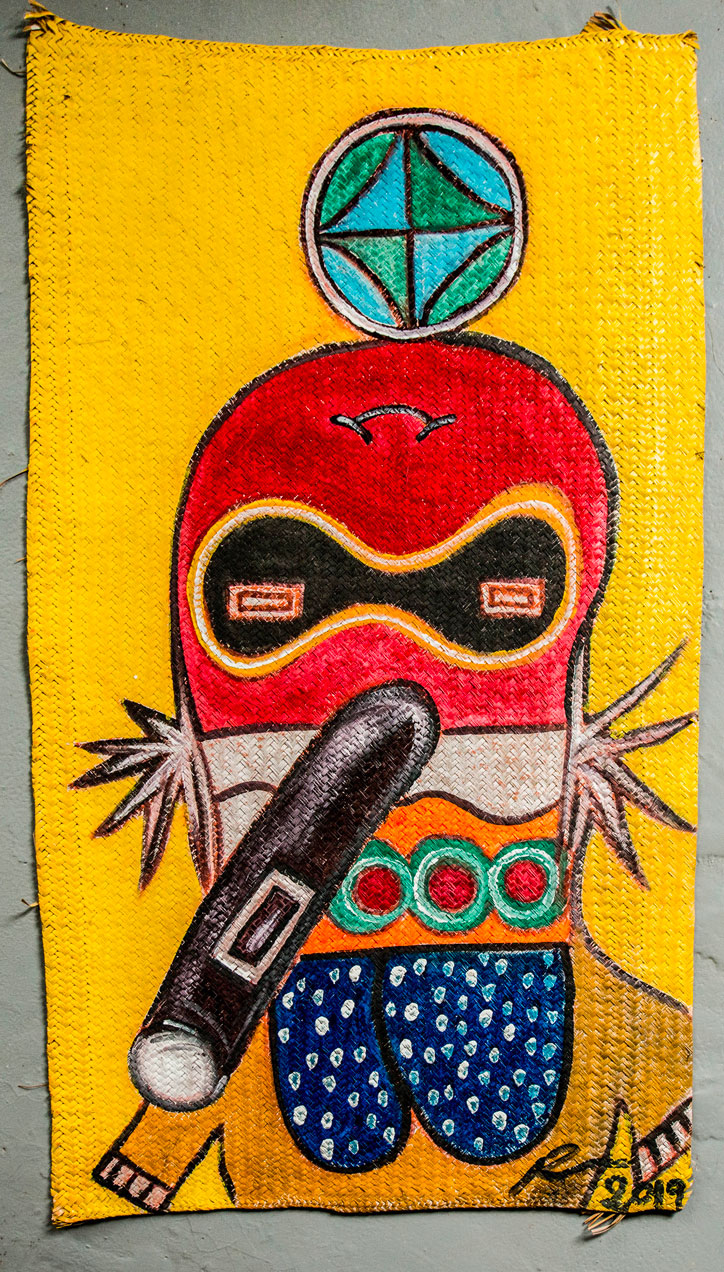
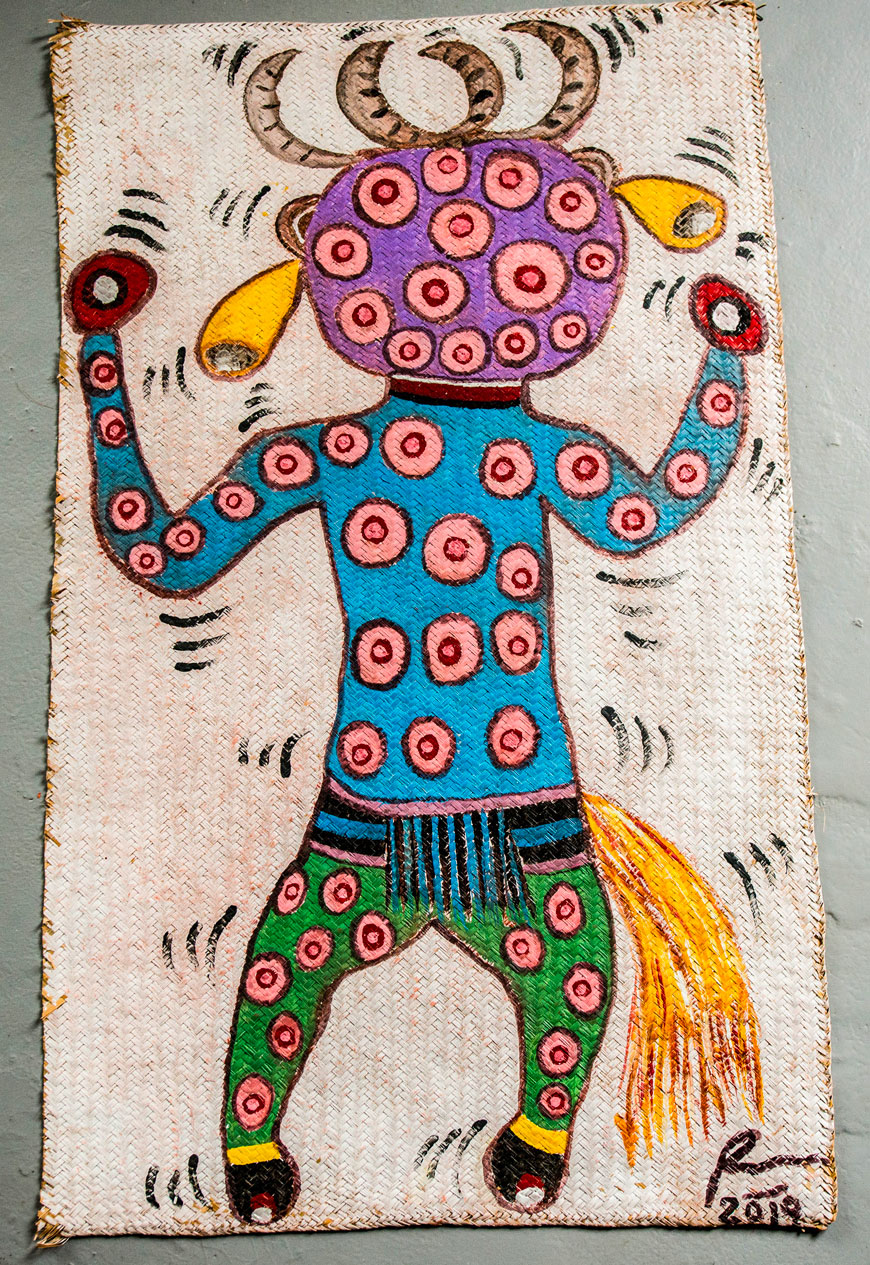
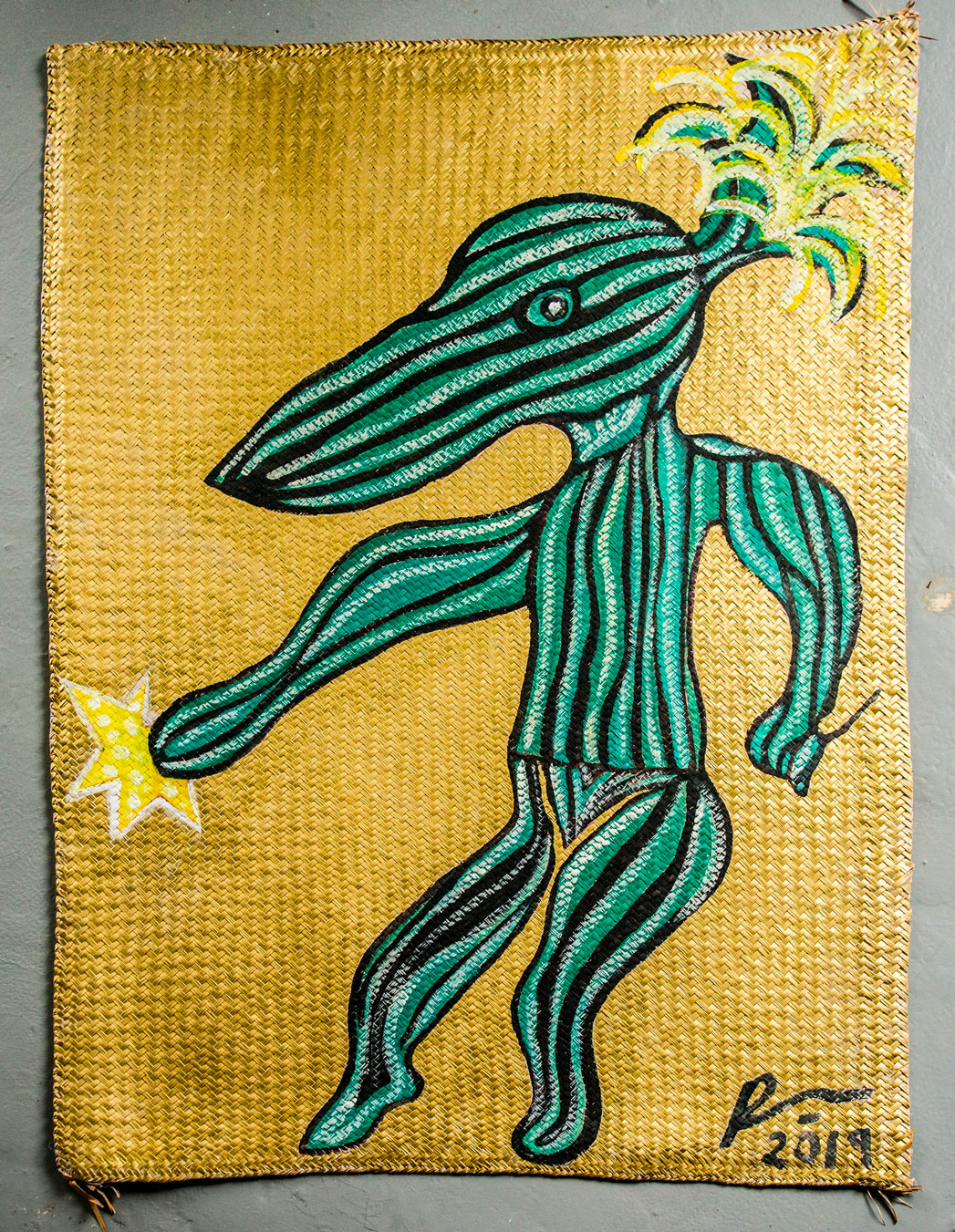
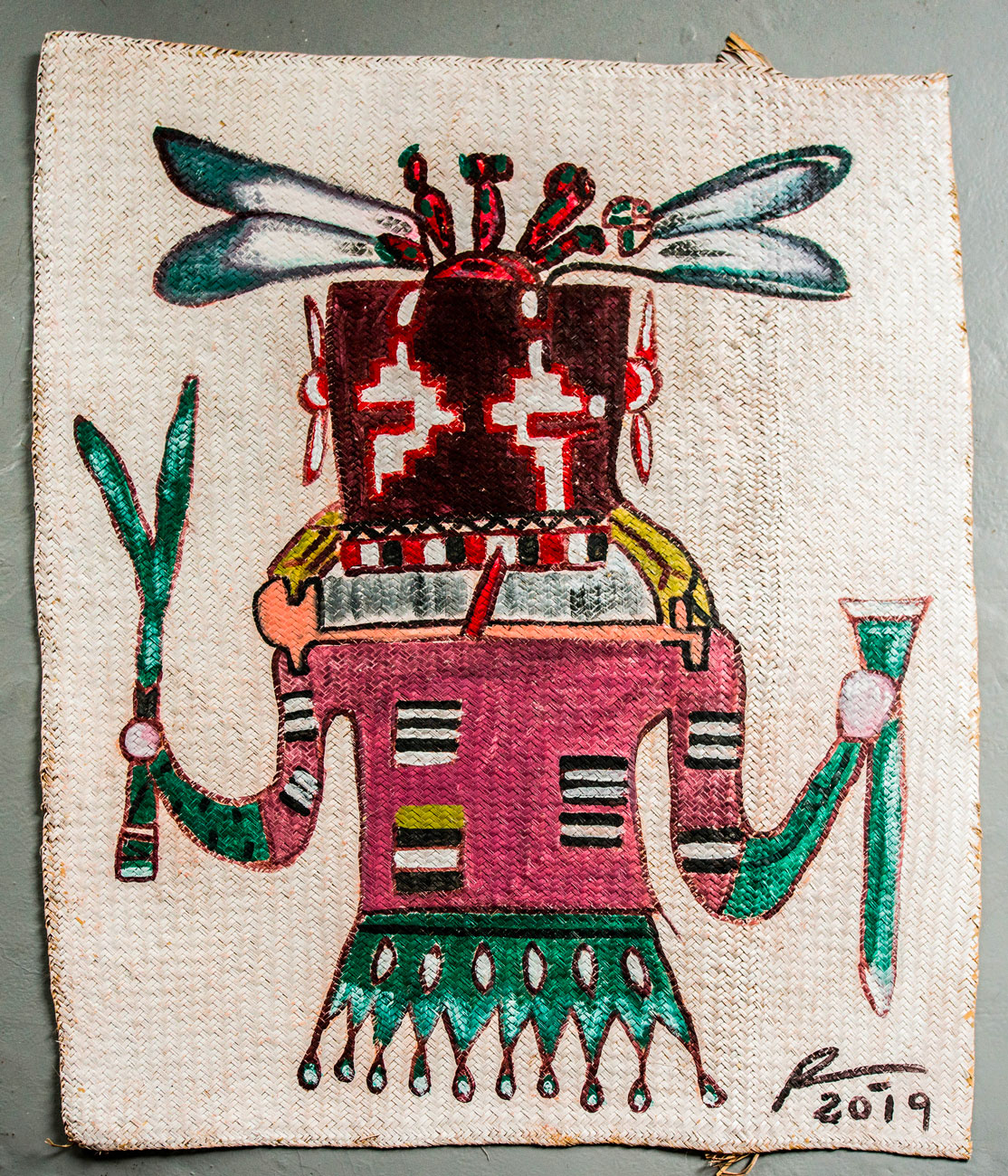
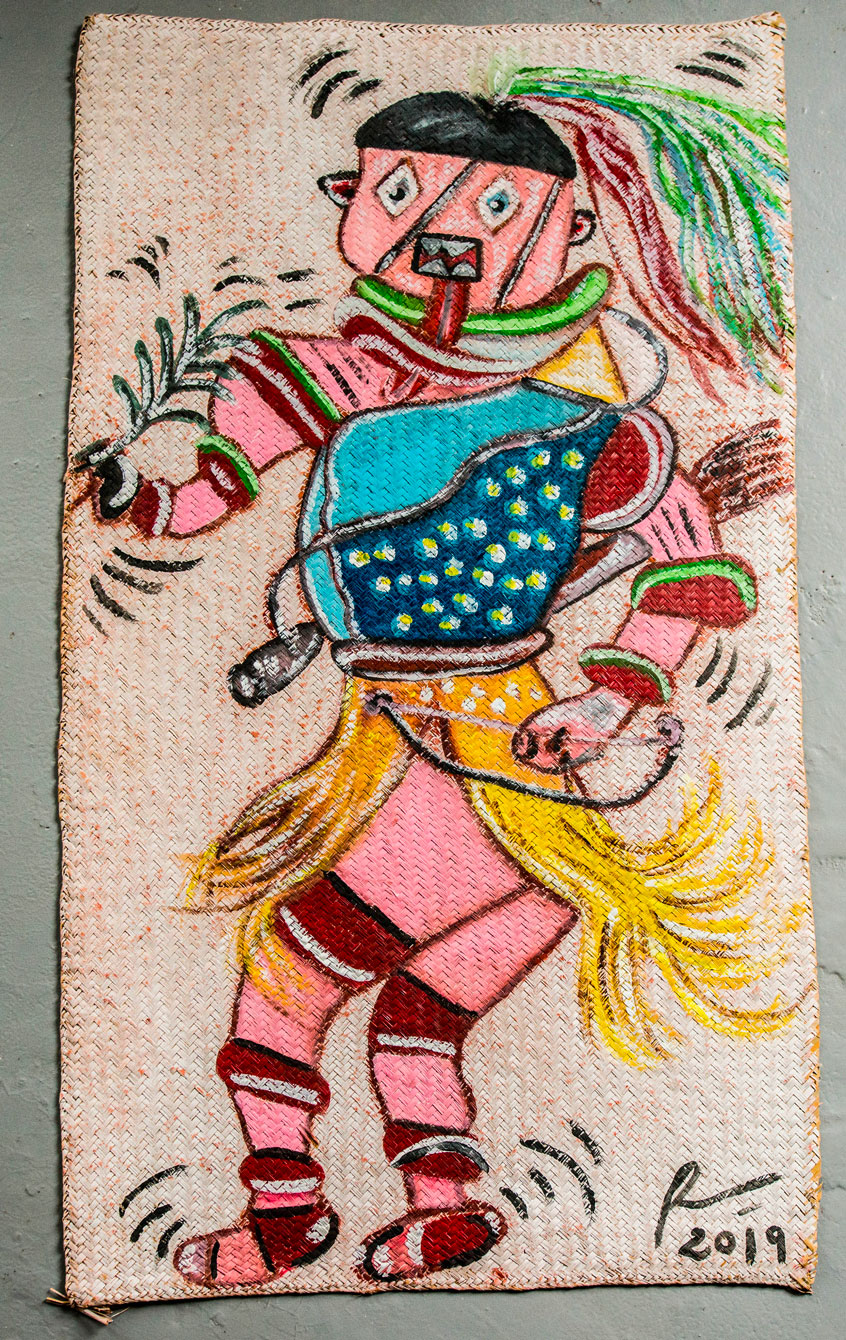
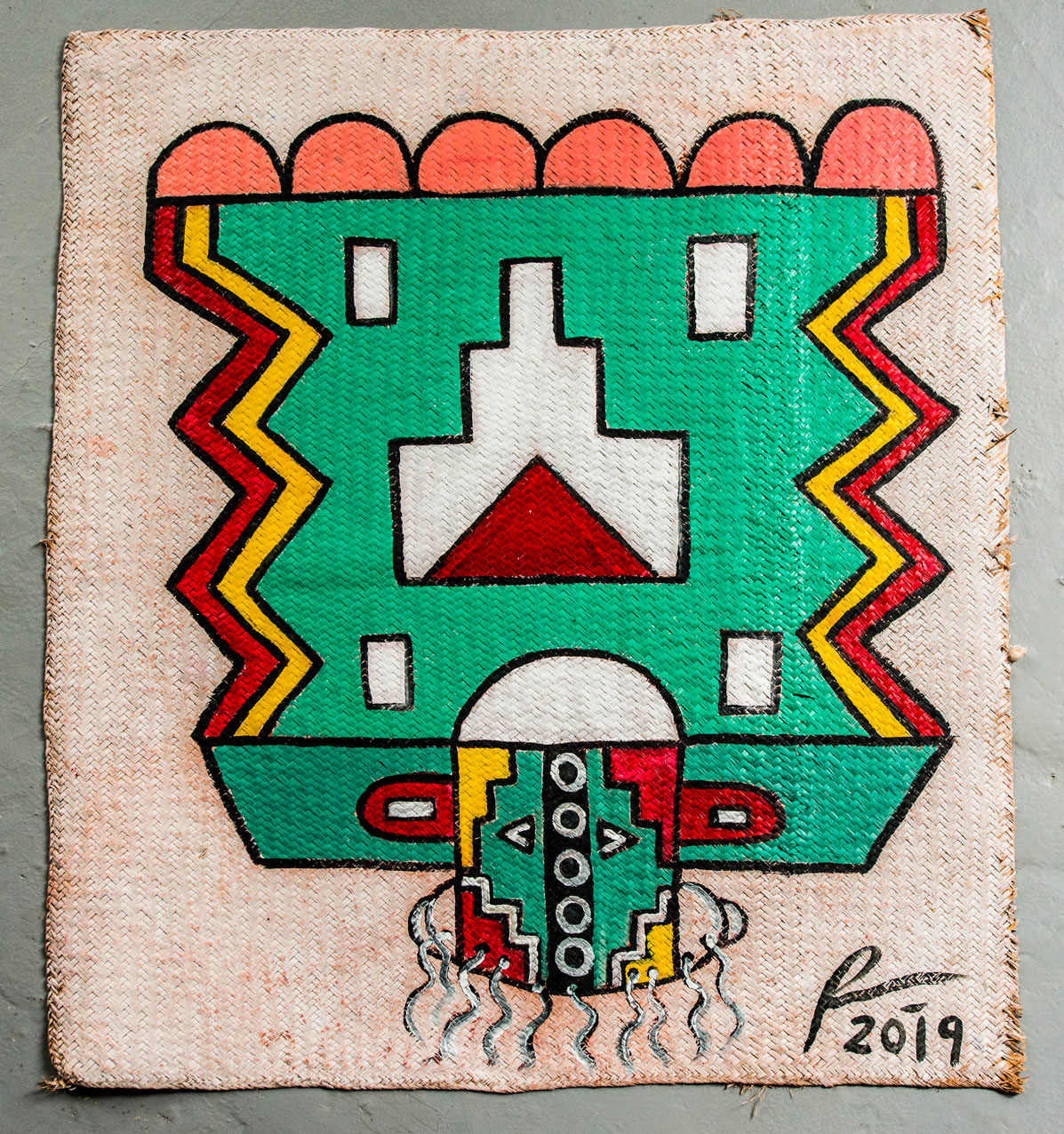
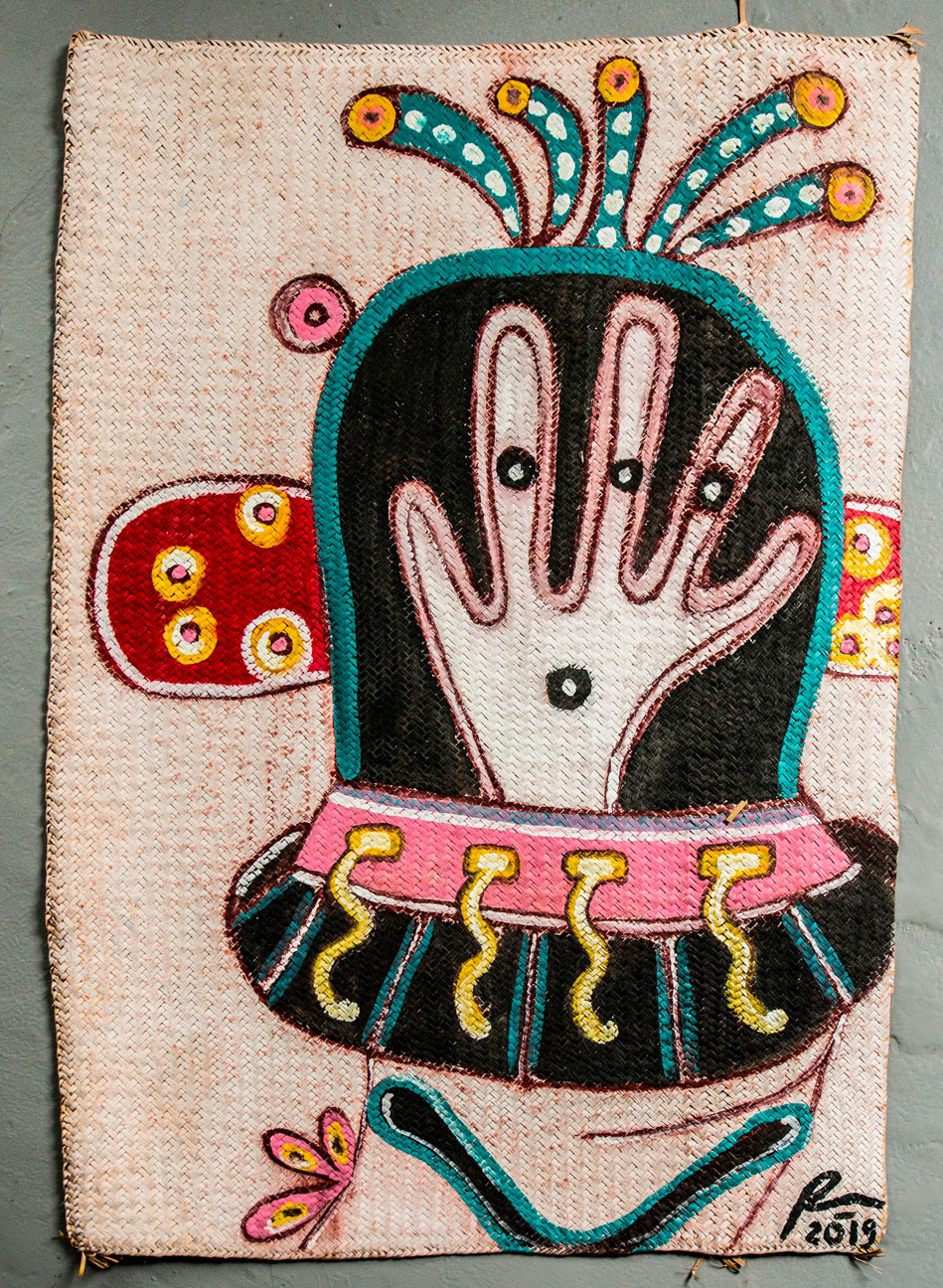
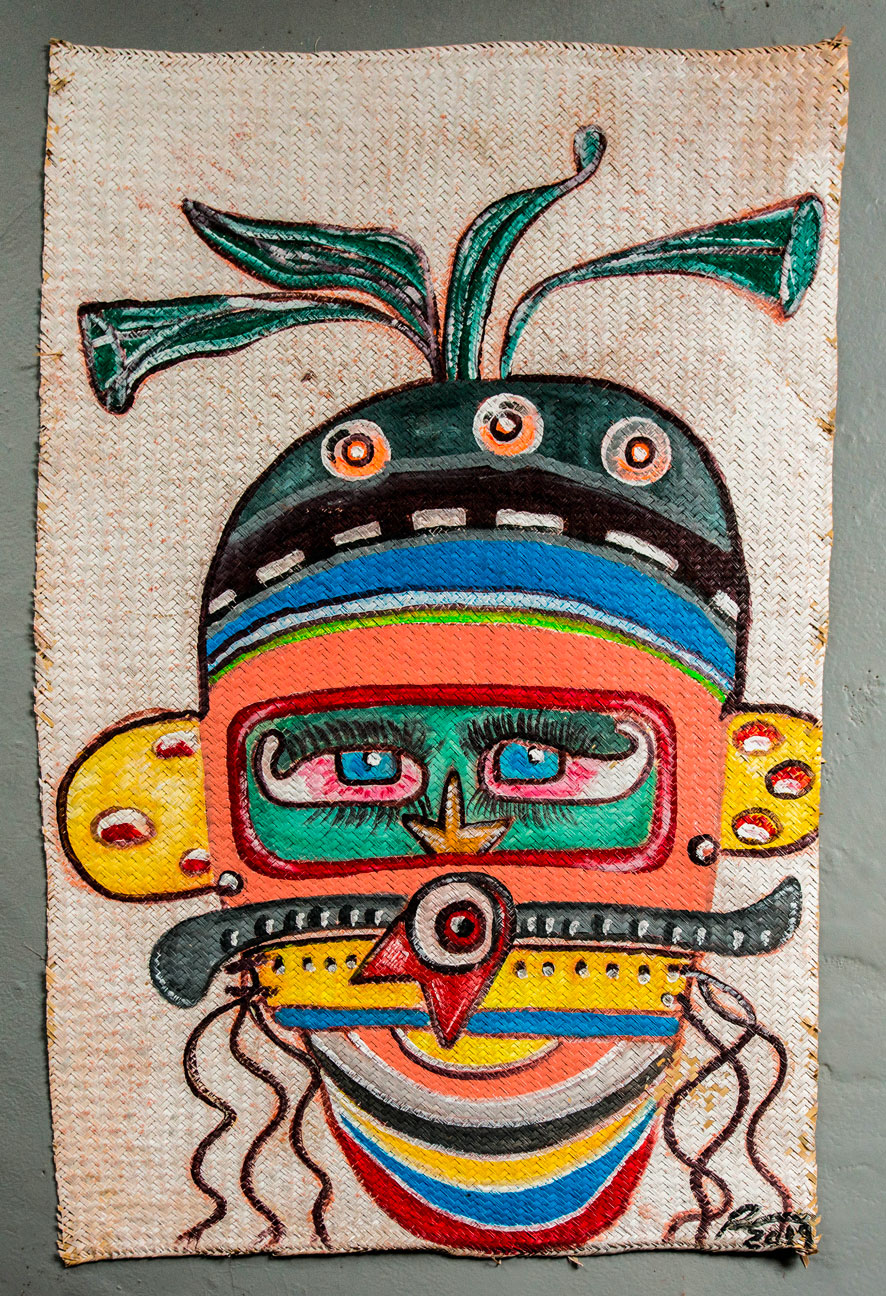
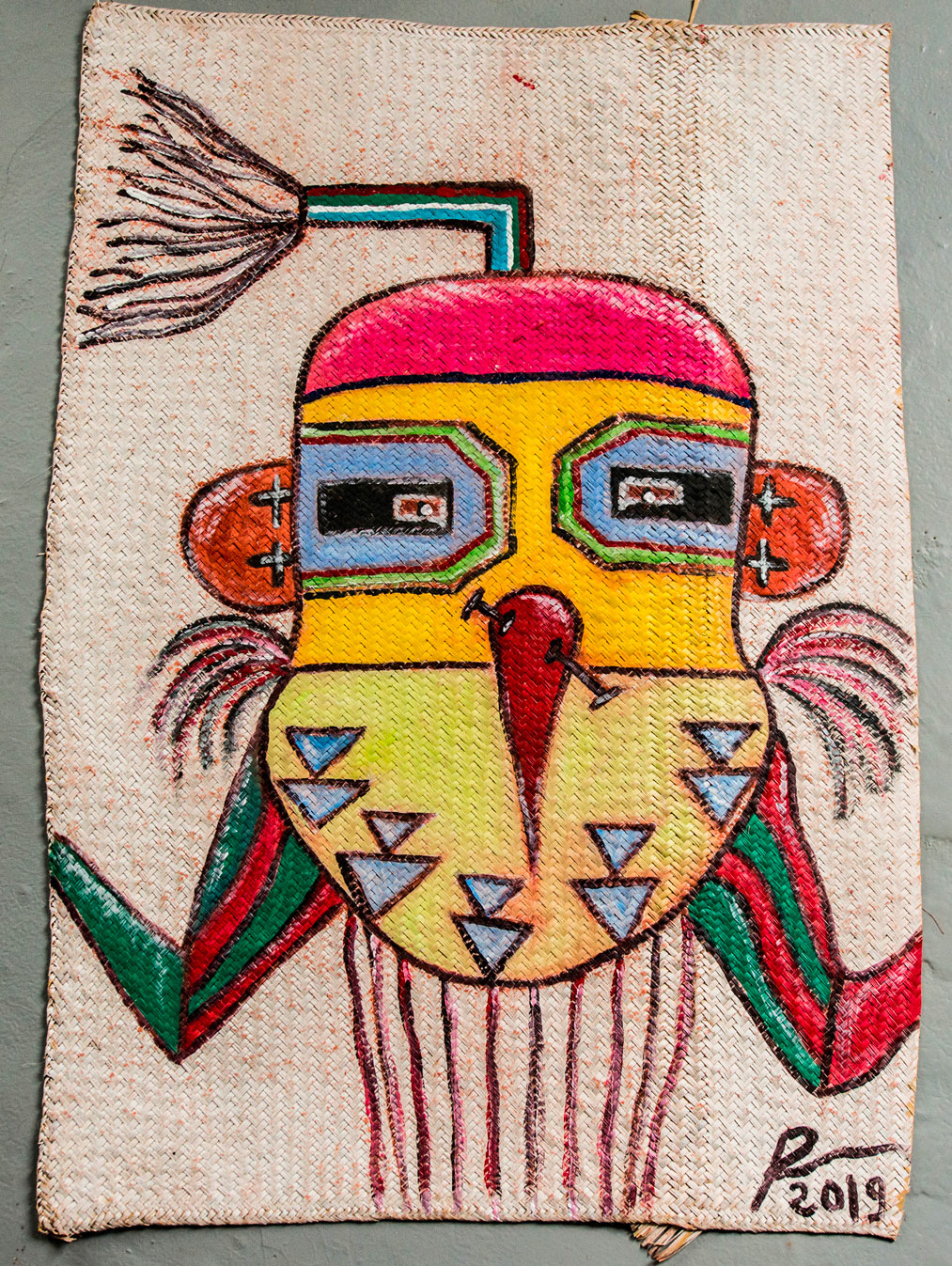
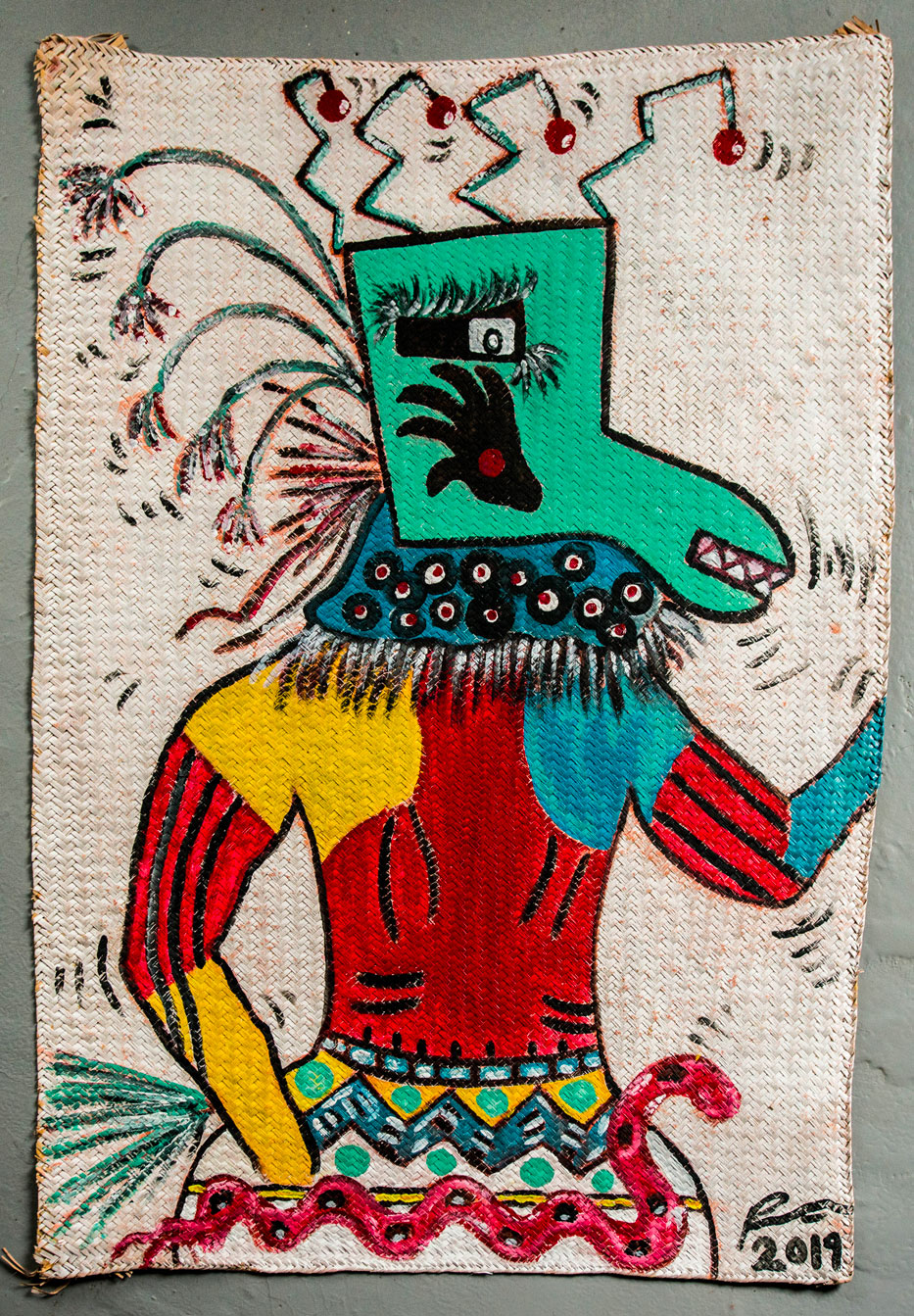
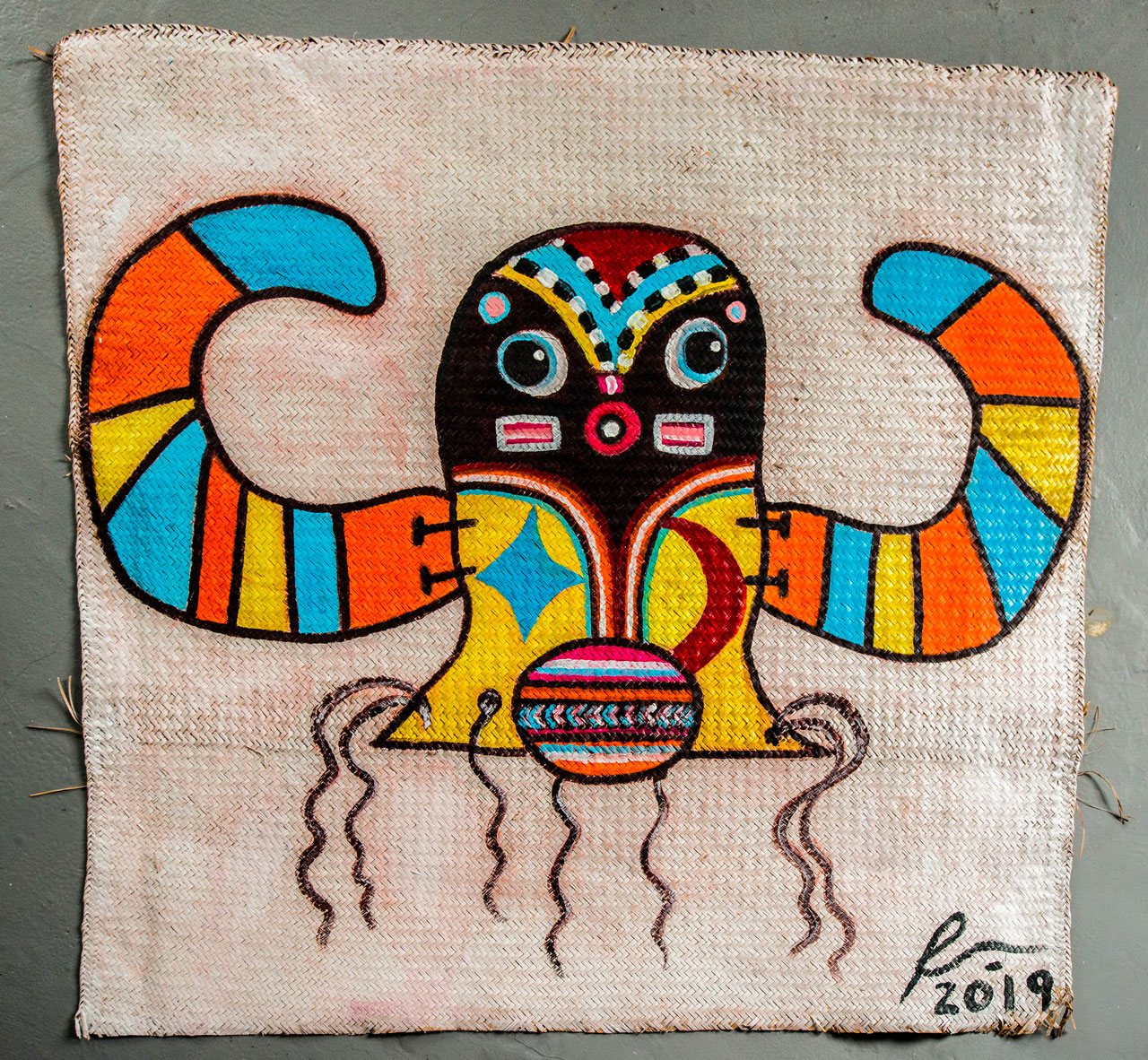
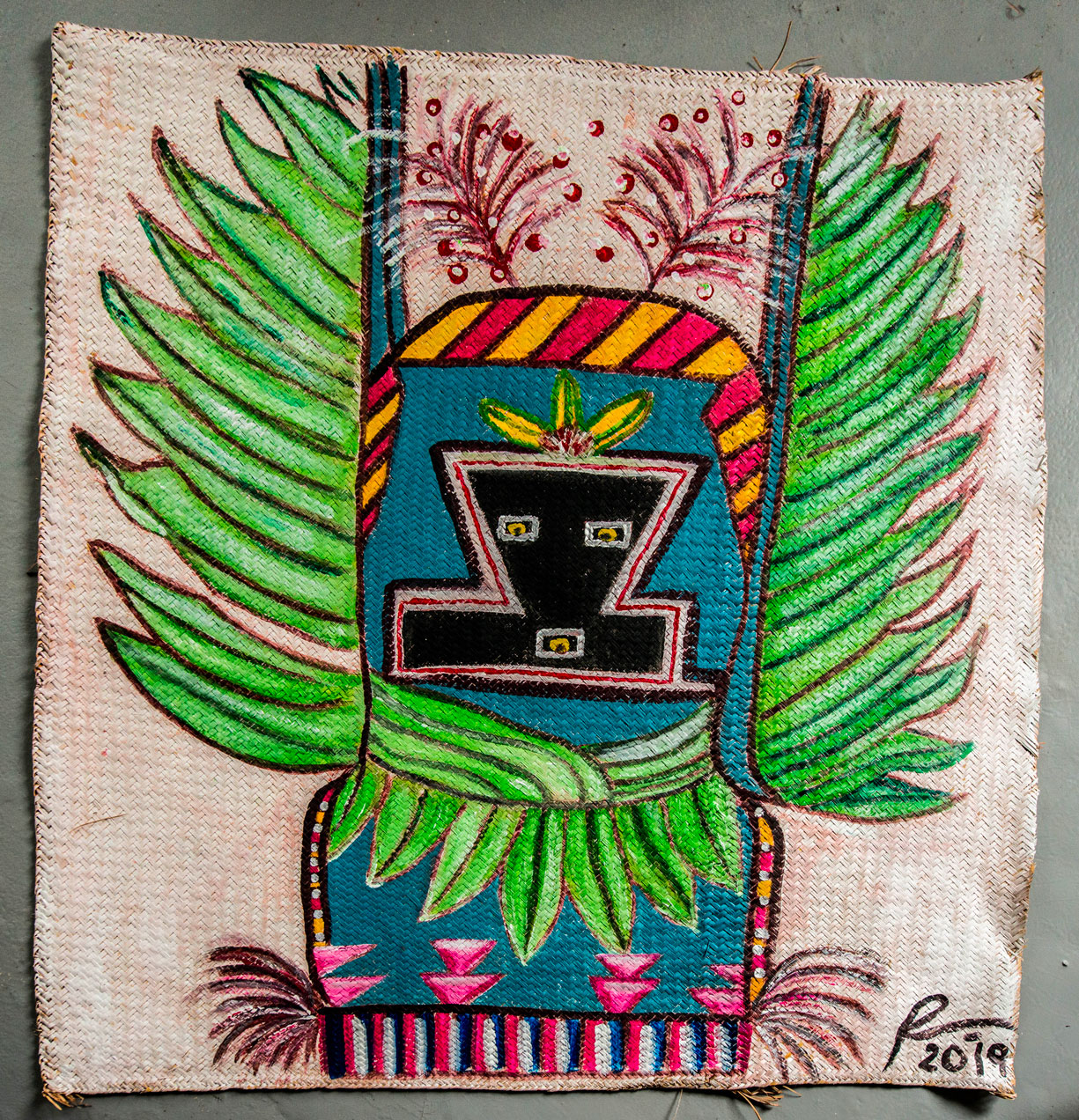
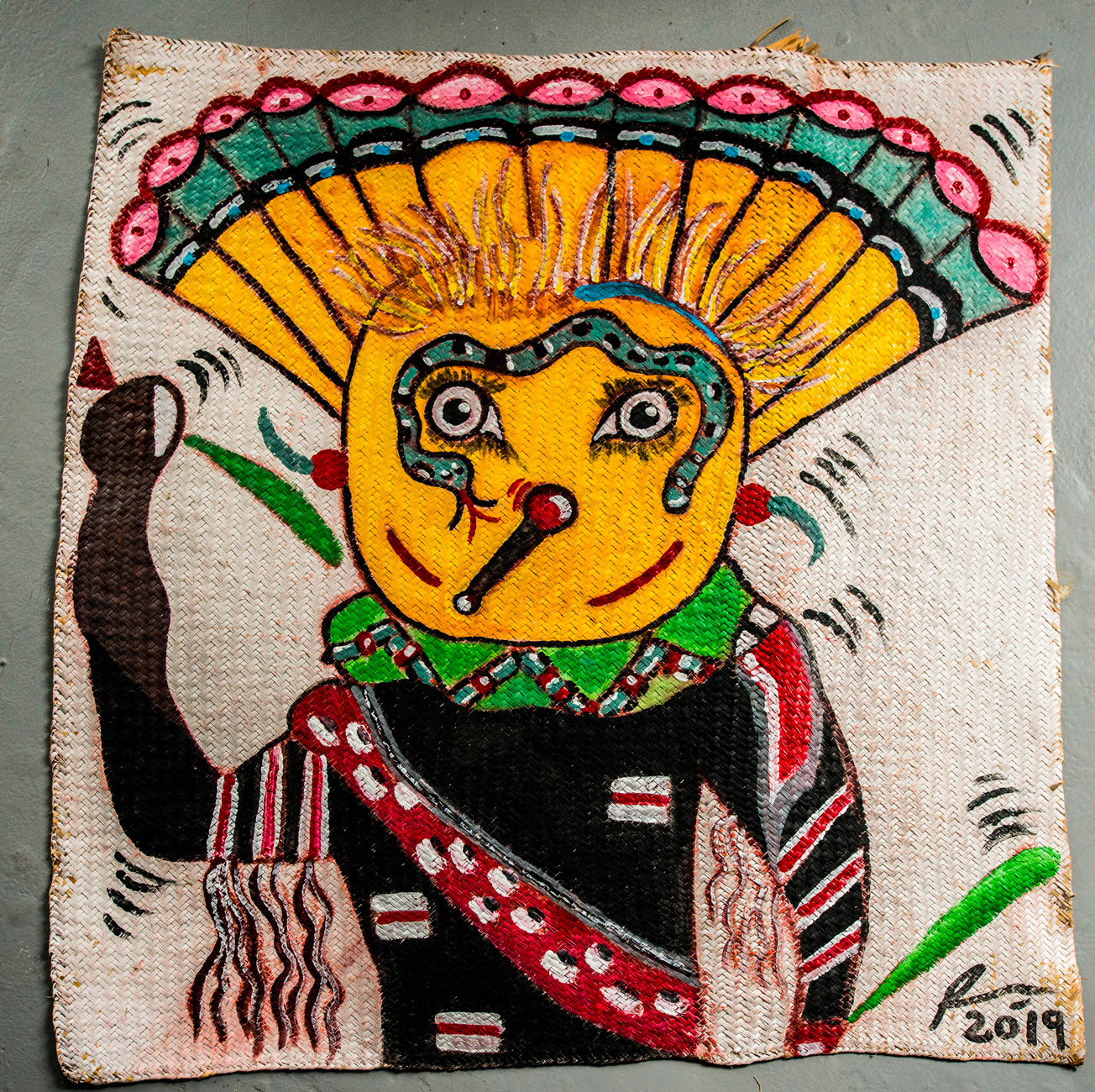
Show Details
Hopi Katsina or immortal beings in the convent of Oletta
“The paintings taken up by Candida Romero, delve directly into the symbolism of the Hopi Kachinas, by rendering them flat, painted on traditional weaved mats she collected in Central American, rather than in their three-dimensional forms as we know them, using industrial paints with little color mixing. This allows each painting to look uniquely brilliant and crisp in coloring, while reinforcing their original vocation as both objects to venerate on a specific date, as well as forms and figures to learn from awaiting the following year’s ceremonies.”
Romero’s abstraction of the Hopi figures - at times very architectural with staggered profiles and symmetrical designs, others more literal representations of animals or spirits - is appropriate today in that they were created by men, to be given to tribal girls, daughters of the village, with a dual role as both decorative and educational.
Romero’s painting begs us to question if we have taken for granted this role of transmitting knowledge, through the female line. Edward Kennard has said that the Hopi figure imagery, as taken up here by Romero, is essentially a gift and a reminder - two directions that are key to keeping any culture - any memory - alive. Thus these paintings are autobiographical as Romero takes up a personal theme of her own roots, equally literary as her previous series of paintings for which she is widely known, where memory and transmission of knowledge are key.”
—Tim Culbert
Abundance caged
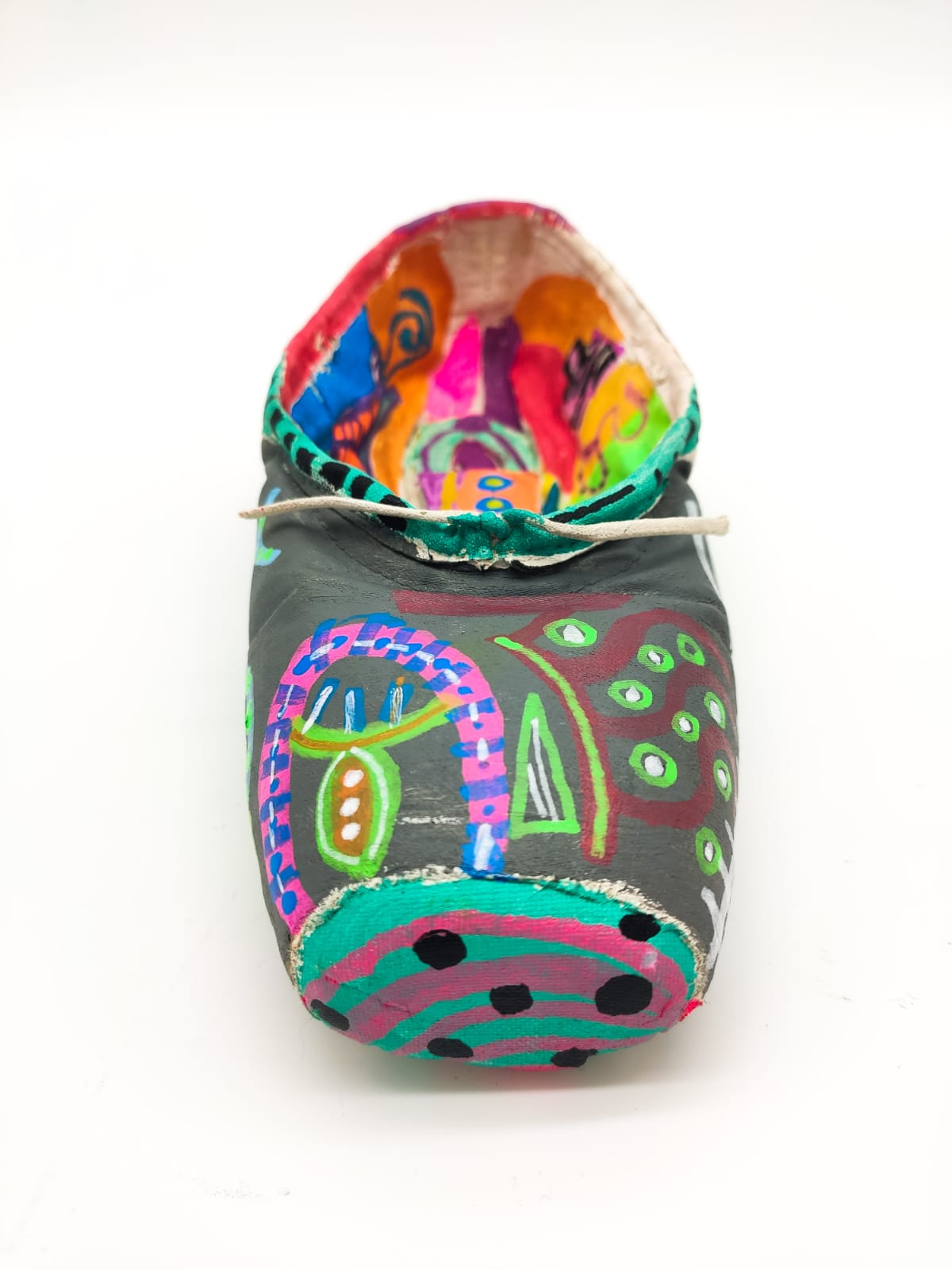
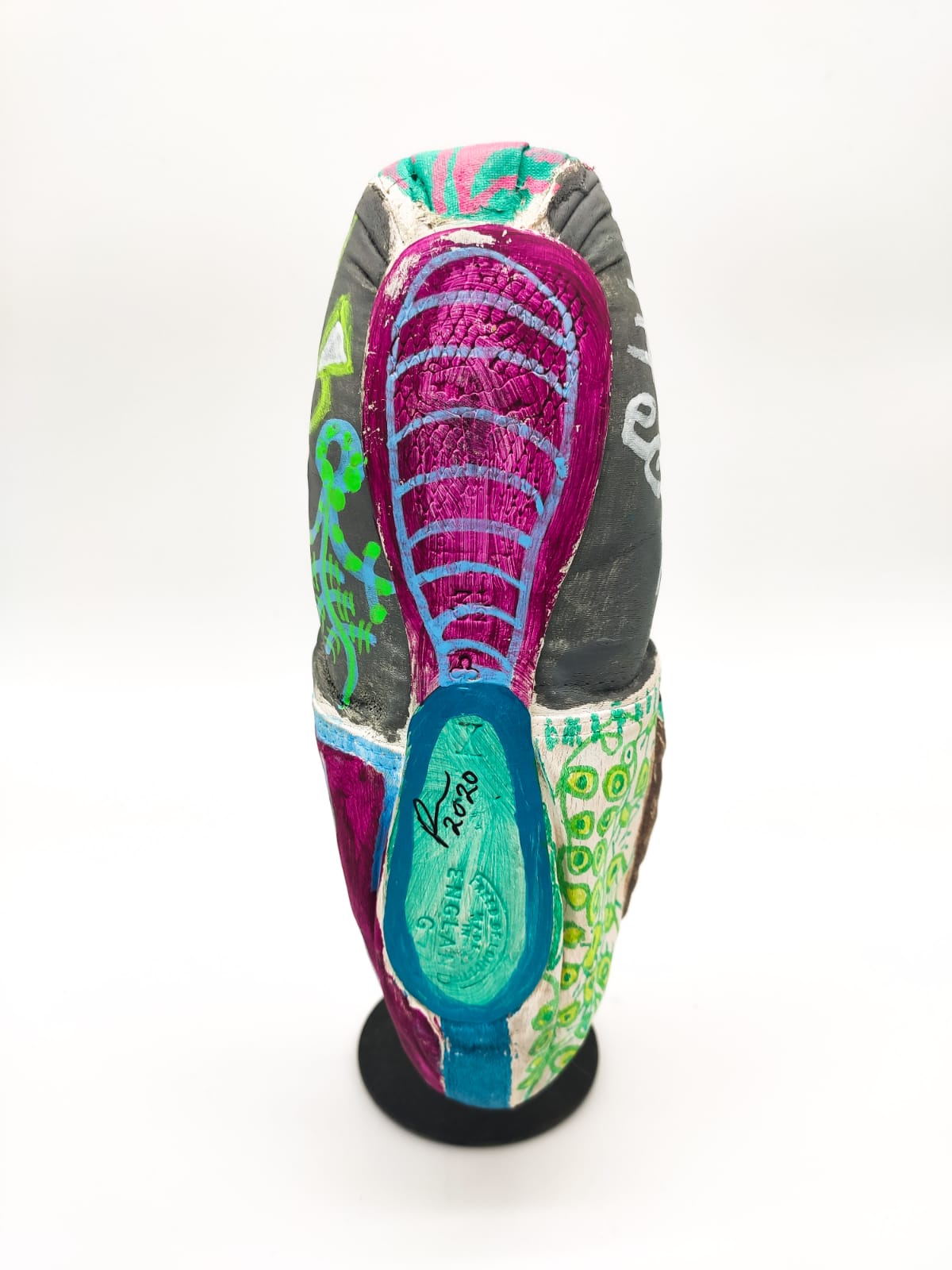
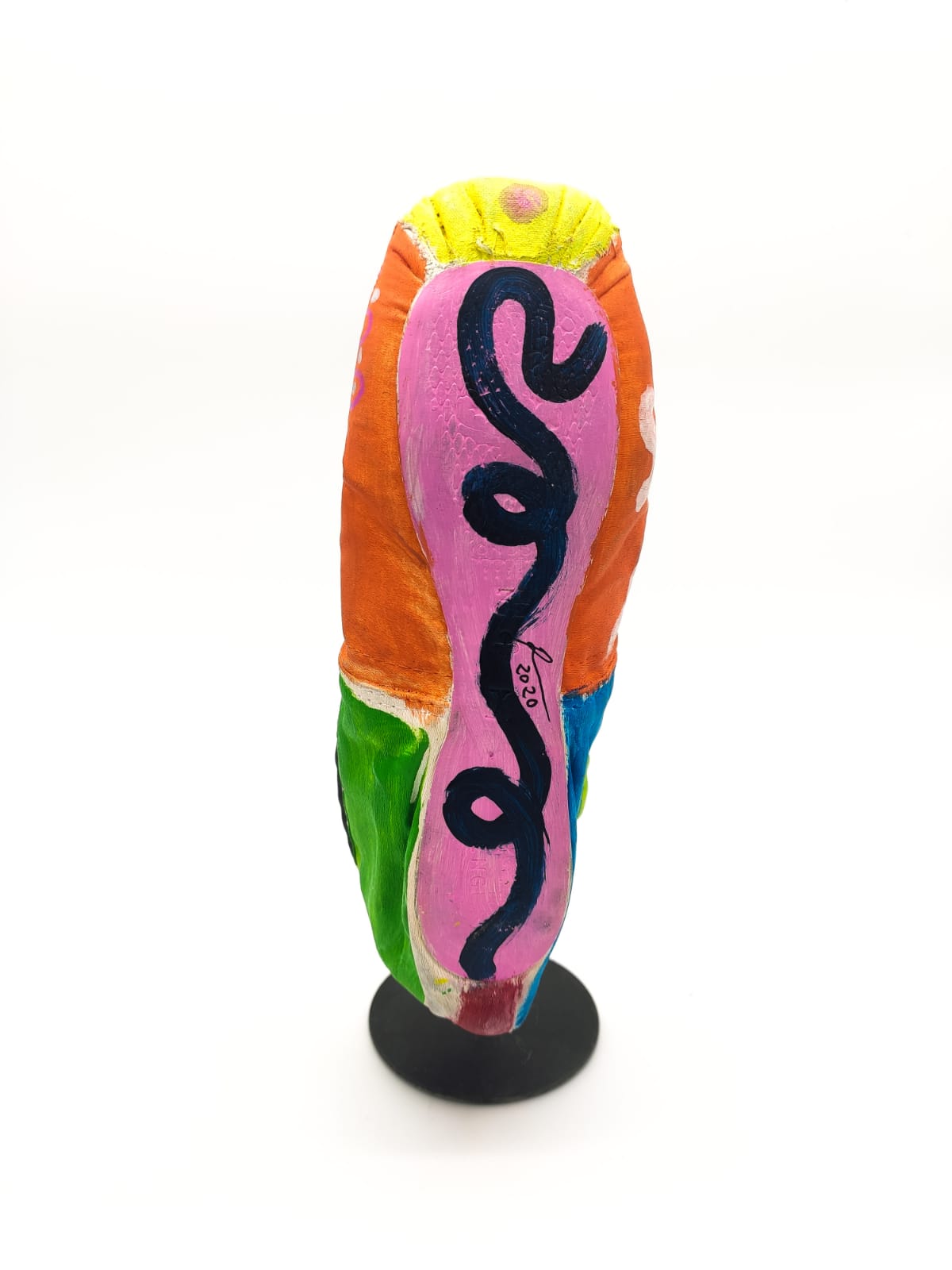
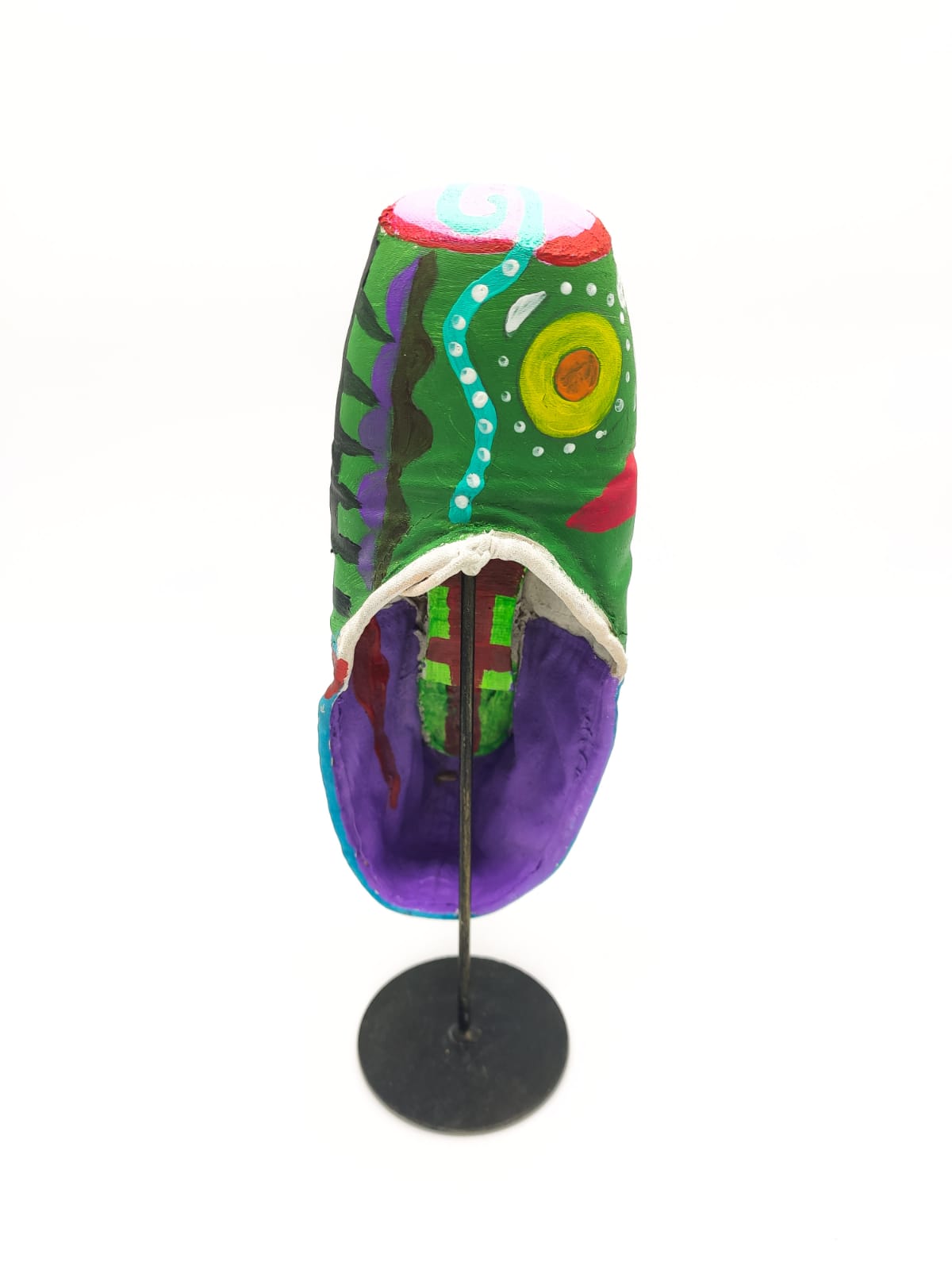
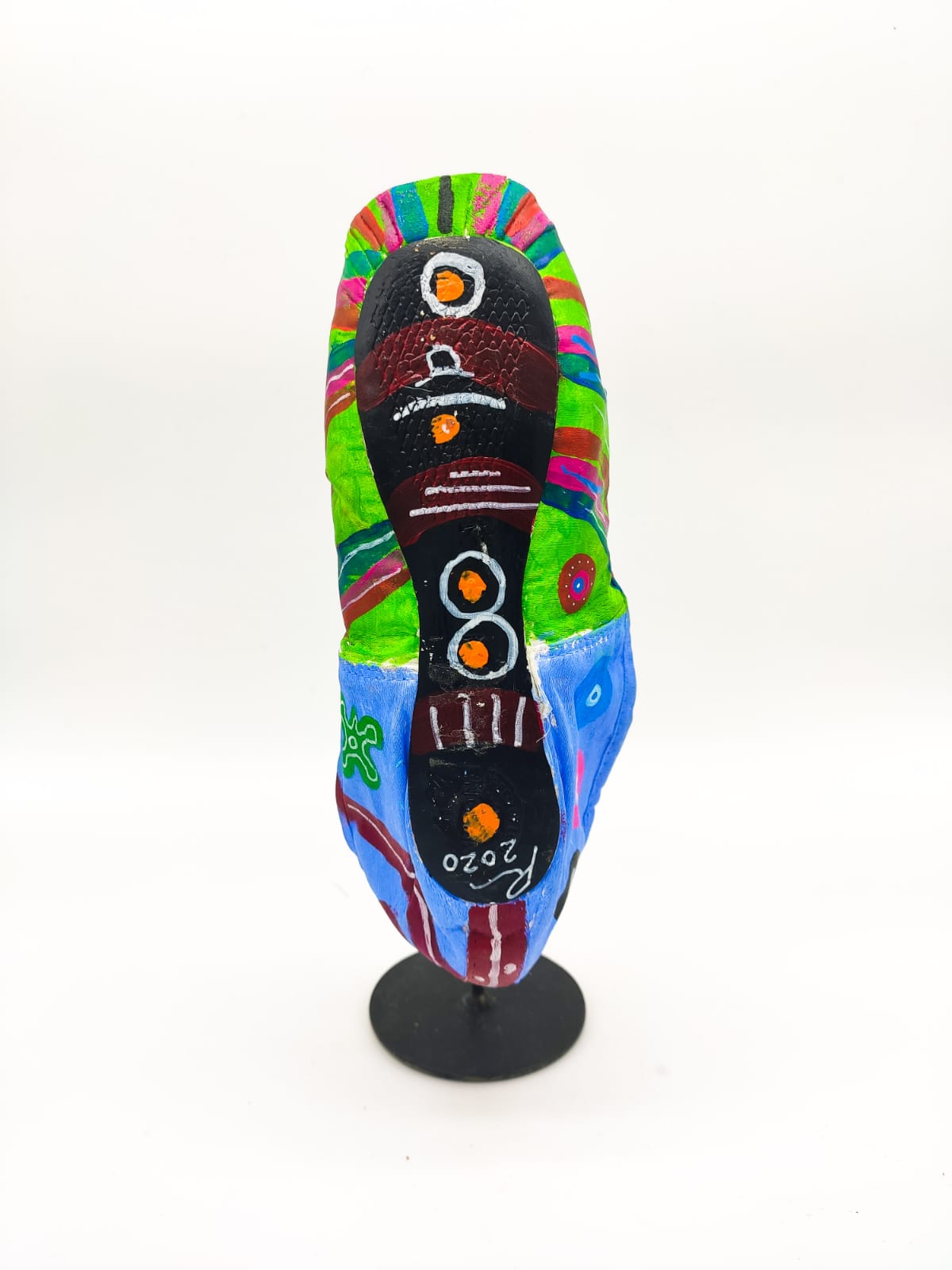
Show Details
"A photographer friend of mine had the generous idea of leaving a suitcase in the backstage area of the Opéra Garnier for me. At each performance, the greatest dancers in the world would happily throw their pointe shoes into it, such priceless treasures! Intuitively I saw them equally as symbols as artifacts to paint on.
Like the African masks that come to life when they have "danced", these slippers still vibrate with their movements, symbolising the strength, nobility and creative energy of dance at its highest level. It is with this spirit in mind that I took the liberty to embellish them with my own jaunty handwriting and markings.”
—Candida Romero
Acrylic on ballet point slippers having danced at the Opéra Garnier, 2013.
Ombres et Lumières
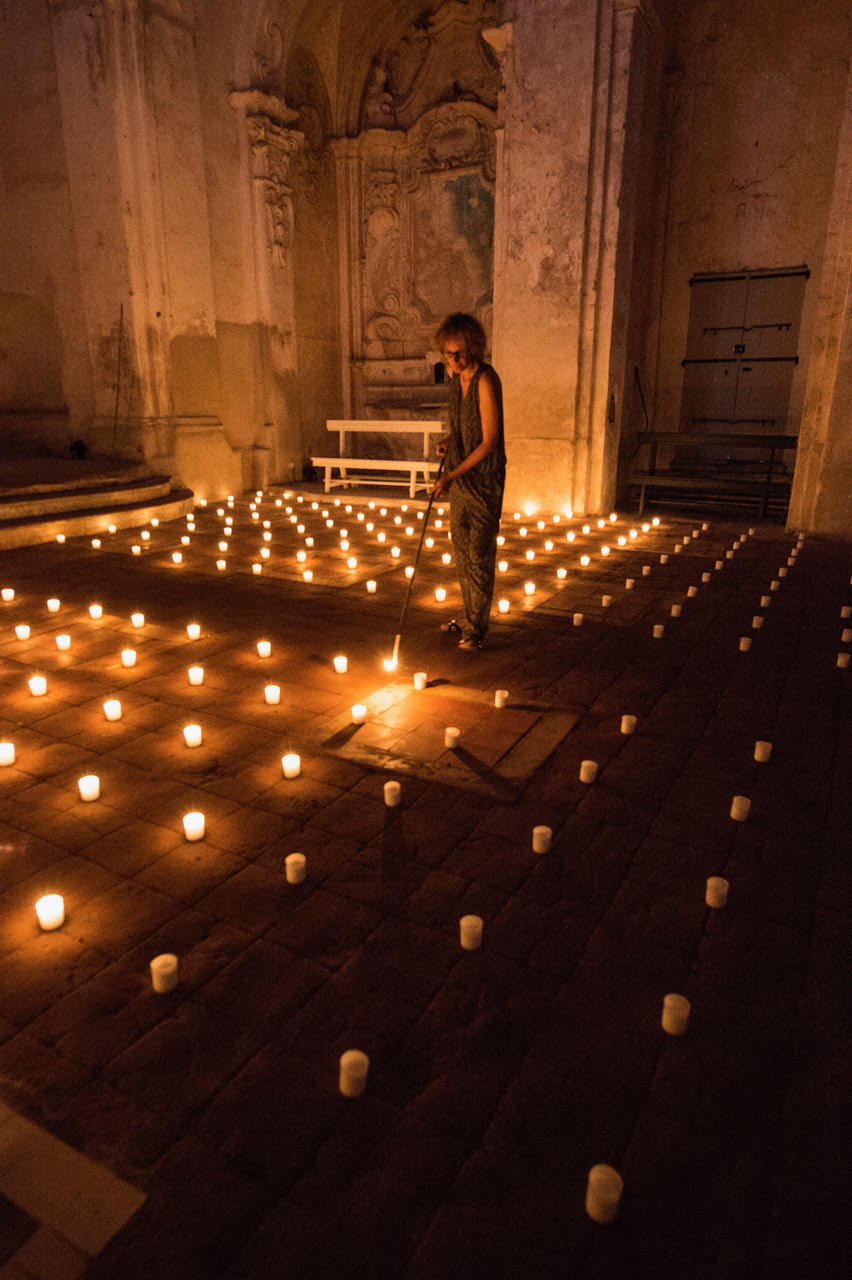
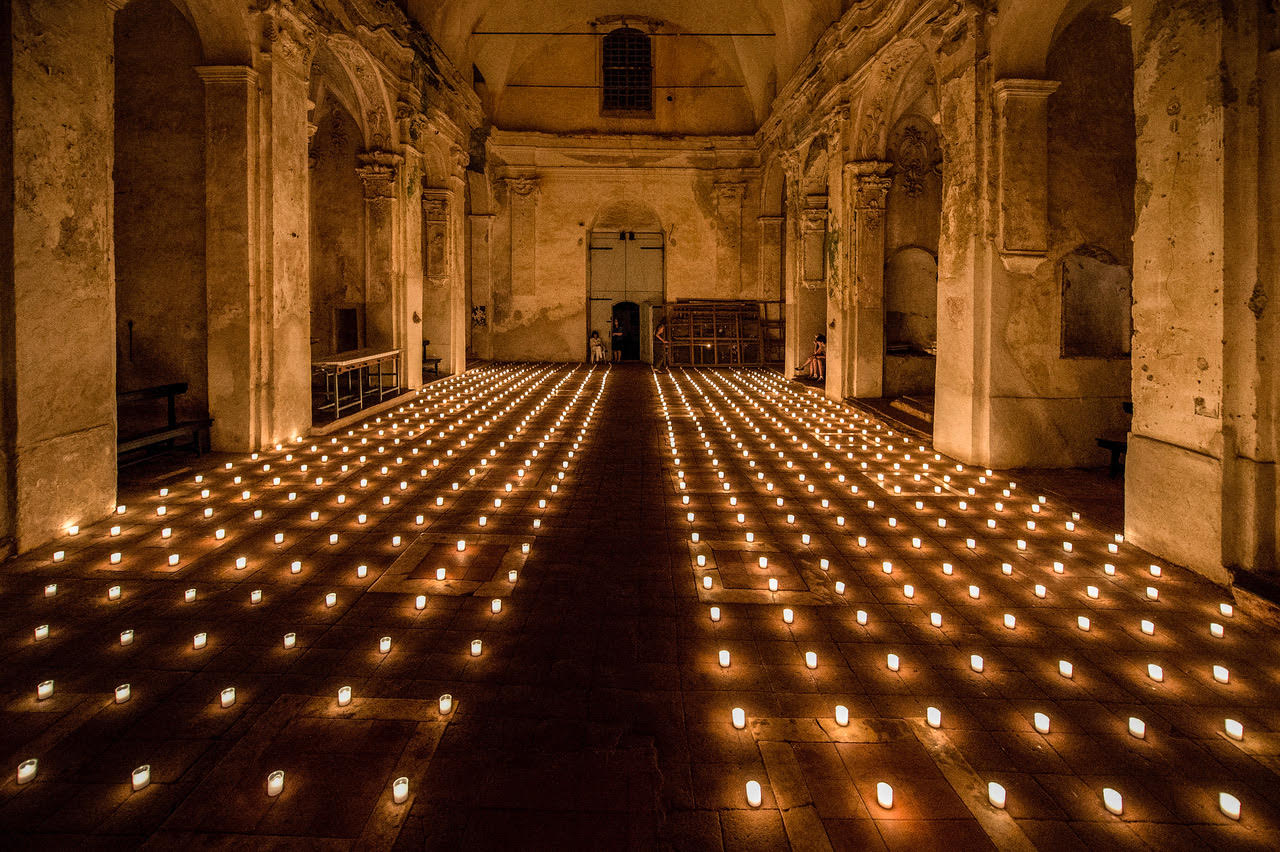
Show Details
“When I got there, behind the hills of Oletta, near the village of Saint Florent - Candida tells me - I felt so many things. I was definitely in Corsica, in the convent, but I could have been in the castle in Cocteau’s Beauty and the Beast or in a study for an abandoned presbytery from a book by Stendhal. There was a Bramante quality, those poetic ruins.
What did she find in the convent of Saint-François? A 17th century church in Italian baroque style, despite the 13th century foundations. And a statue of Saint-François, with its head fallen off. She has added multitudes of saints since then. And a magnificent chuch, whose foundations she unearthed.
This is a woman in constant evolution, an artist, independent. Romero recently worked with Paolo Roversi on a personal project: giant photos, in which she posed nude in her convent, her church. Ivy covering her body and the images. A return to the roots.”
—Patrice Paineau